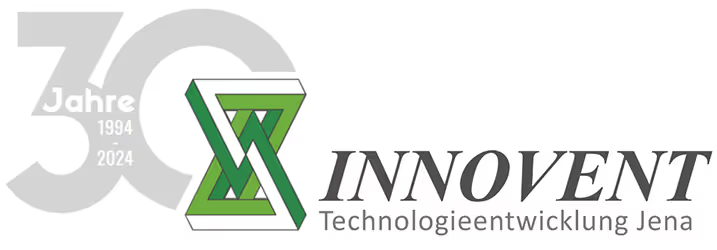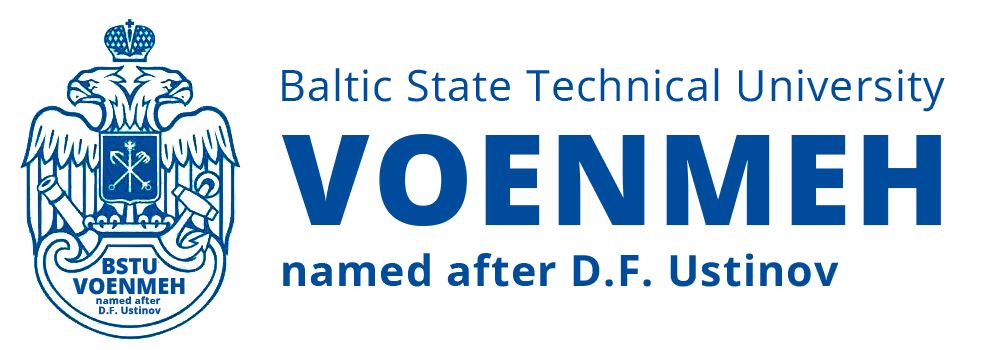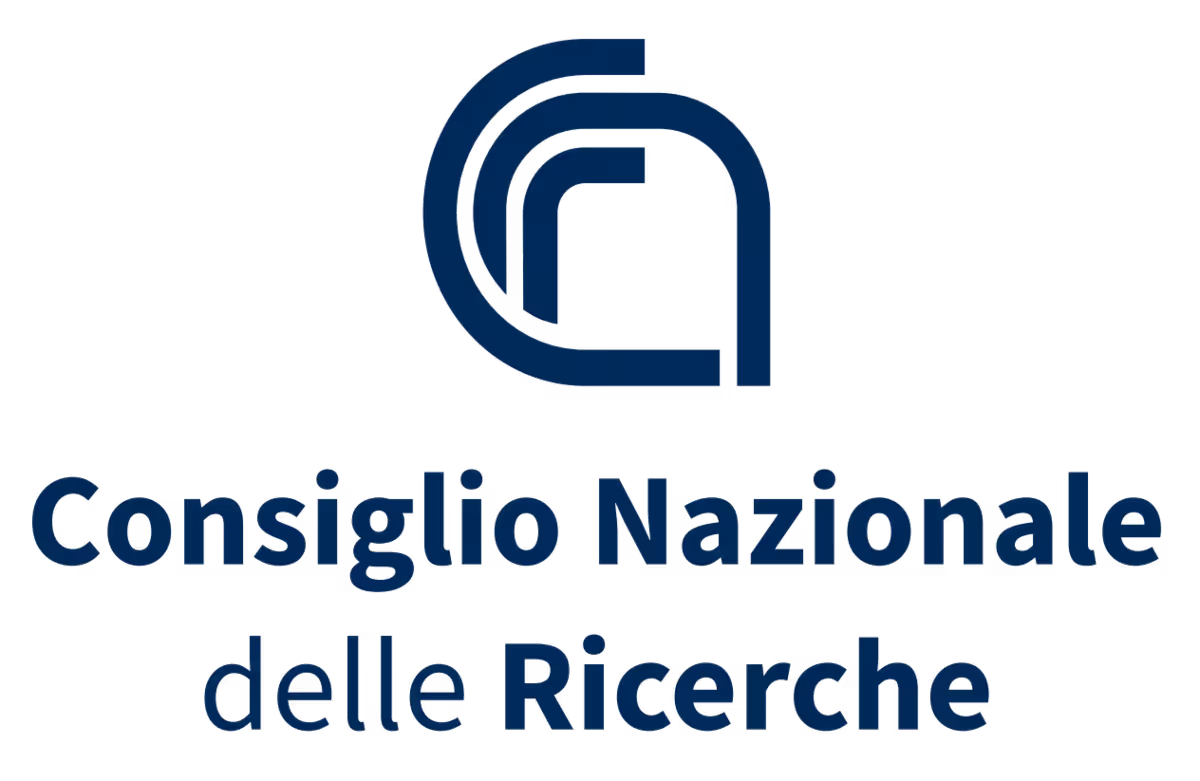Research
Research for more efficient technologies
We are the first point of contact for the development of new, innovative methods.
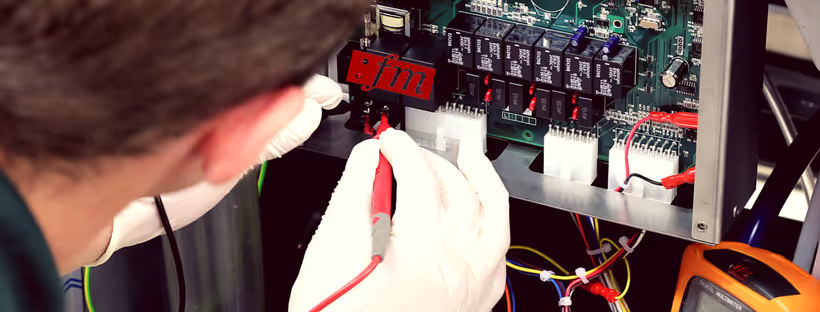
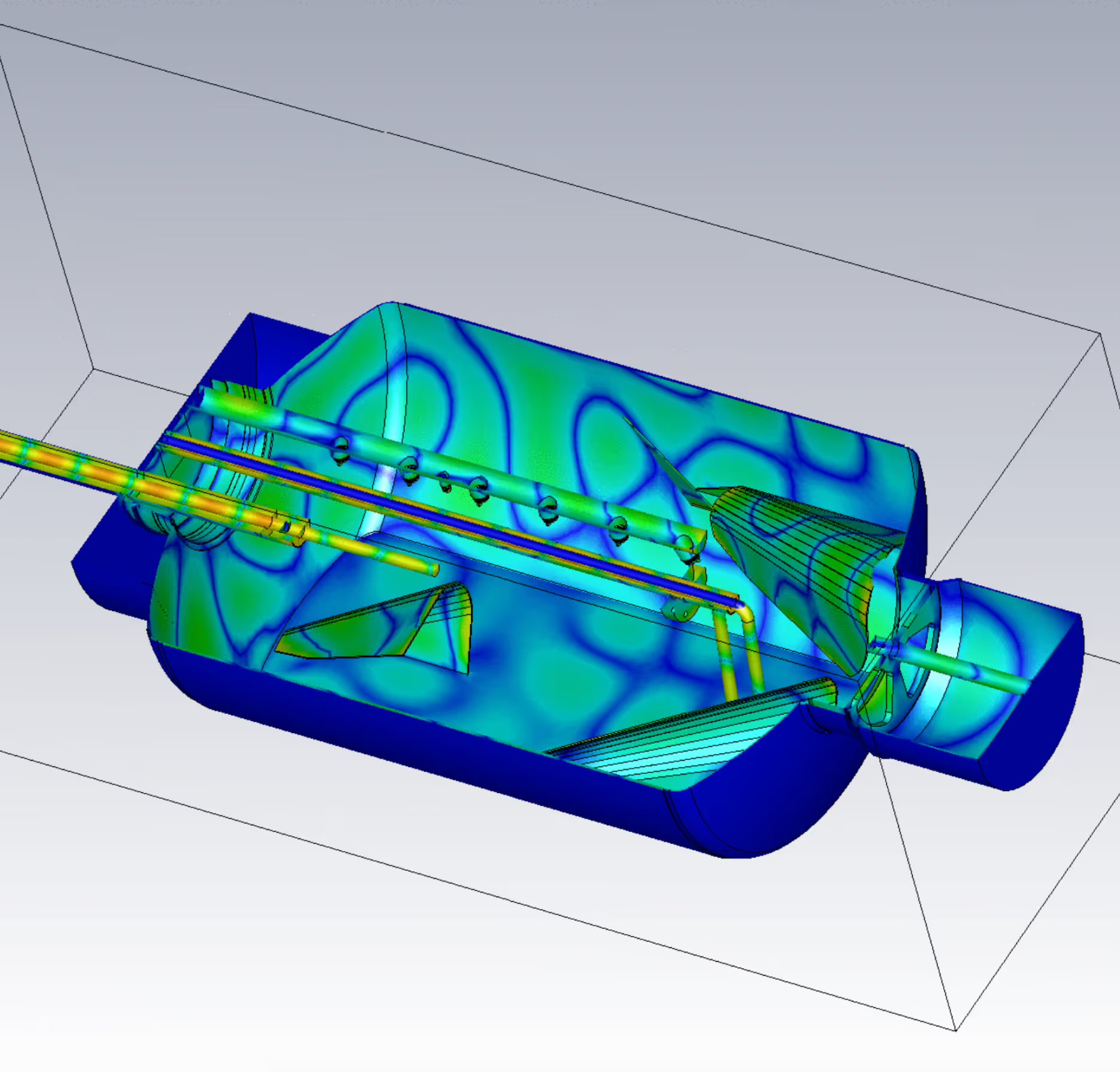
Physical simulation for predictable success in your projects
Fricke und Mallah Microwave Technology GmbH is the first port of call for the development of new, innovative processes. This is recognized in industrial and scientific research. Our services include process analysis and consulting. An important part of this is the well-founded and realistic physical simulations, which ensure that customer and research projects can be planned for success. This saves time and resources.
A selection of our research projects
Get an overview of some of the research projects we have been involved in.
CirProtech
Circular Production Polymer Technologies
2025
-
2030
BMBF

METAWAVE
High-temperature heating processes with breakthrough microwave and digital technologies for increased energy efficiency
2024
-
2028
EU

Flexby
Flexible and advanced Biofuel technology through an innovative microwave pYrolysis & hydrogen-free hydrodeoxygenation processList
2024
-
2027
EU

Hybrid-FIRE
Hybrid furnace process for high-temperature technologies for the thermal treatment of inorganic materials
2023
-
2027
BMWK

CITADEL
Substitution of fossil Combustion in Industrial high- Temperature processes by ADvanced ELectrical and plasma heating technologies
2023
-
2027
EU

RE_SORT
Pyrolysis of thick-walled fiber composites as a key innovation in the recycling process for wind turbine rotor blades
2023
-
2026
BMWK

WOPOREX
Process for the continuous production of biopolymer monomers by integration of microwave radiation
2022
-
2025
BMBF

HyFiVe
High-volume variant production of plastic-metal hybrid components
2020
-
2024
BMBF

GreenFront
Sustainable façade elements made of wood foam and textile concrete
2020
-
2023
BMBF

ReOrgAL
Increasing the energy and resource efficiency of recycling organically contaminated aluminum scrap
2019
-
2022
BMWE

NEWWAVE
Heating and drying processes for food using microwave technology
2018
-
2021
BMEL

SuperCarbon
Carbonfaservliese mit hierarchischer Oberflächenporosität und erhöhter Energiedichte für Superkondensatorelektroden
2017
-
2021
BMBF

HIRSys
Intelligent high-frequency sensor systems for industrial food production
2017
-
2020
BMBF

NanoWave
Microwave curing of insulating and potting materials for electronic assemblies
-

PhotoRec
Recovery of rare strategic metals from EOL thin-film PV modules
2012
-
2015
BMBF

CLEAN-HEAT
A highly efficient, intelligent industrial microwave heating system based on high-performance solid state technology
-

SULFREE
Microwave pyrolysis for the recycling of used tires
2013
-
2016
EU

DEMETO
Modulare, skalierbare und leistungsstarke Depolymerisation mittels Mikrowellentechnologie
2017
-
2021
EU
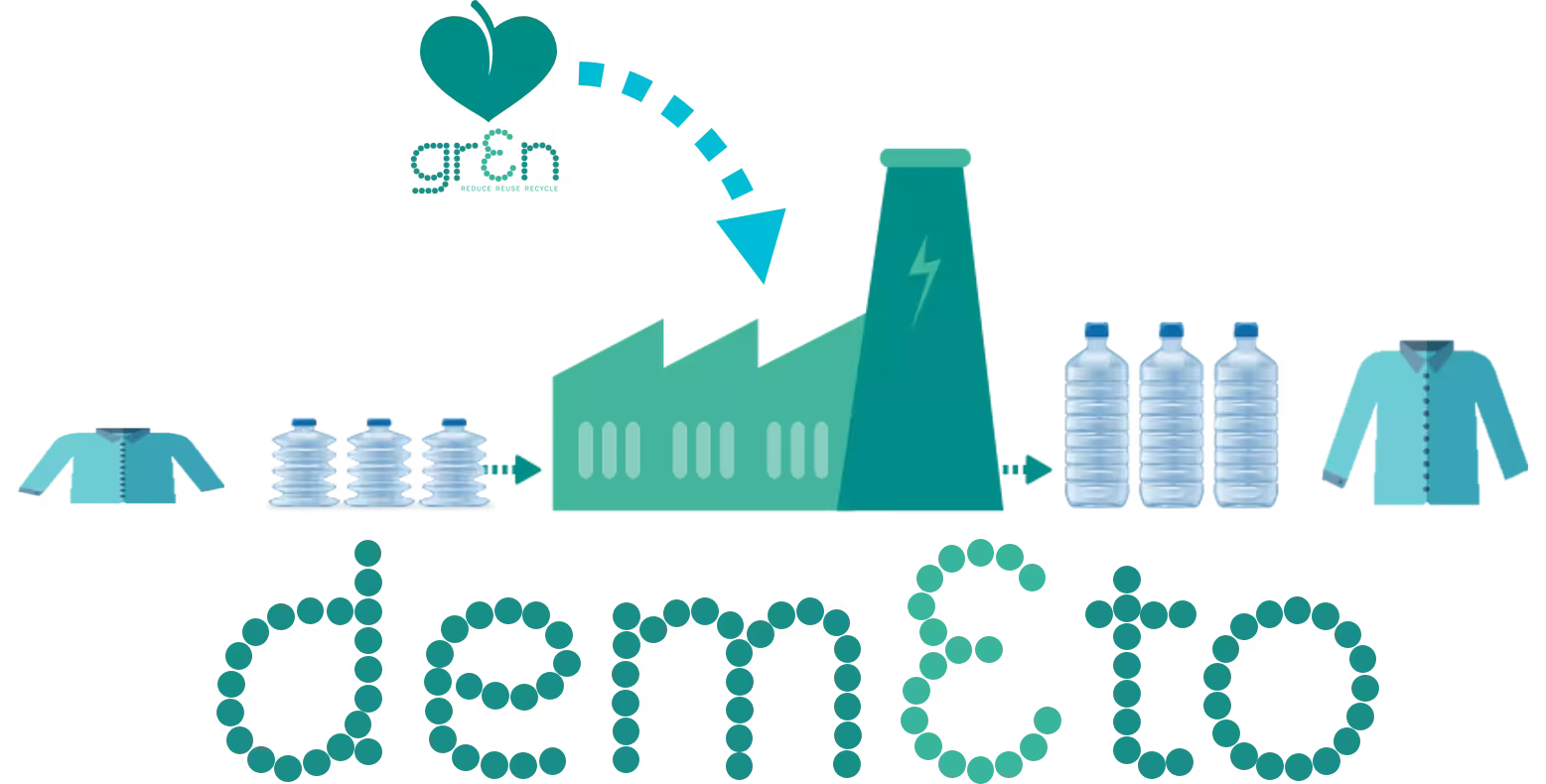
polynSPIRE
Chemical recycling of plastic waste
2017
-
2021
EU
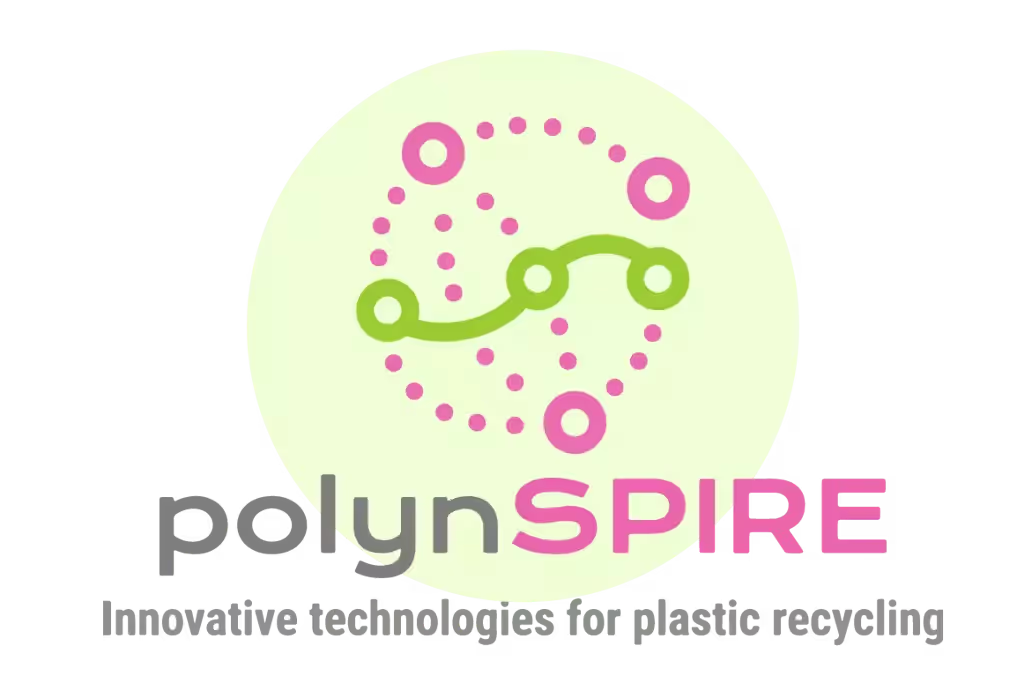
CEM-WAVE
High-performance materials pave the way for clean production
-

Our partners from the world of science
We work together with numerous partners from the world of science, with whom we implement innovative projects.
Our EU research partners
An overview of our EU research partners with whom we realize great projects.
Have we convinced you?
Get in touch with our team in just a few simple clicks through our website! Our experts will contact you as soon as possible.
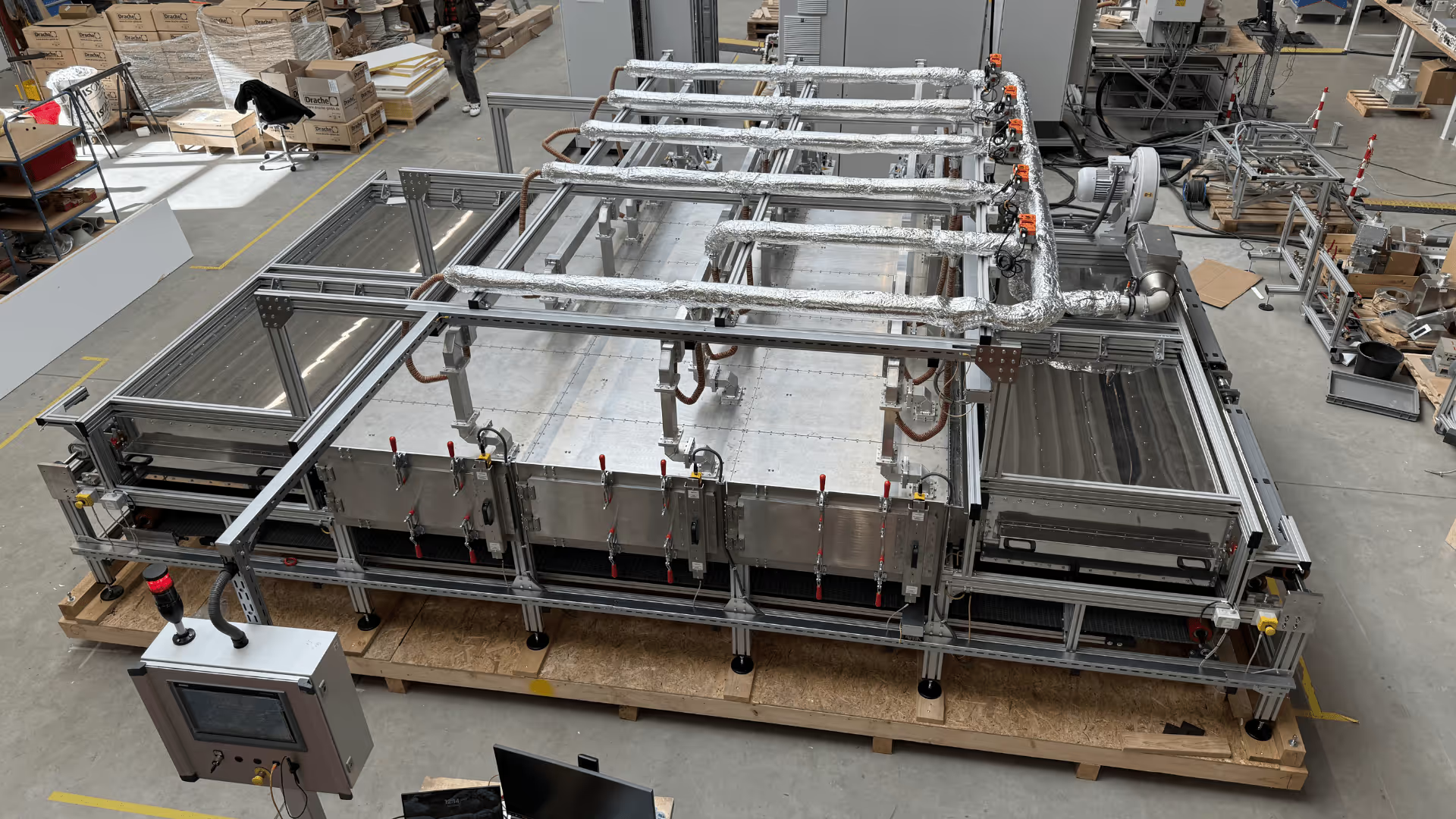



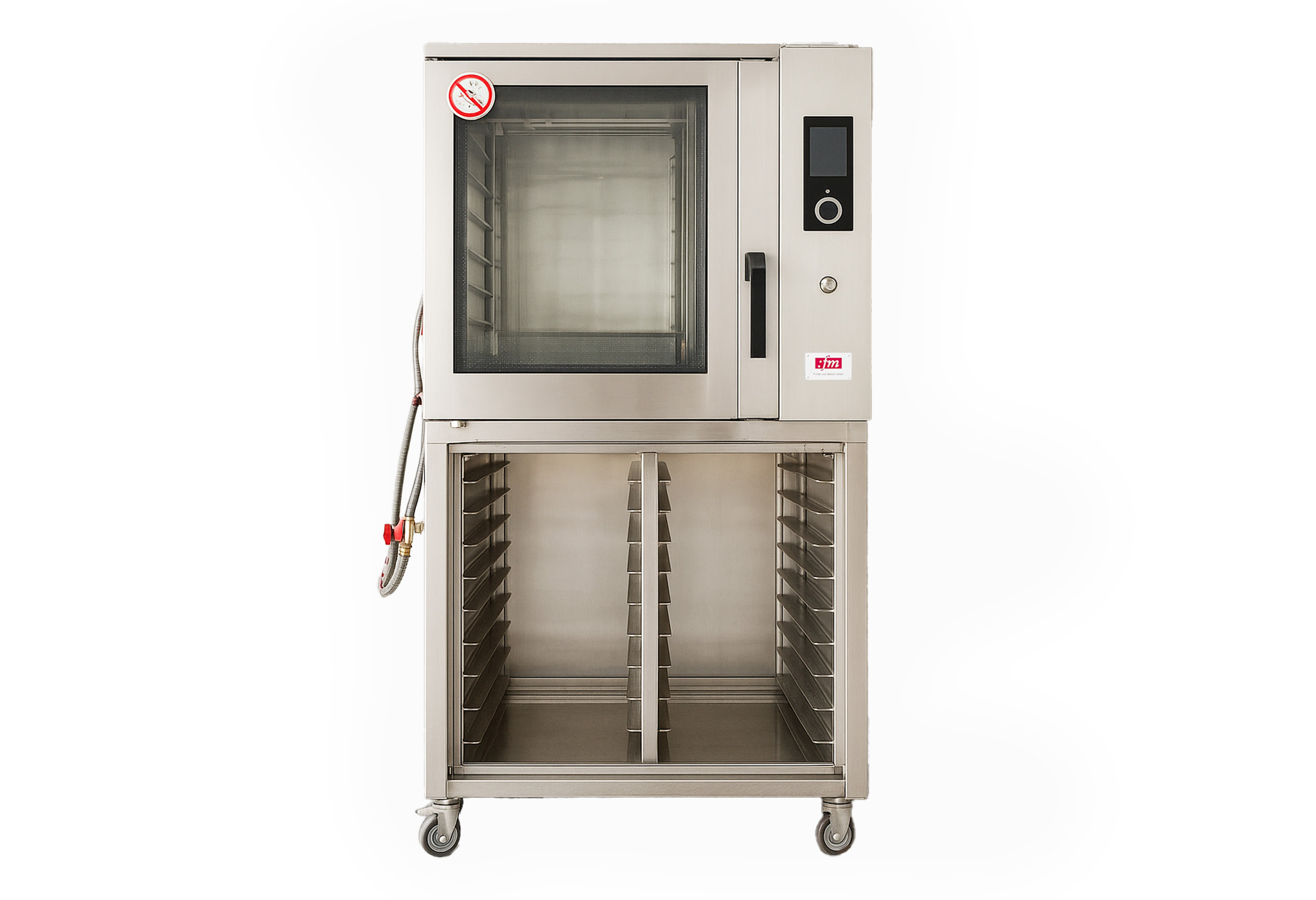
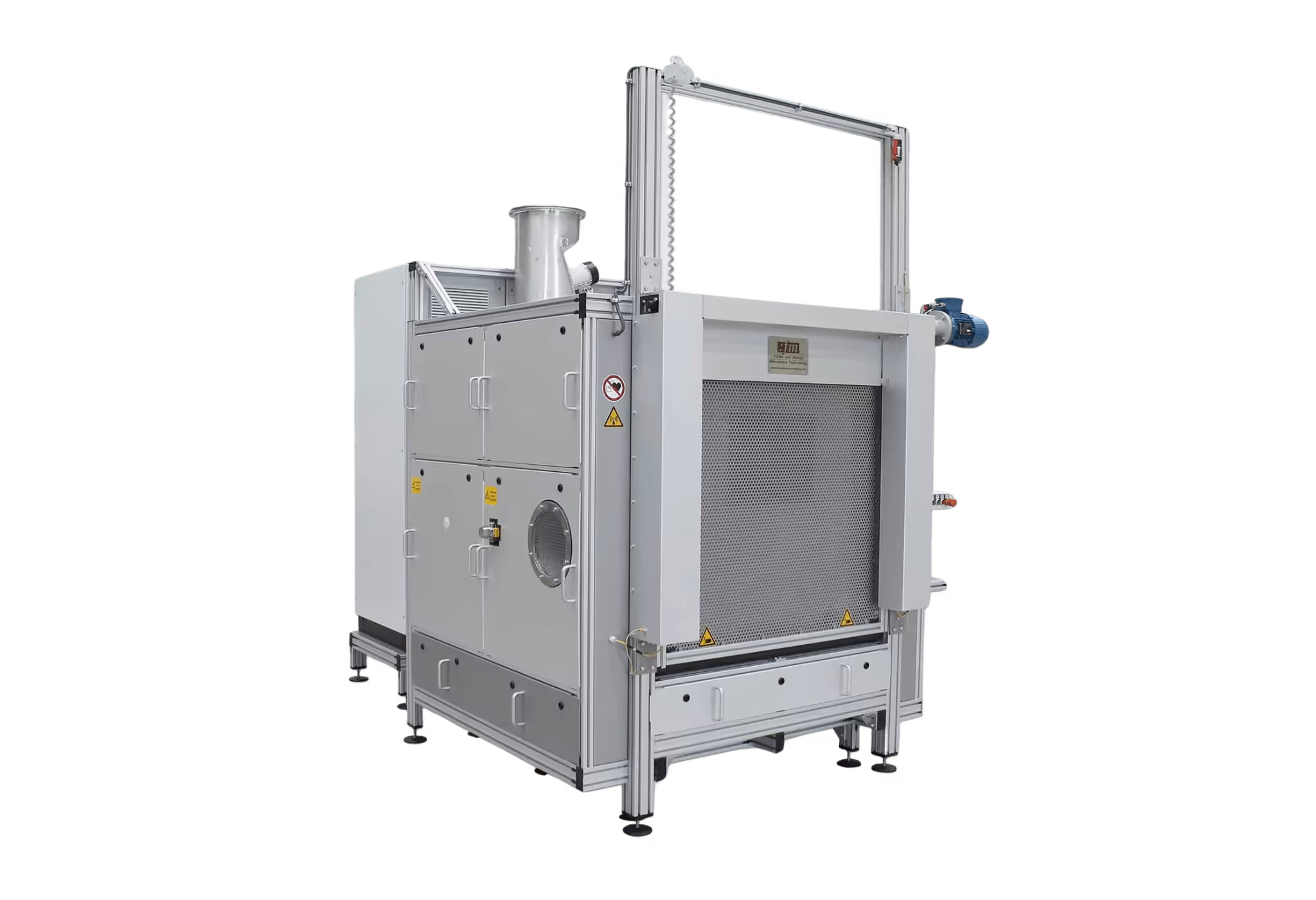
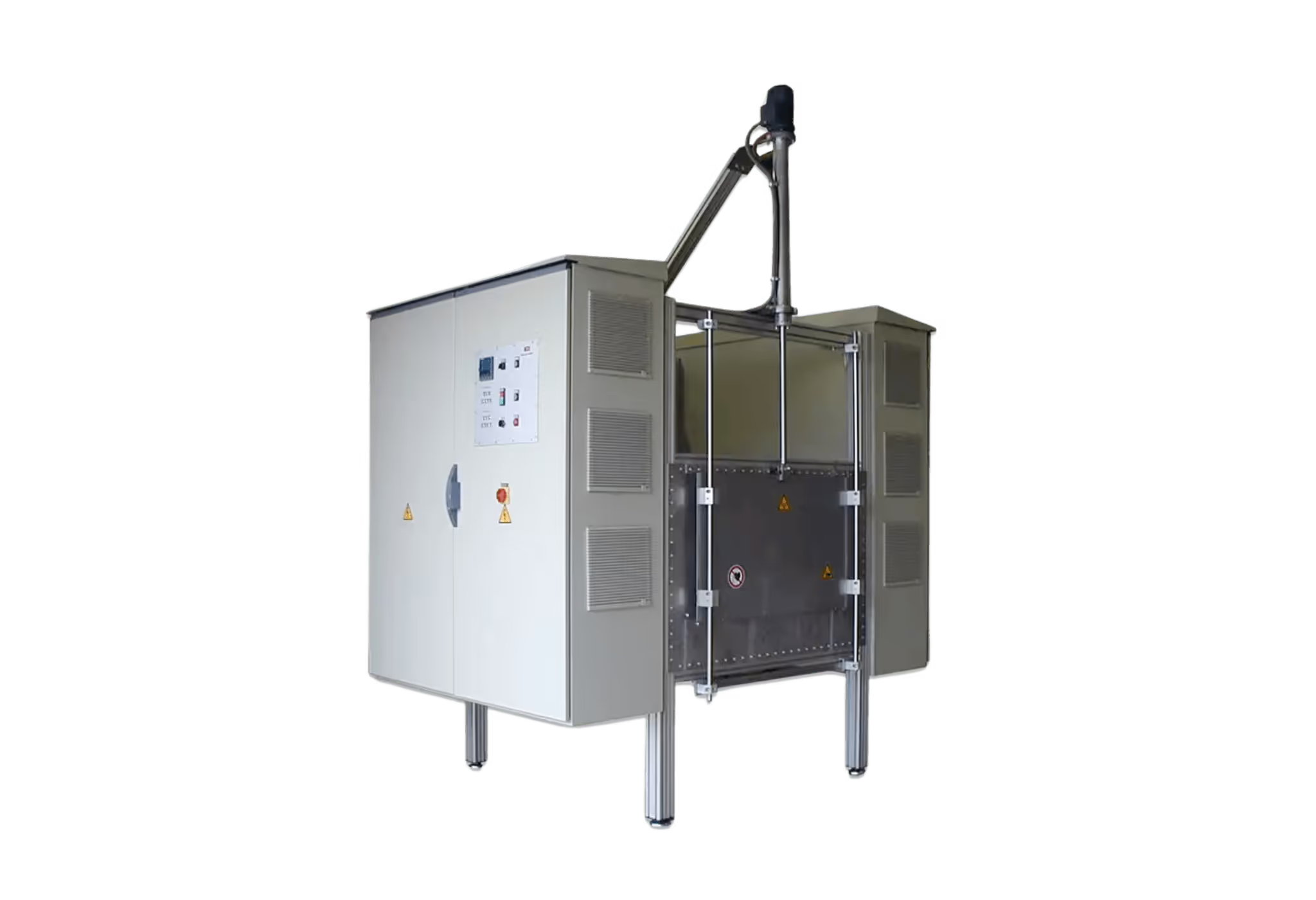
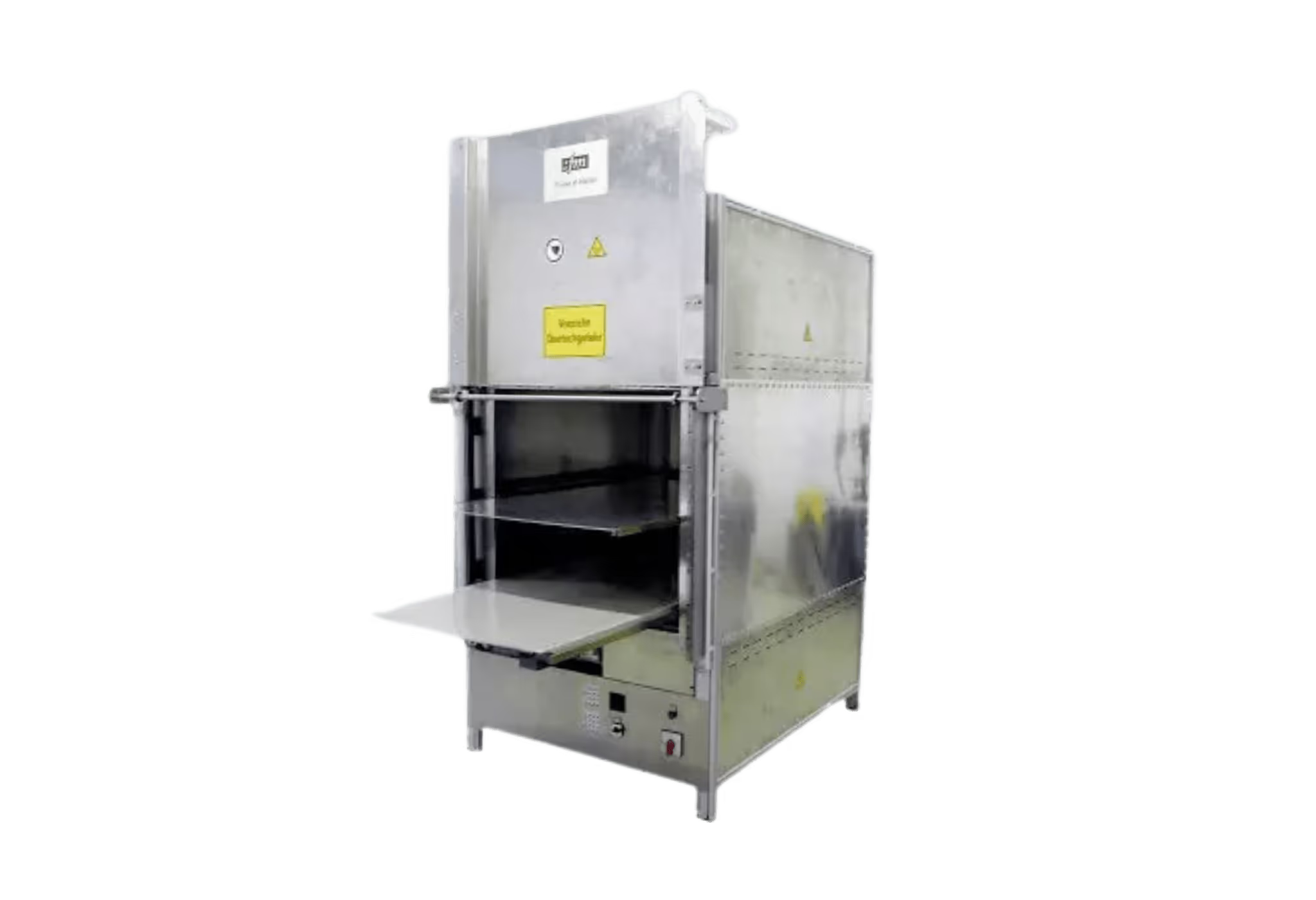
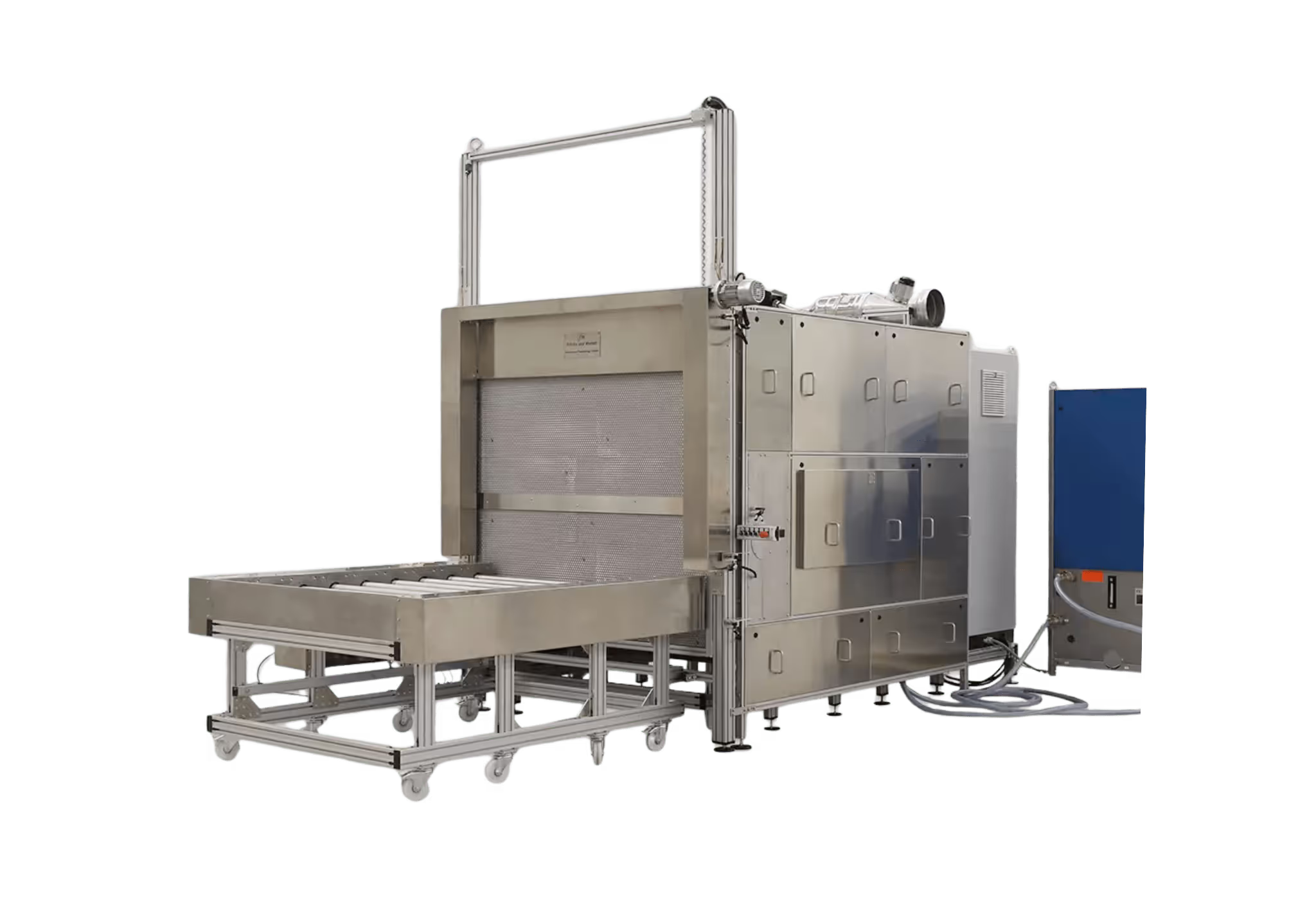
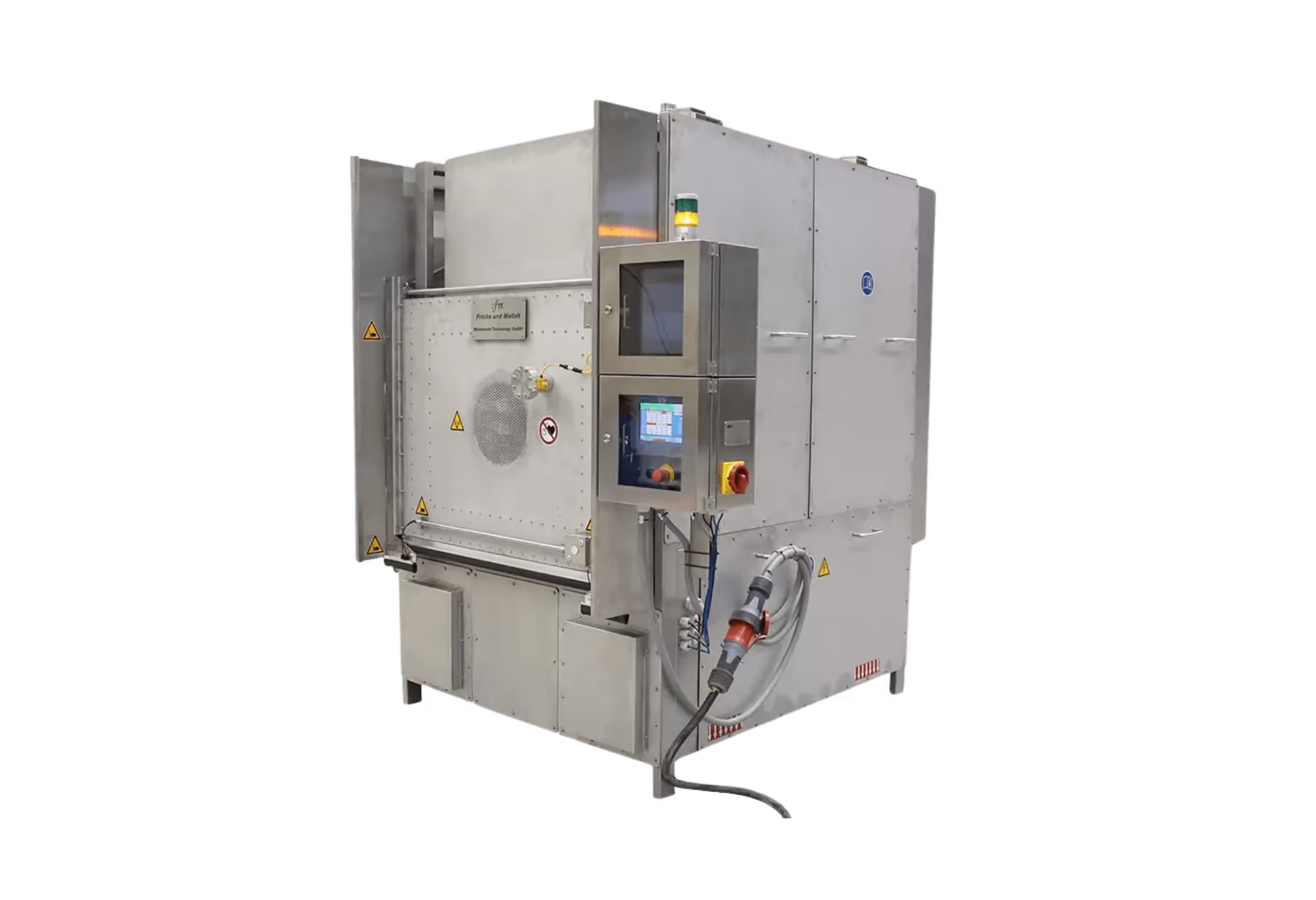
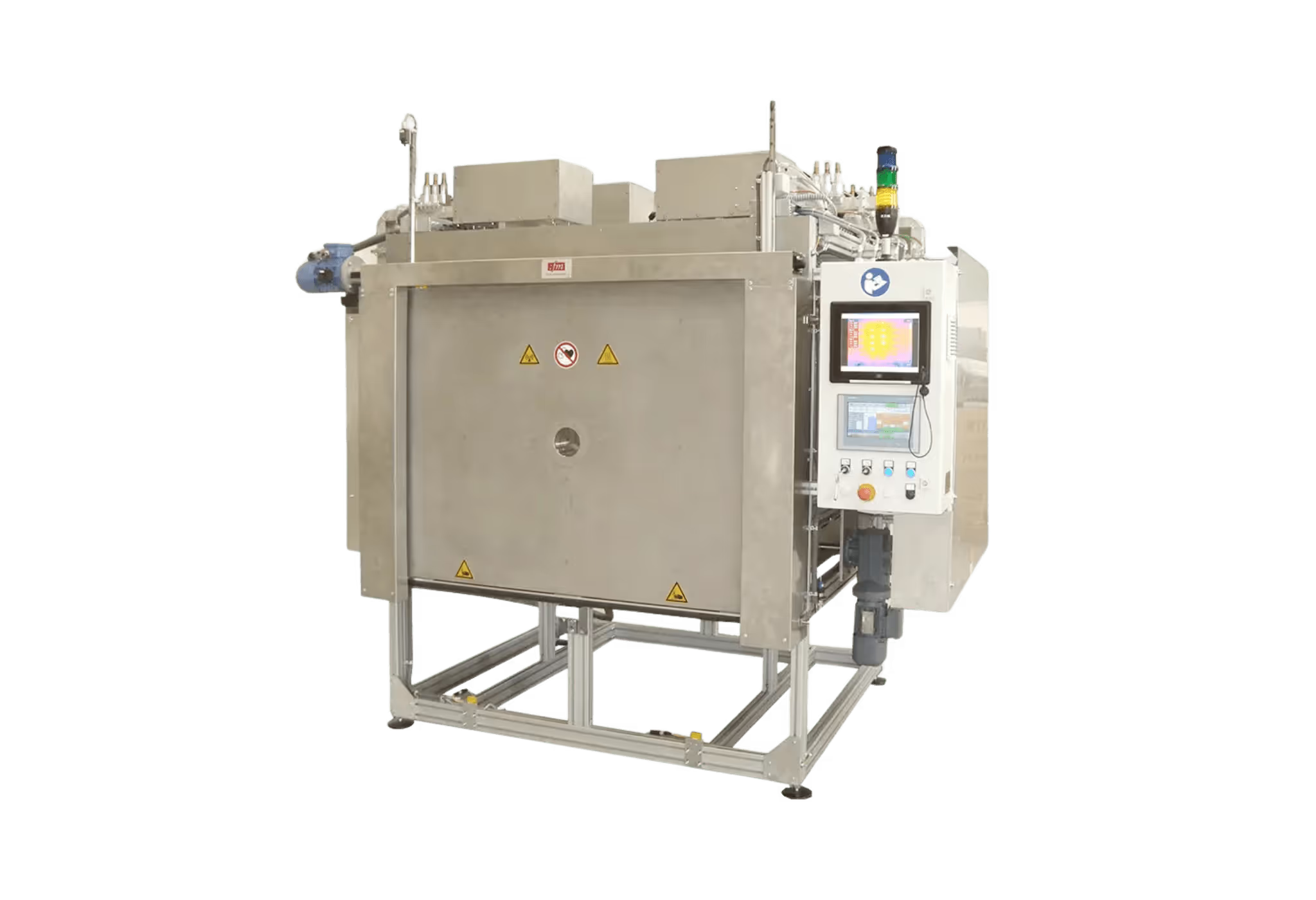
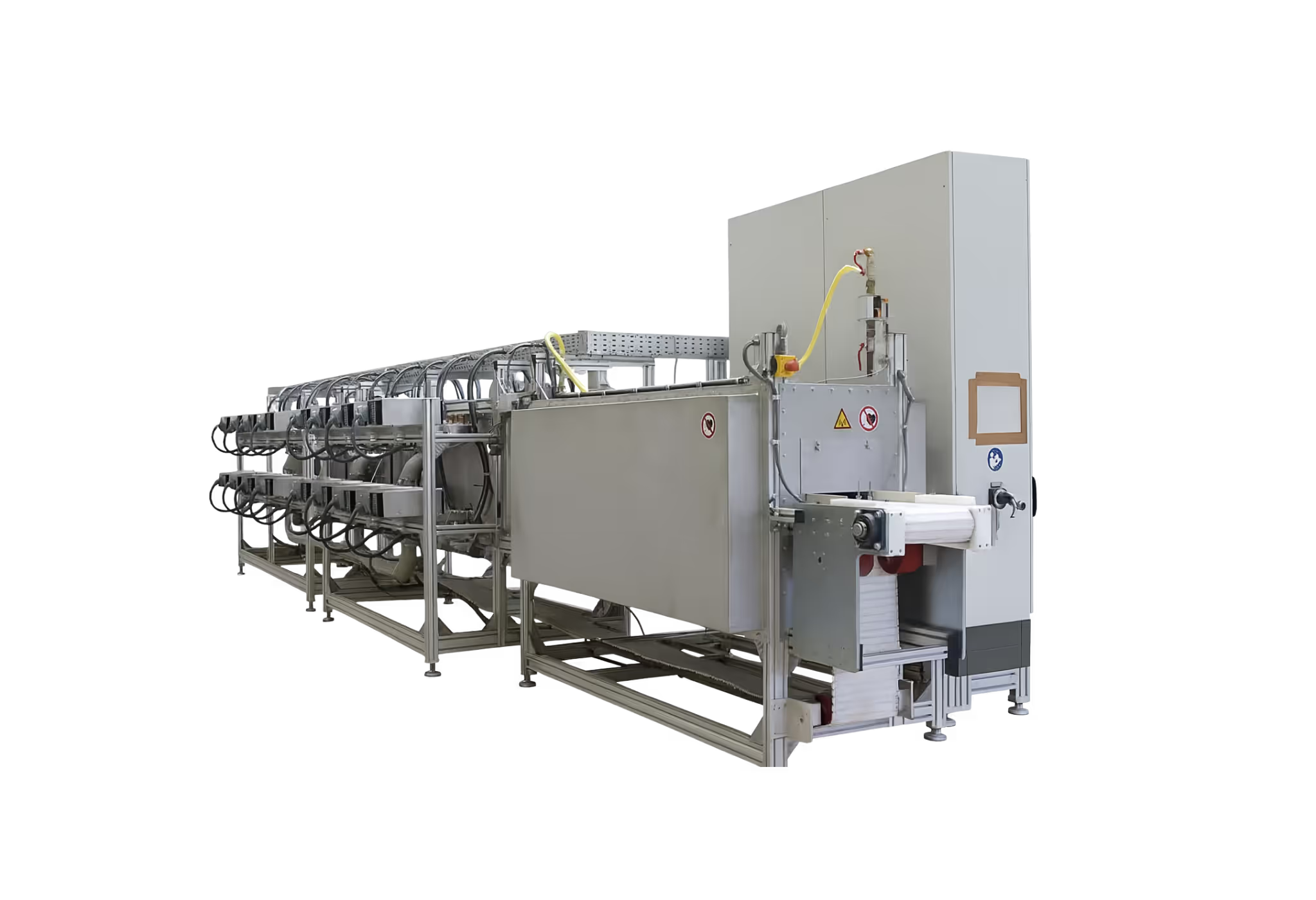
.avif)
.avif)
.avif)
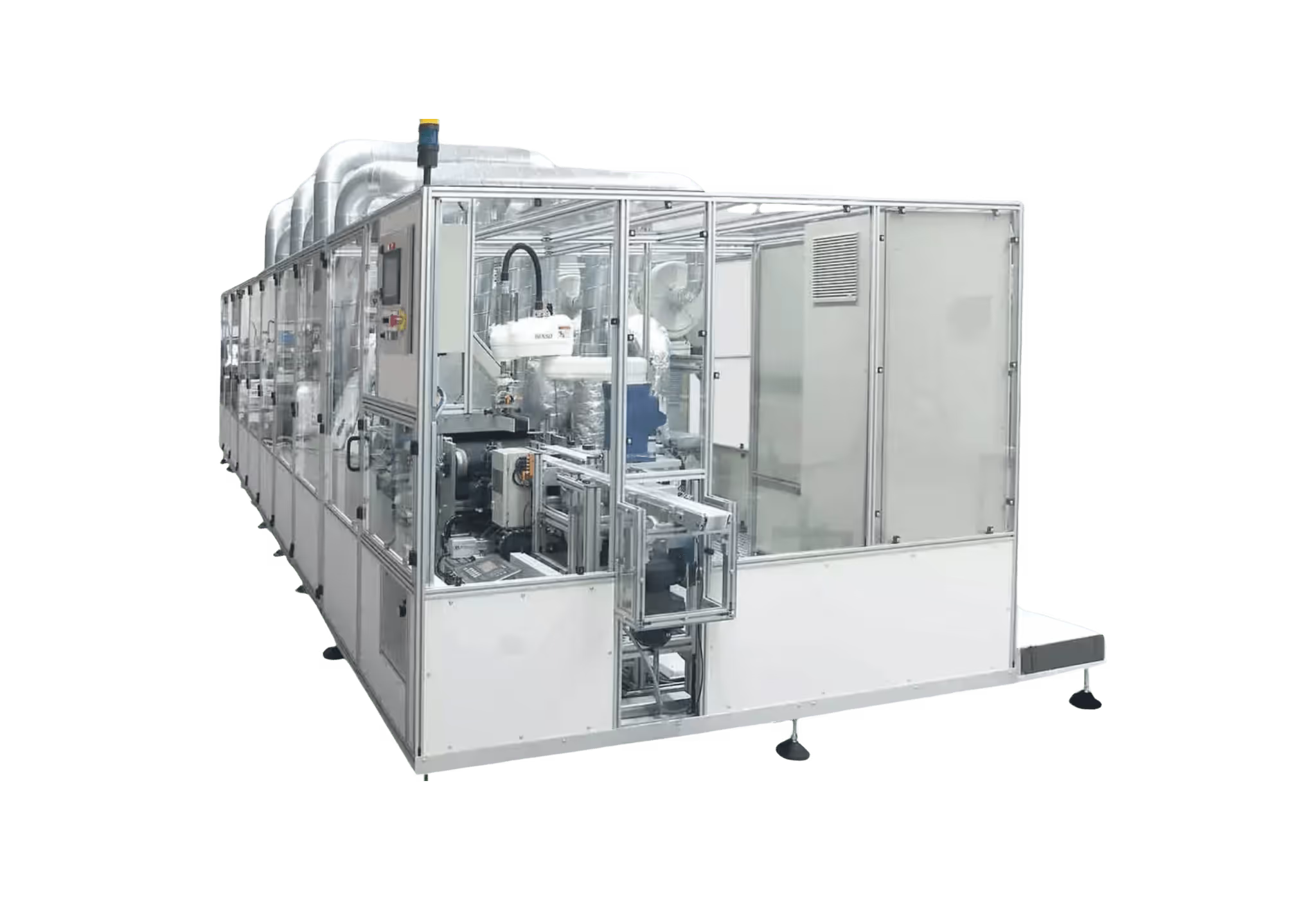
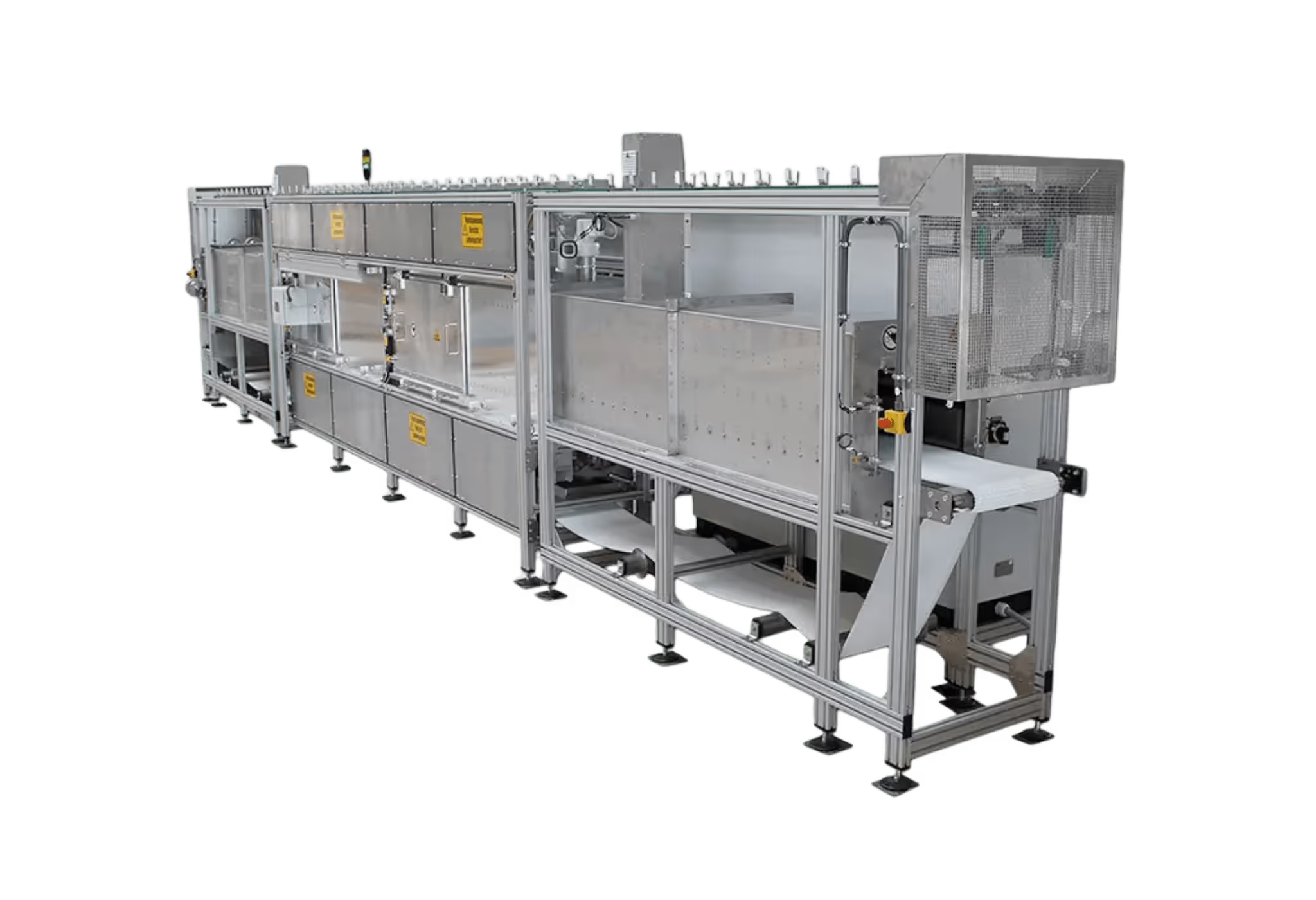
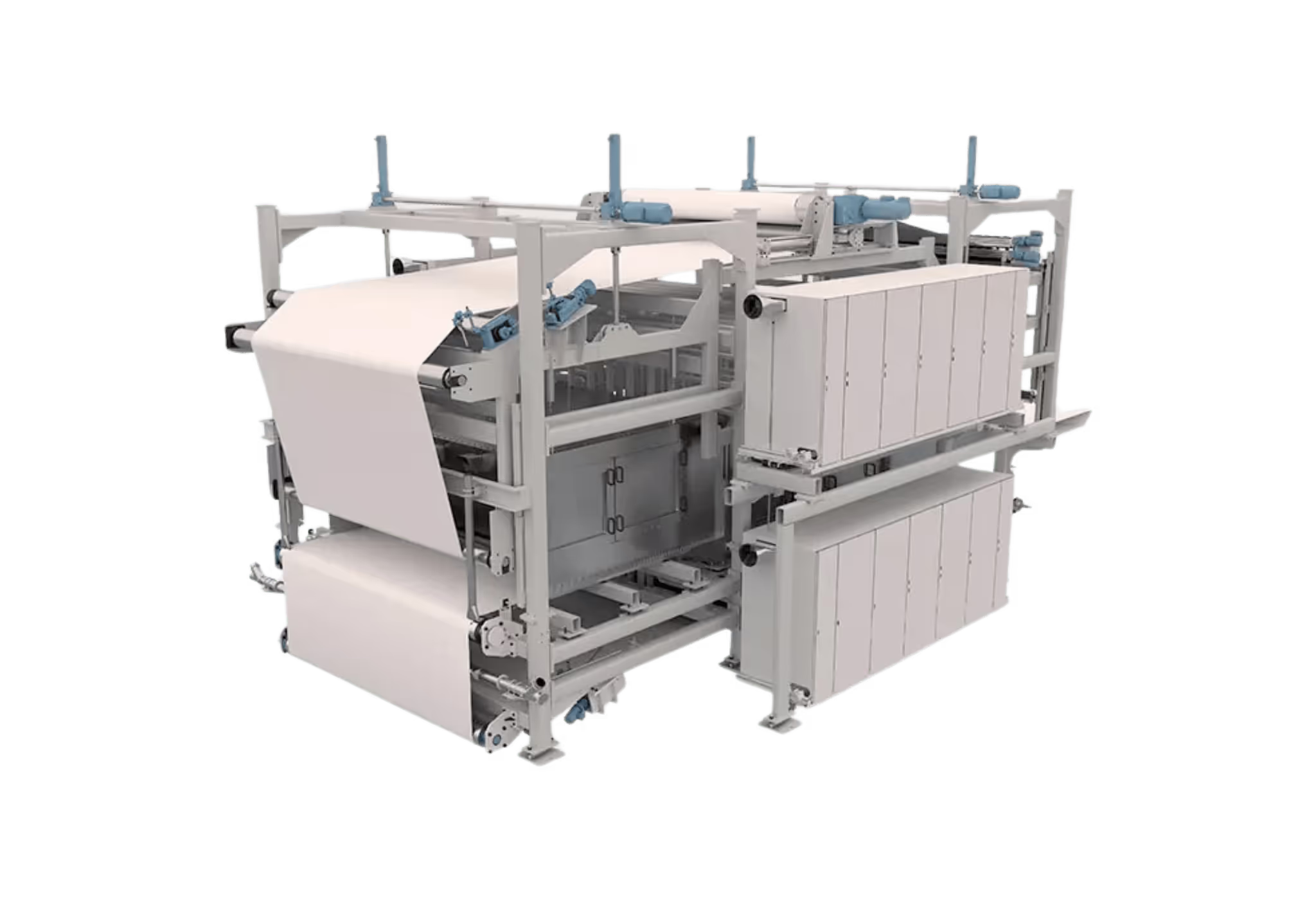
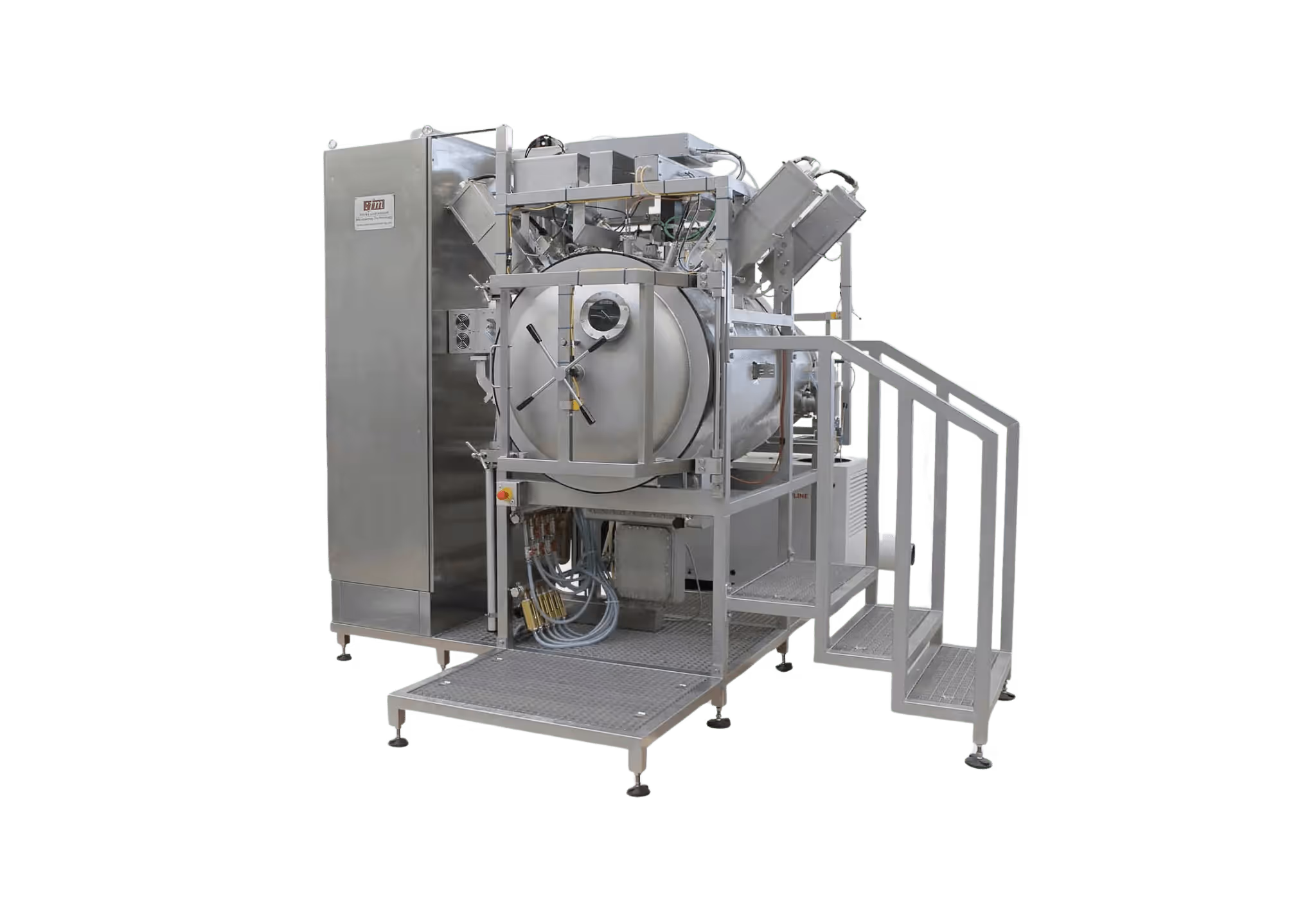
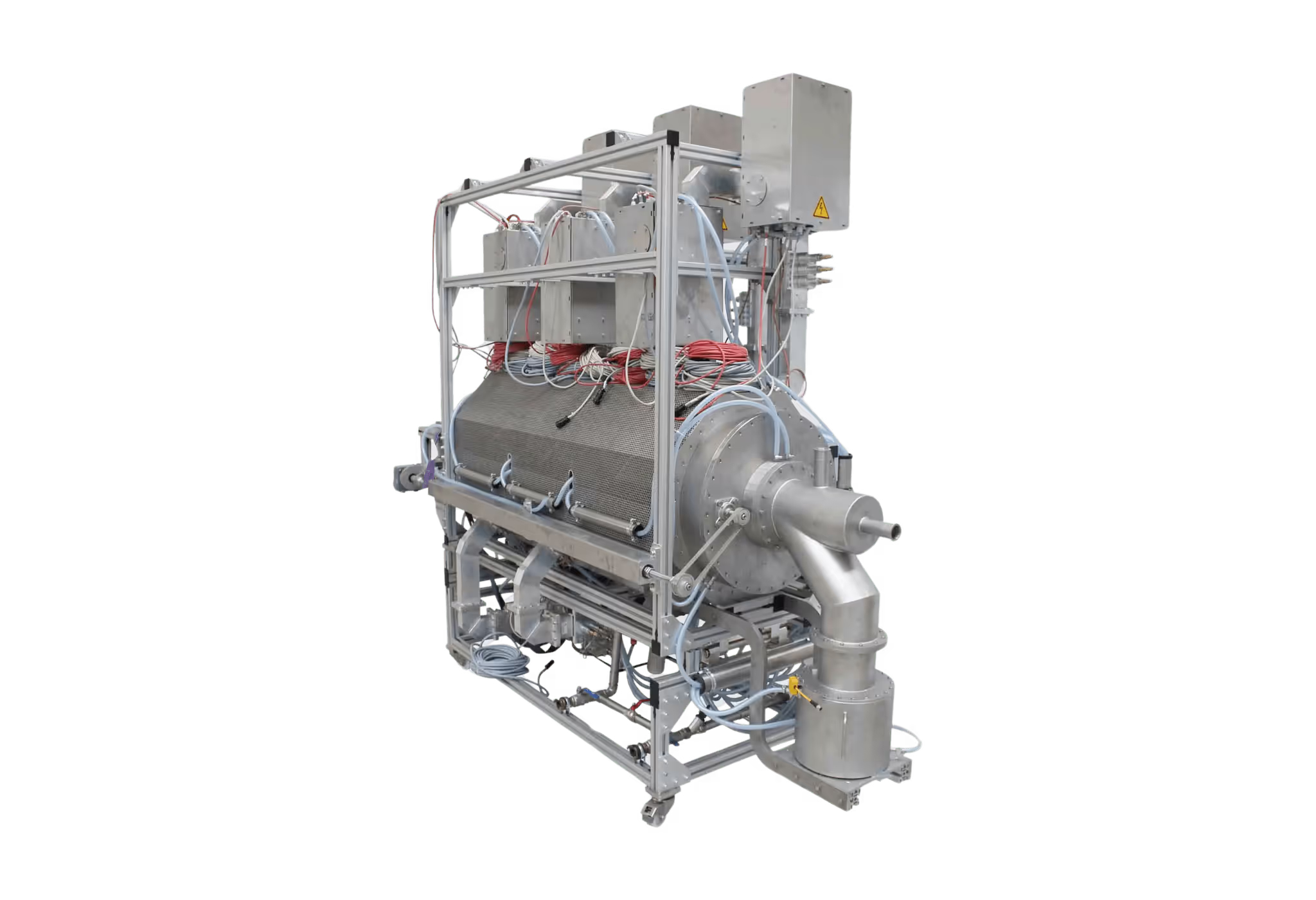
.avif)
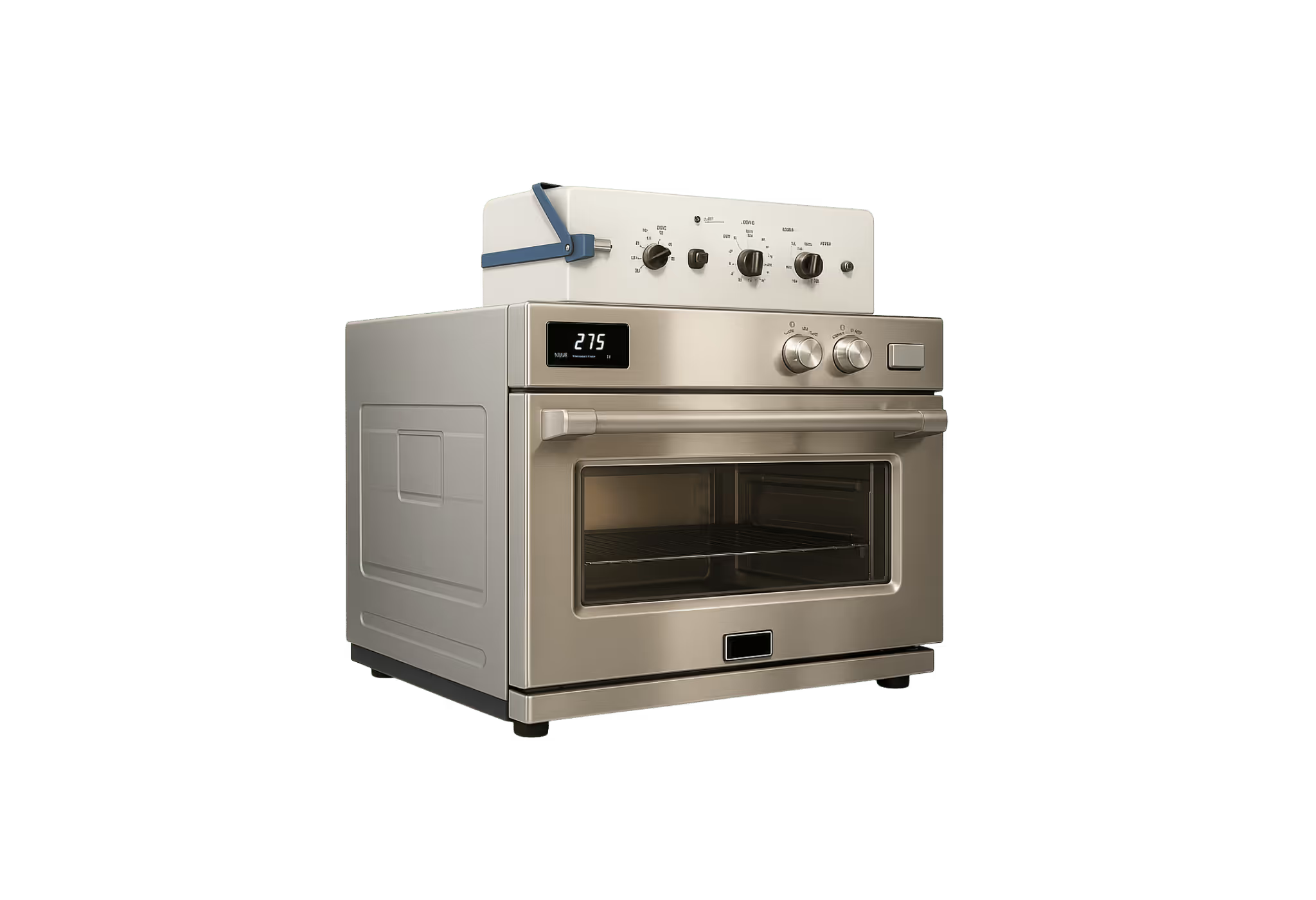
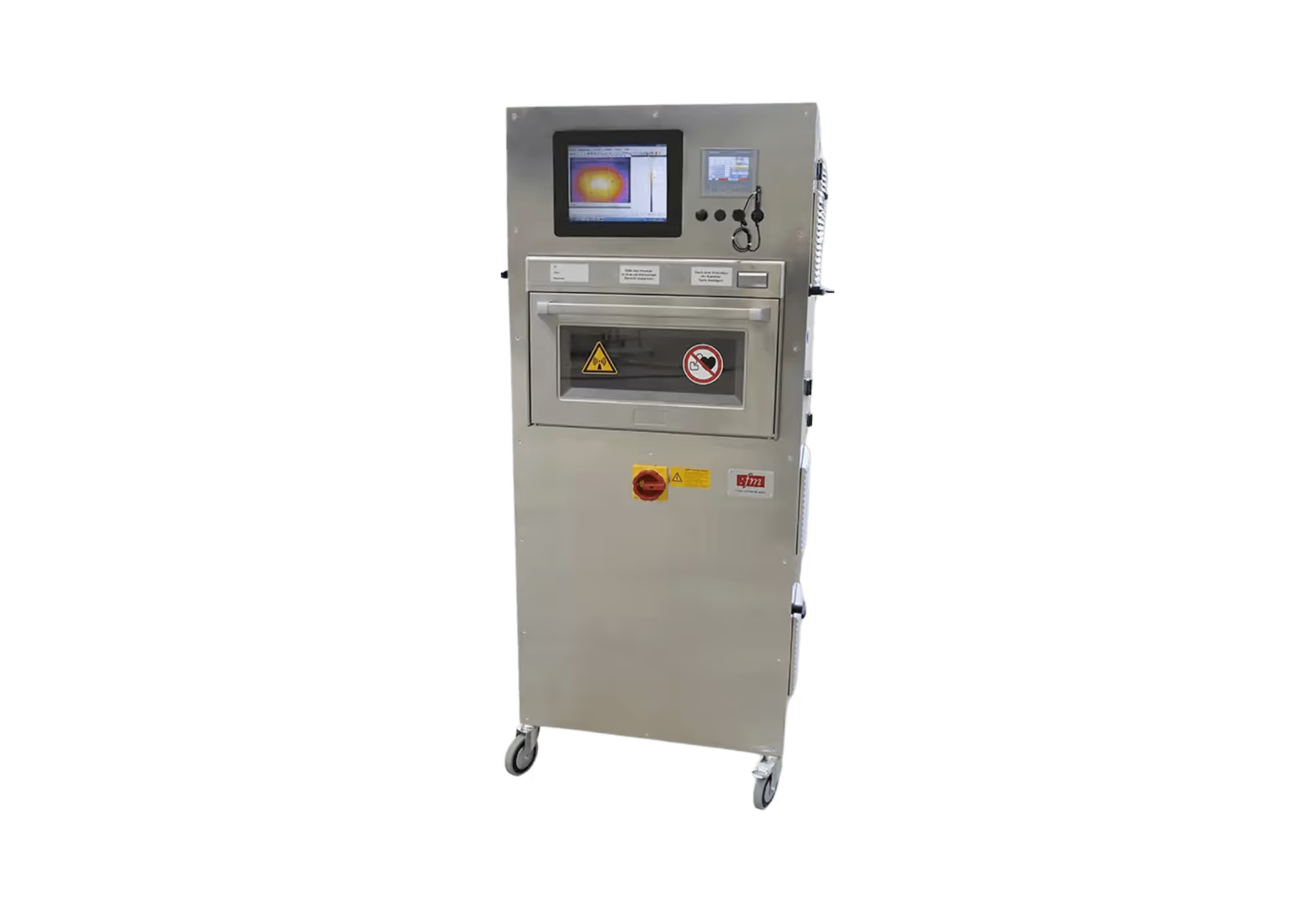
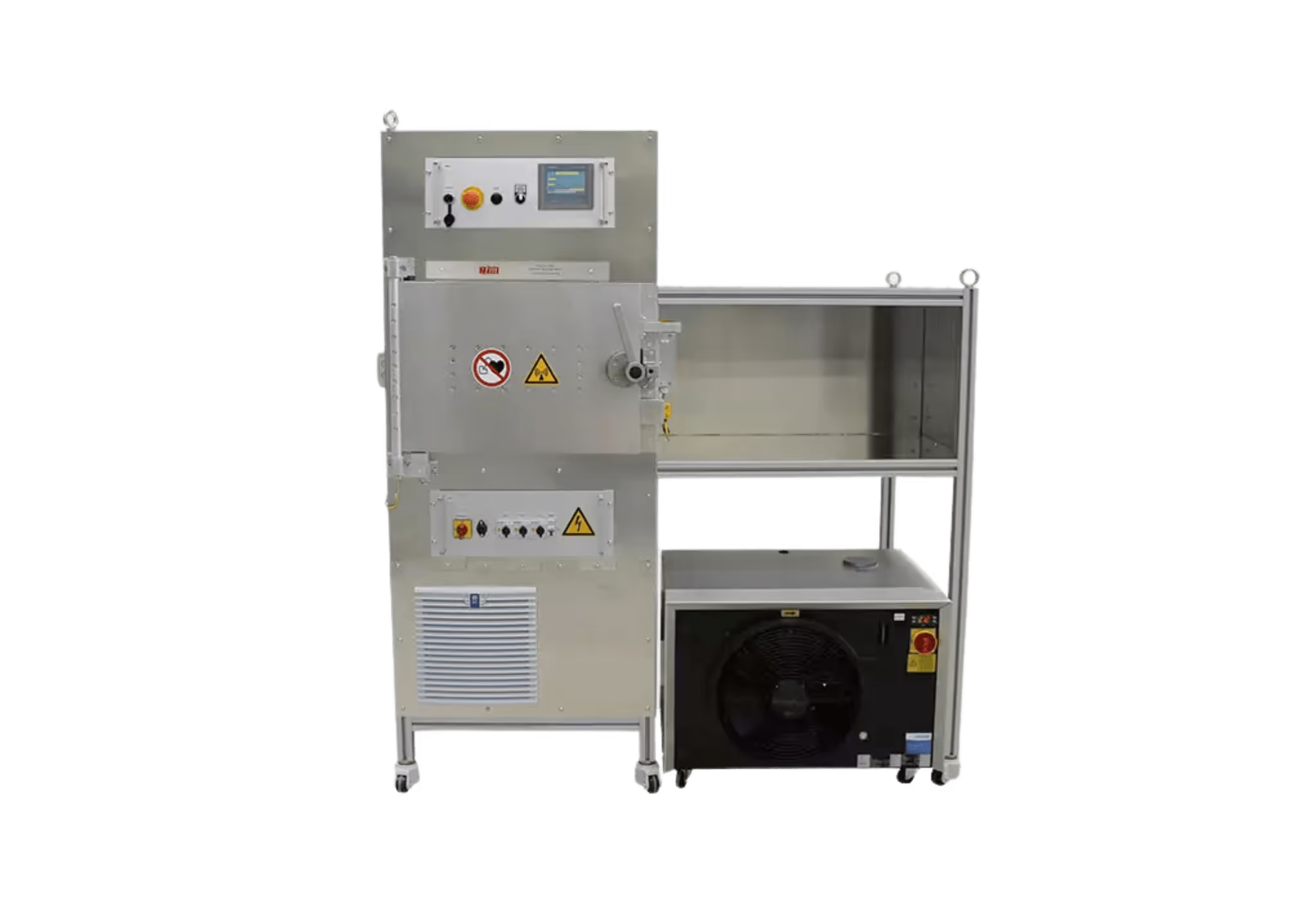
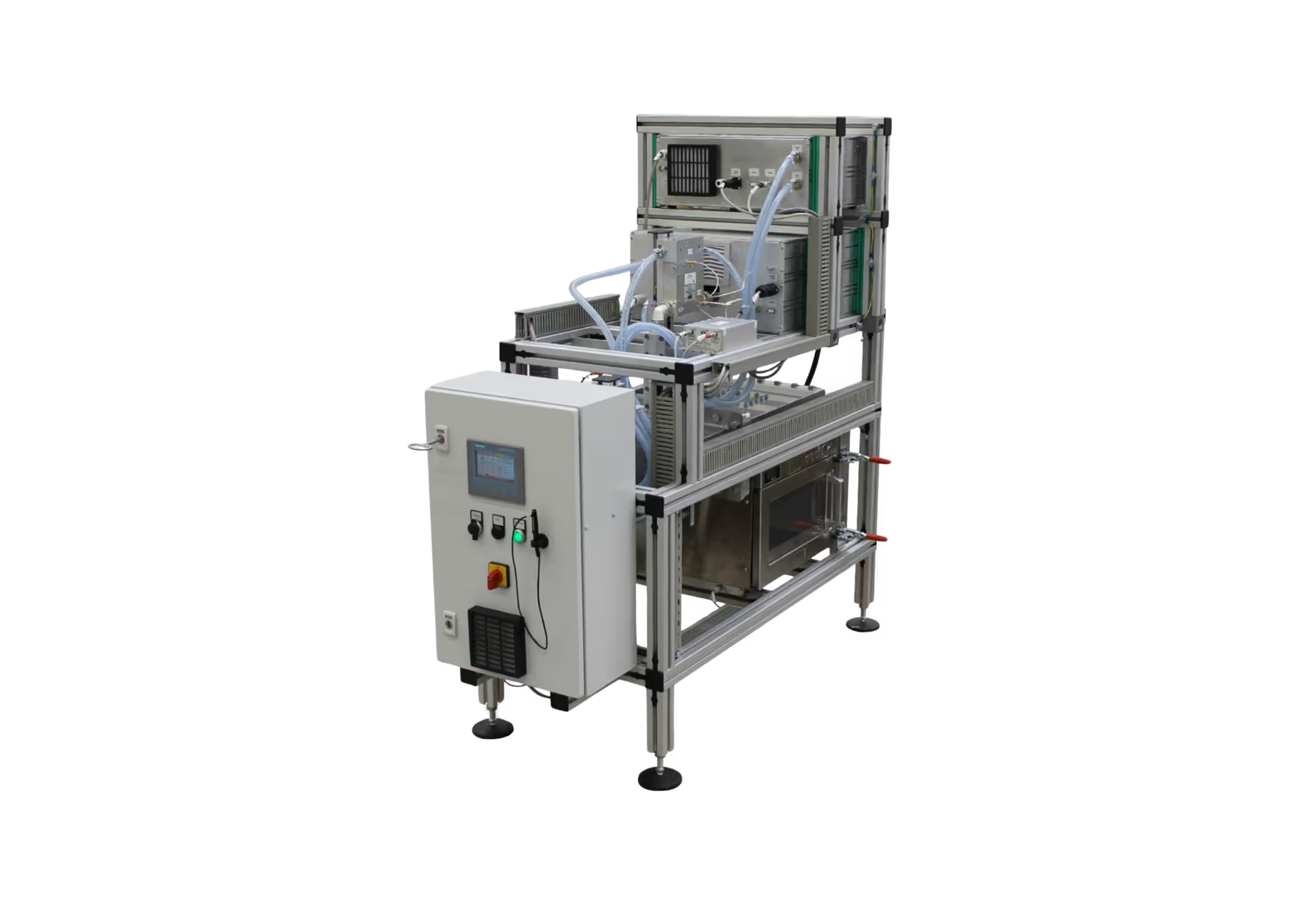
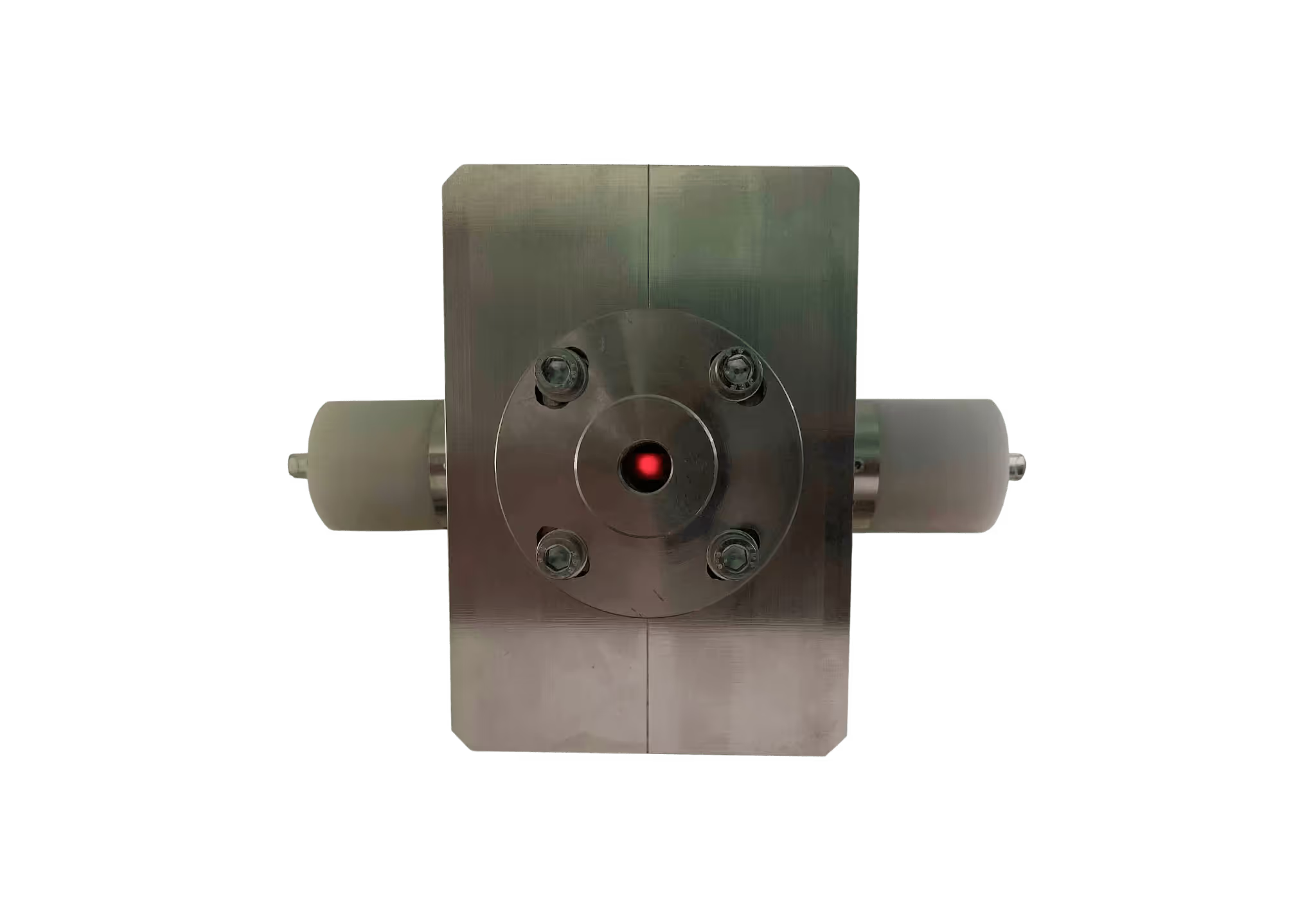
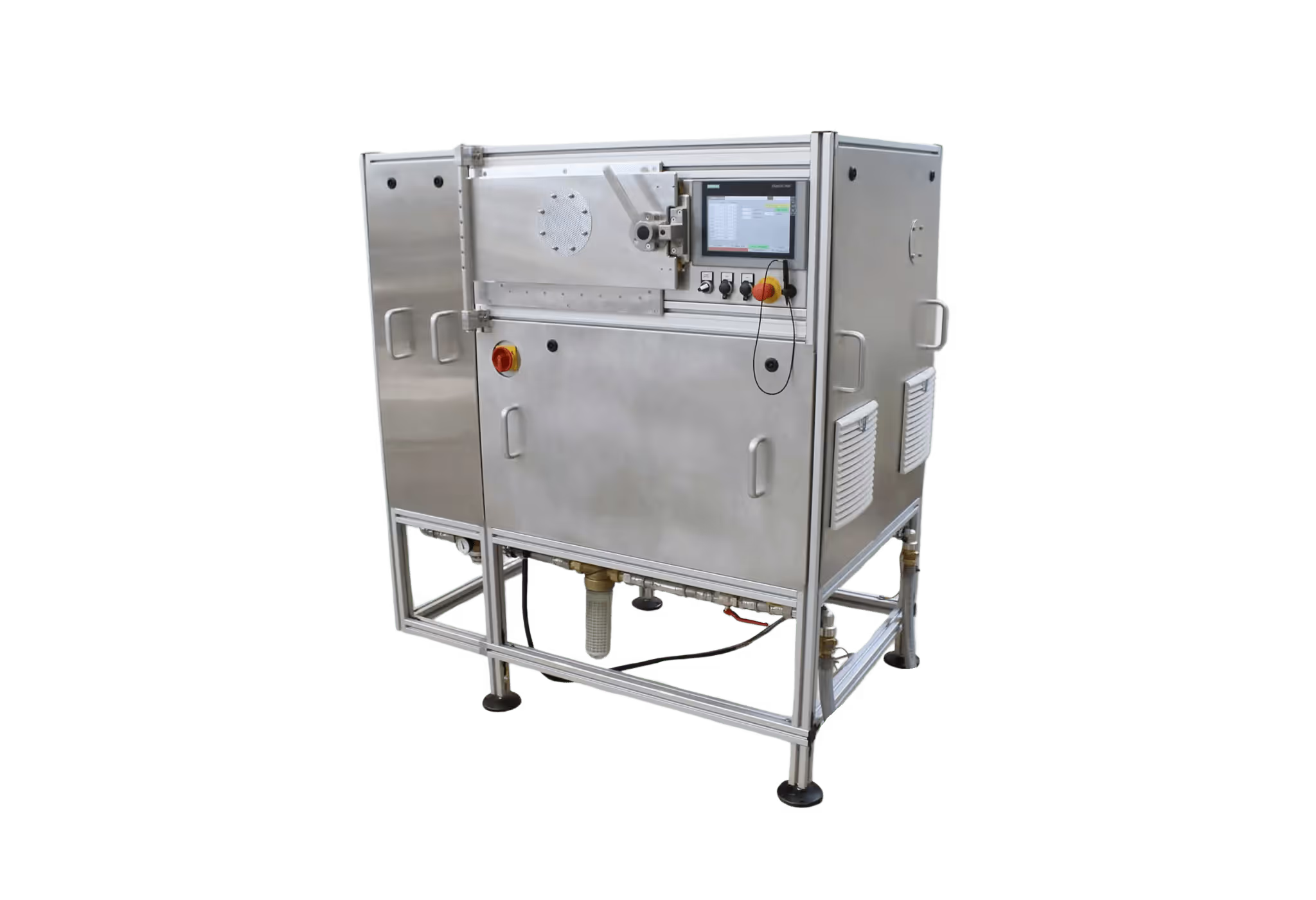
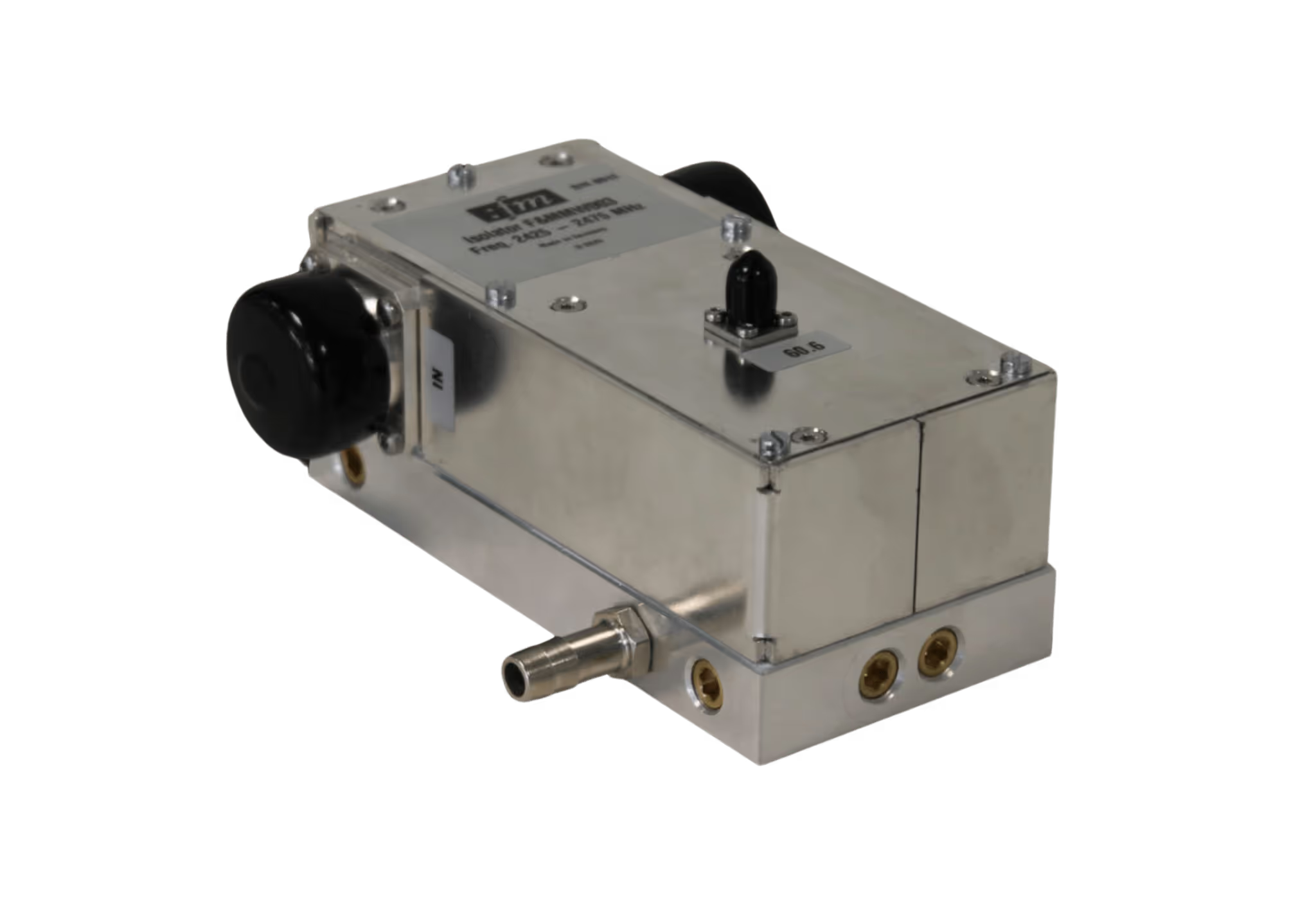
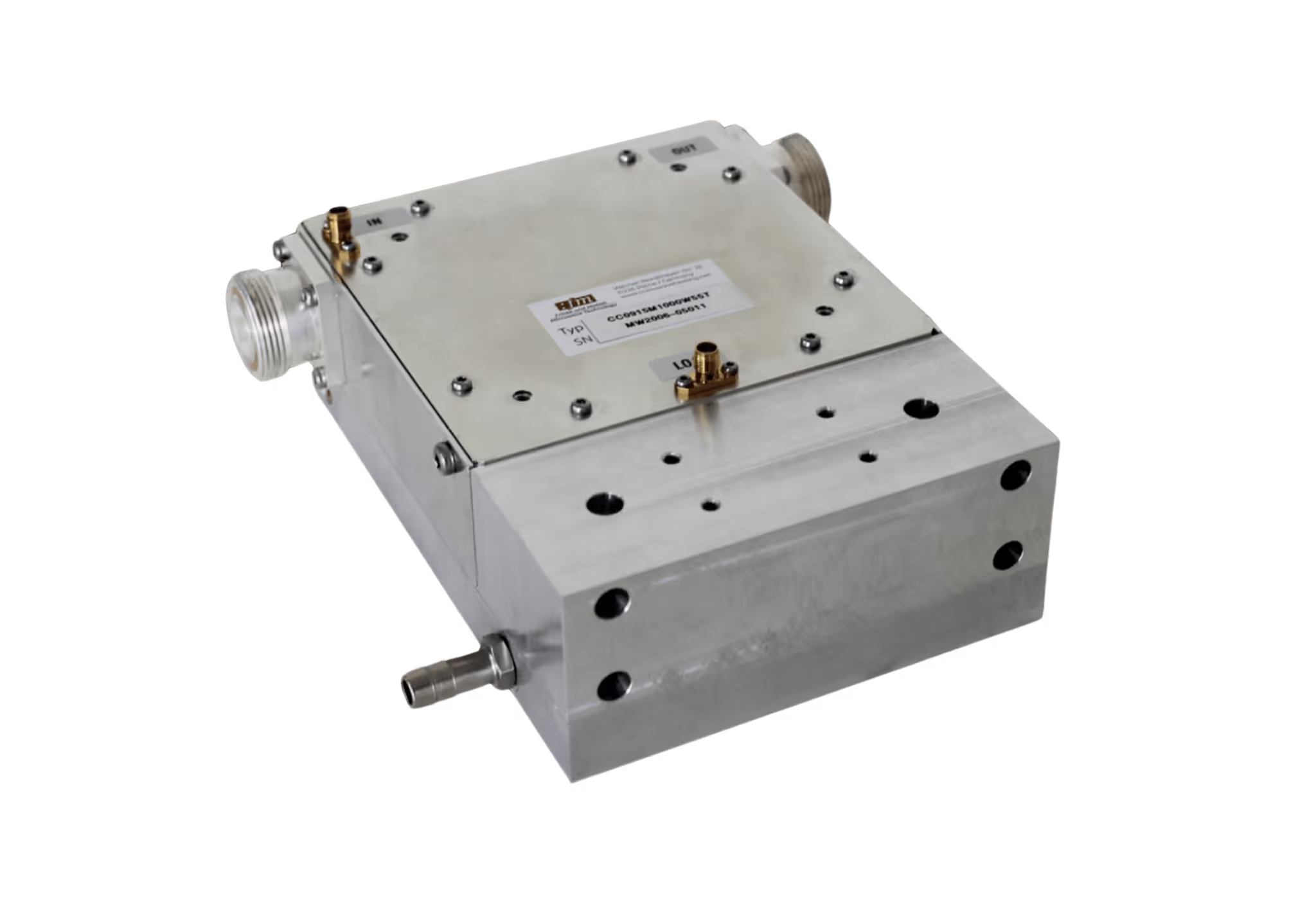
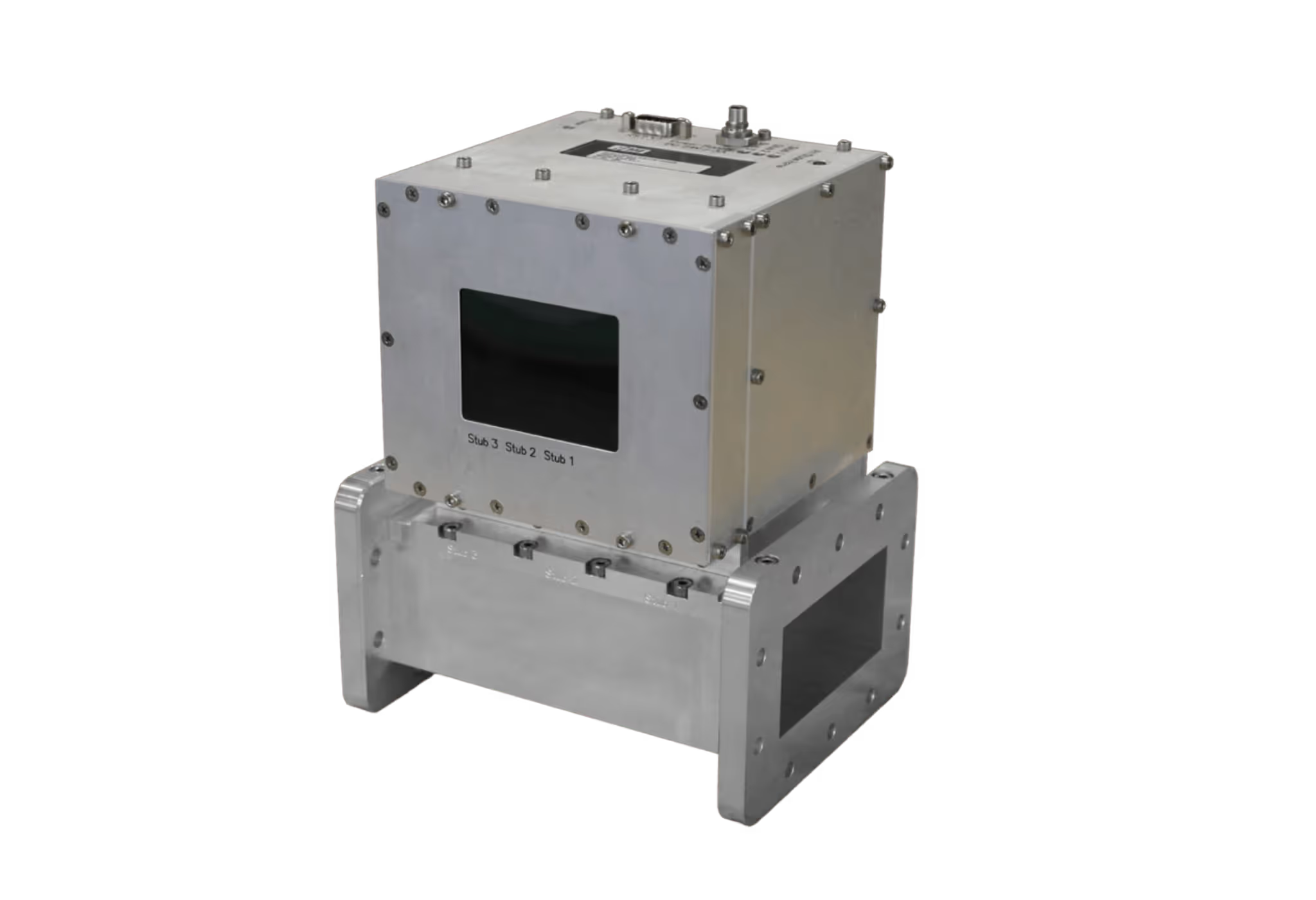
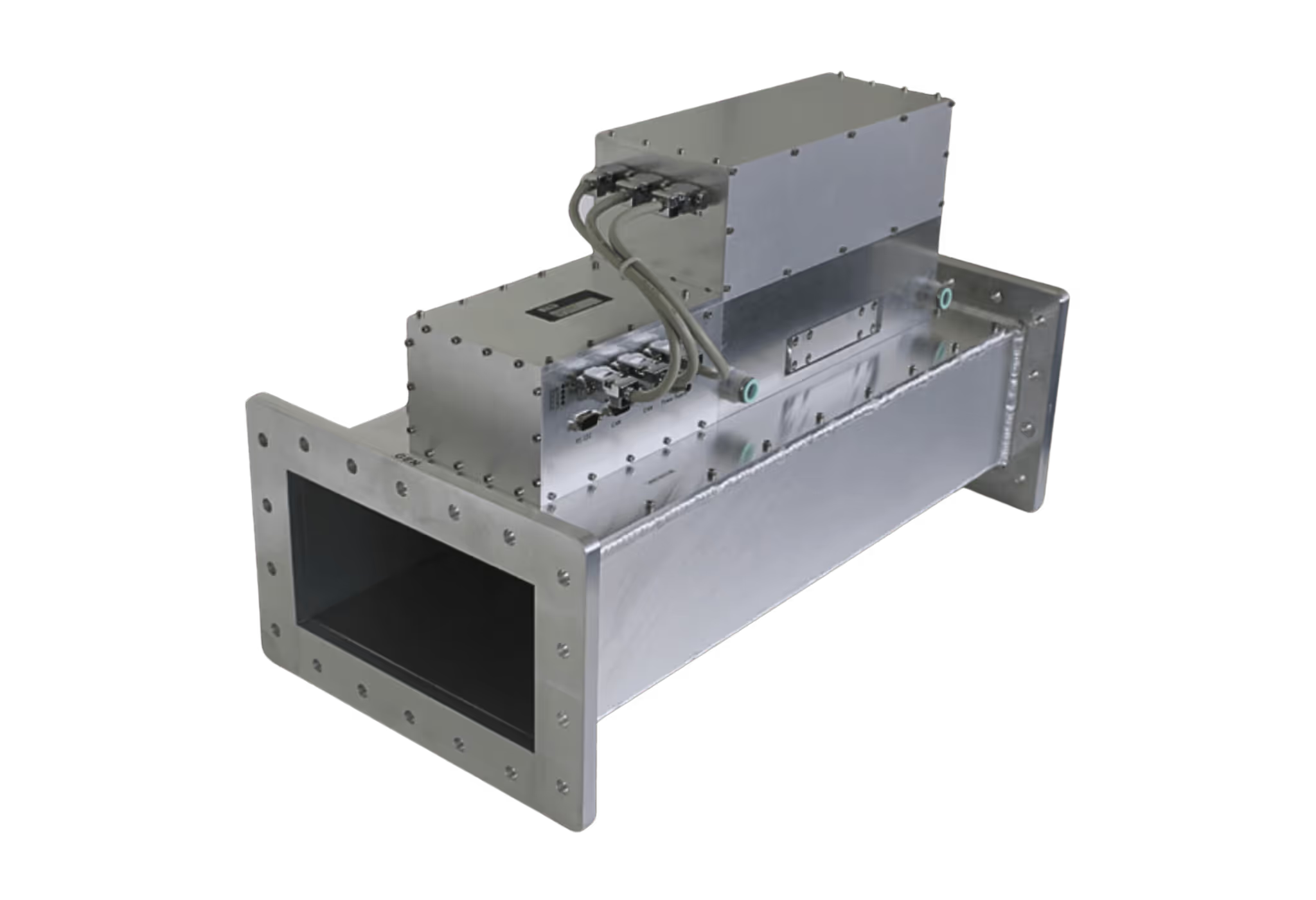
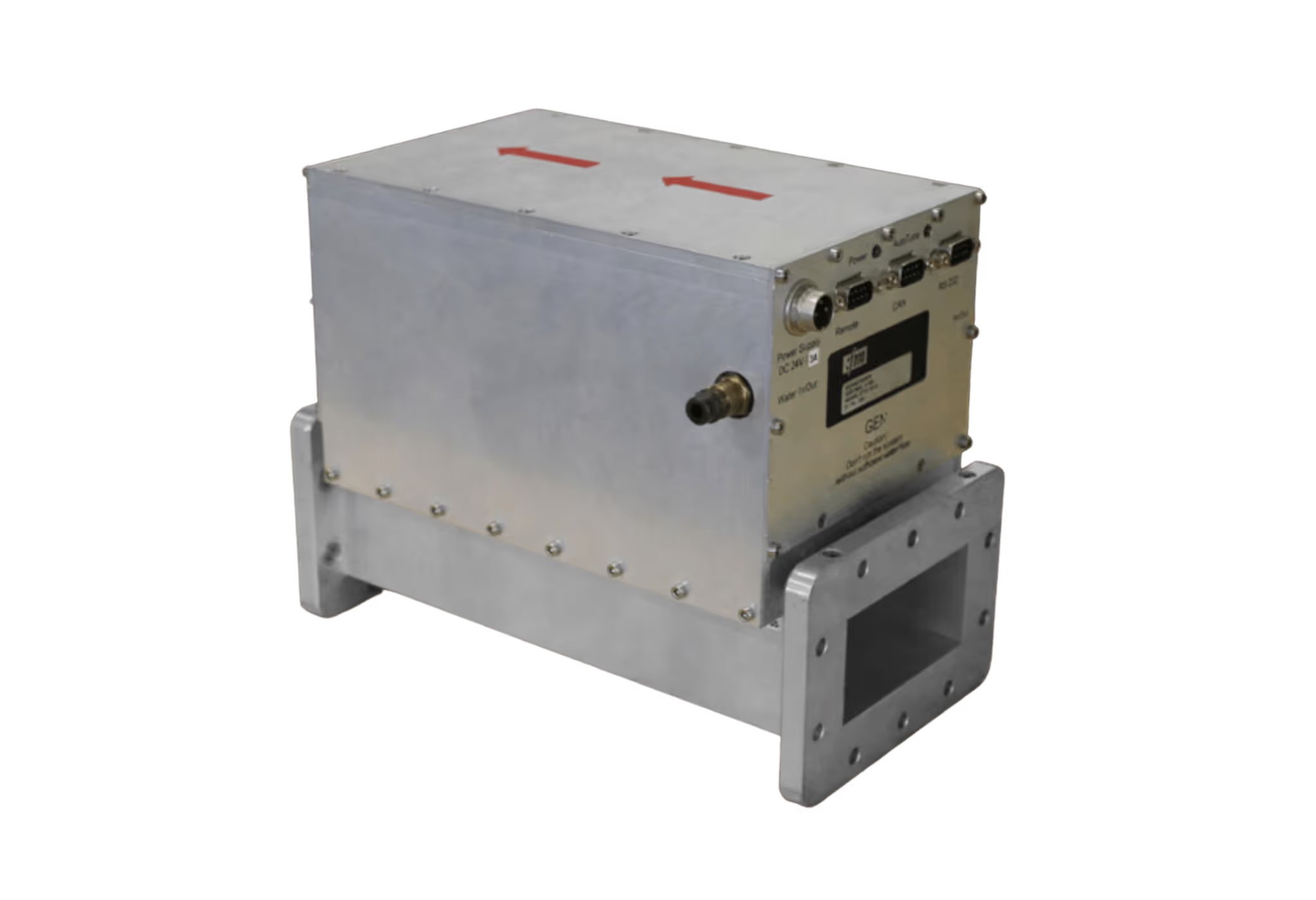
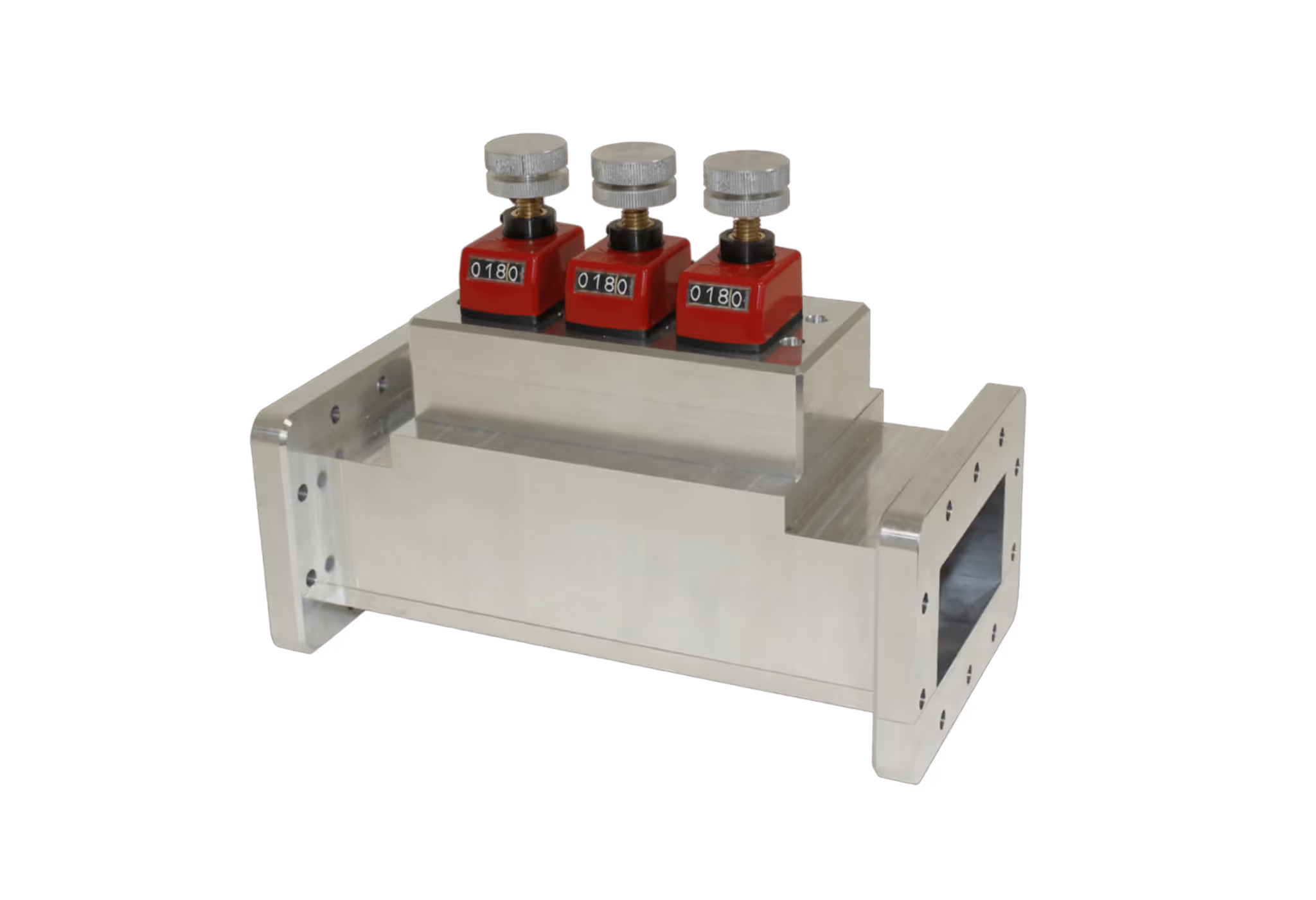
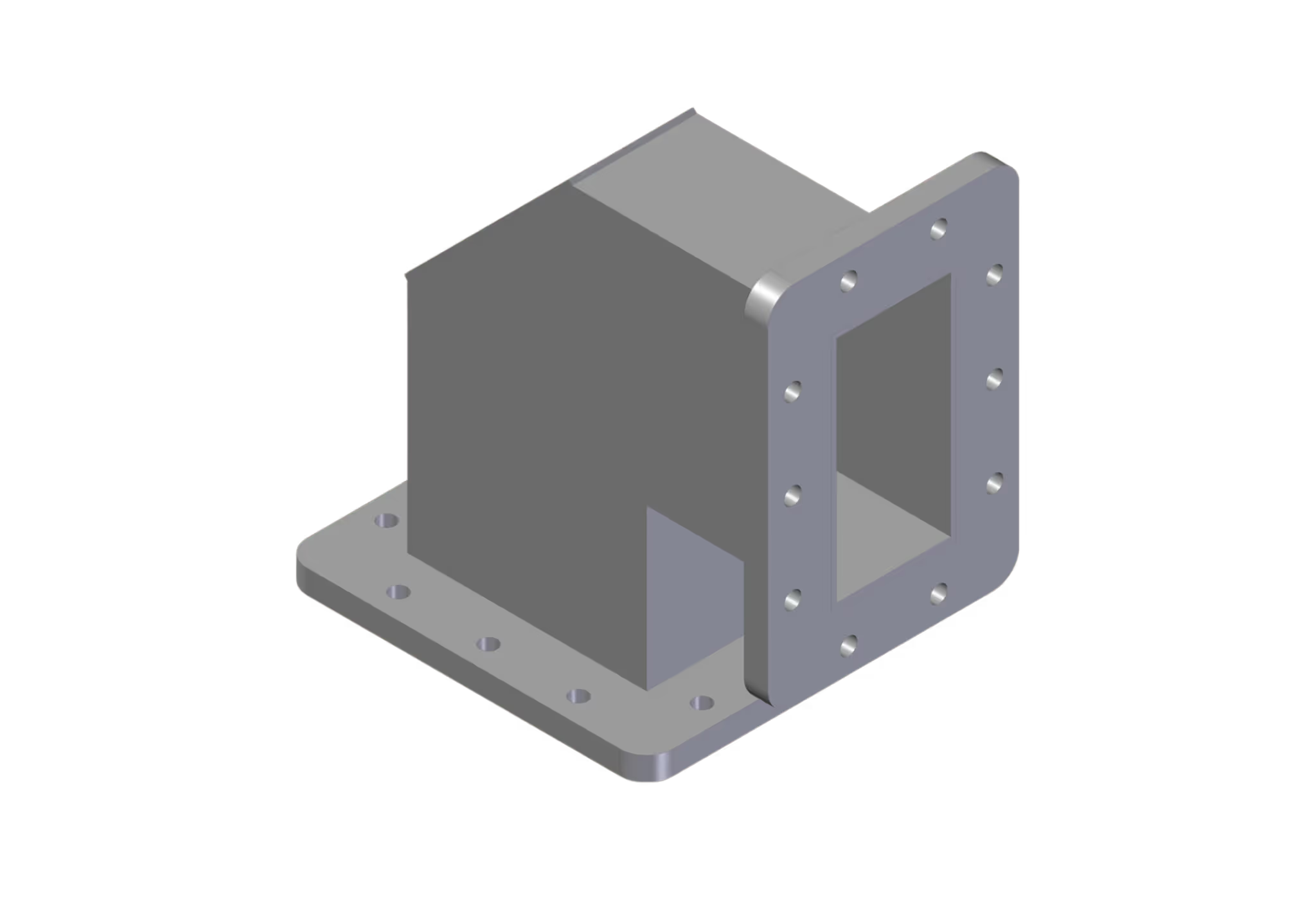
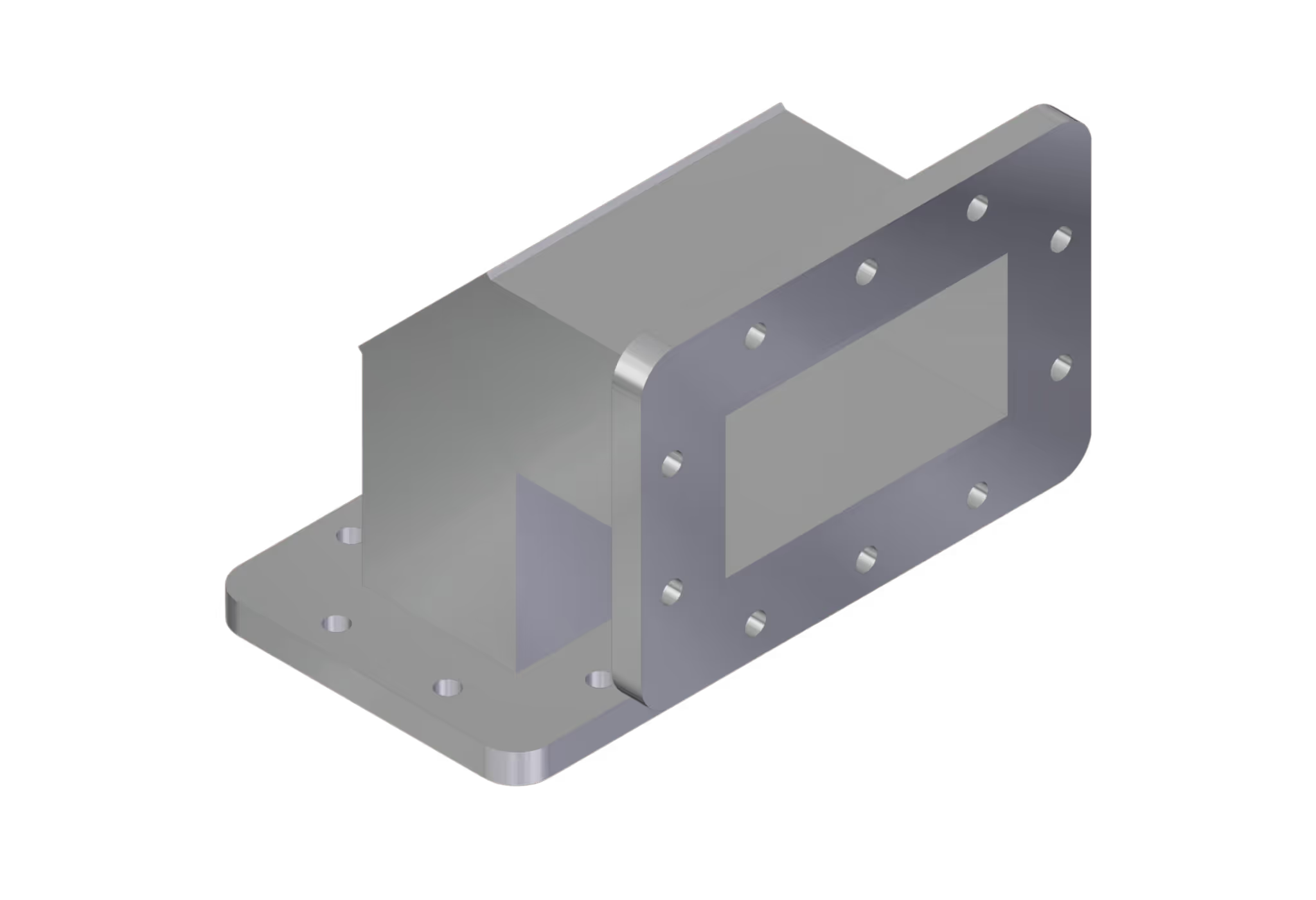
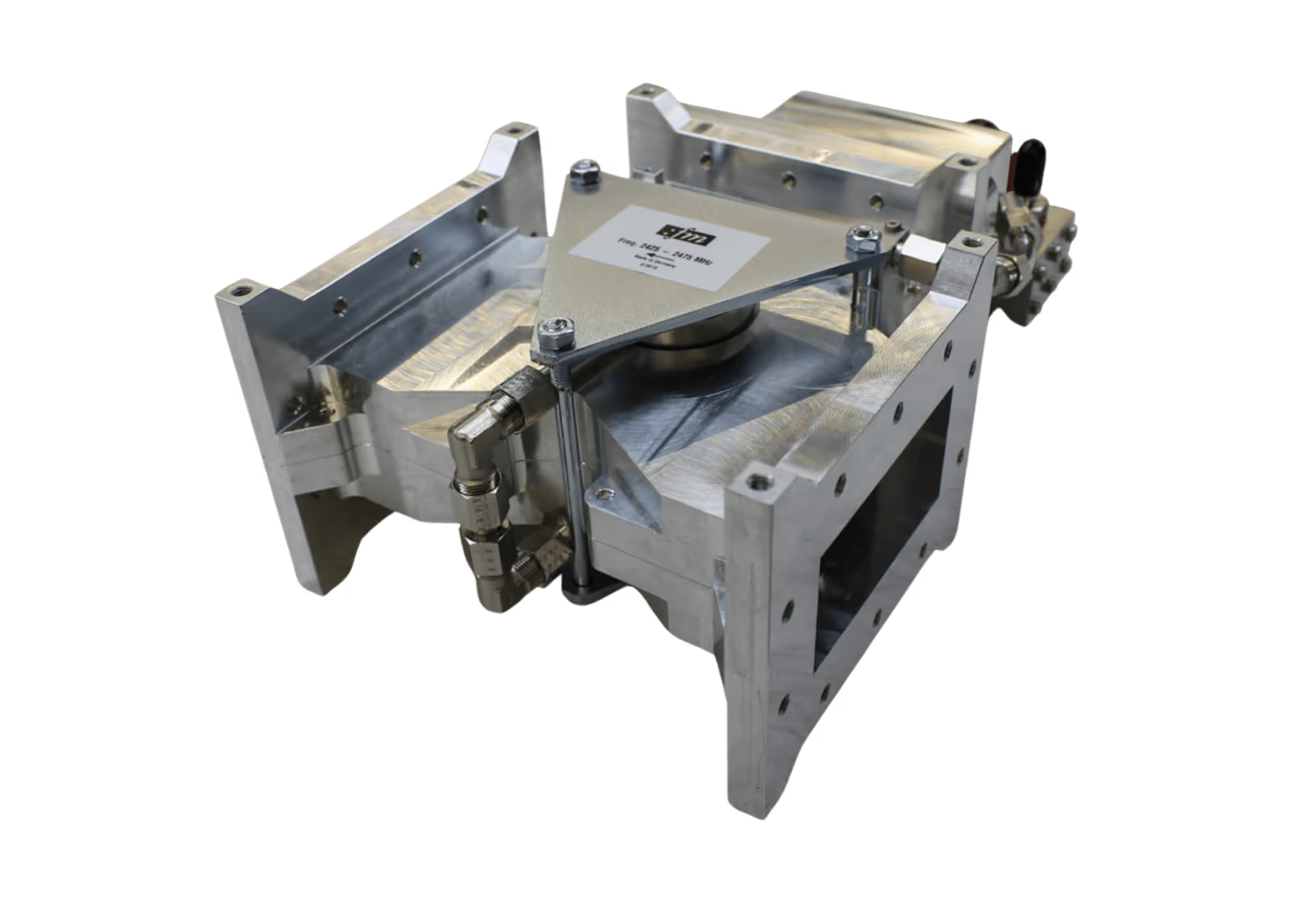
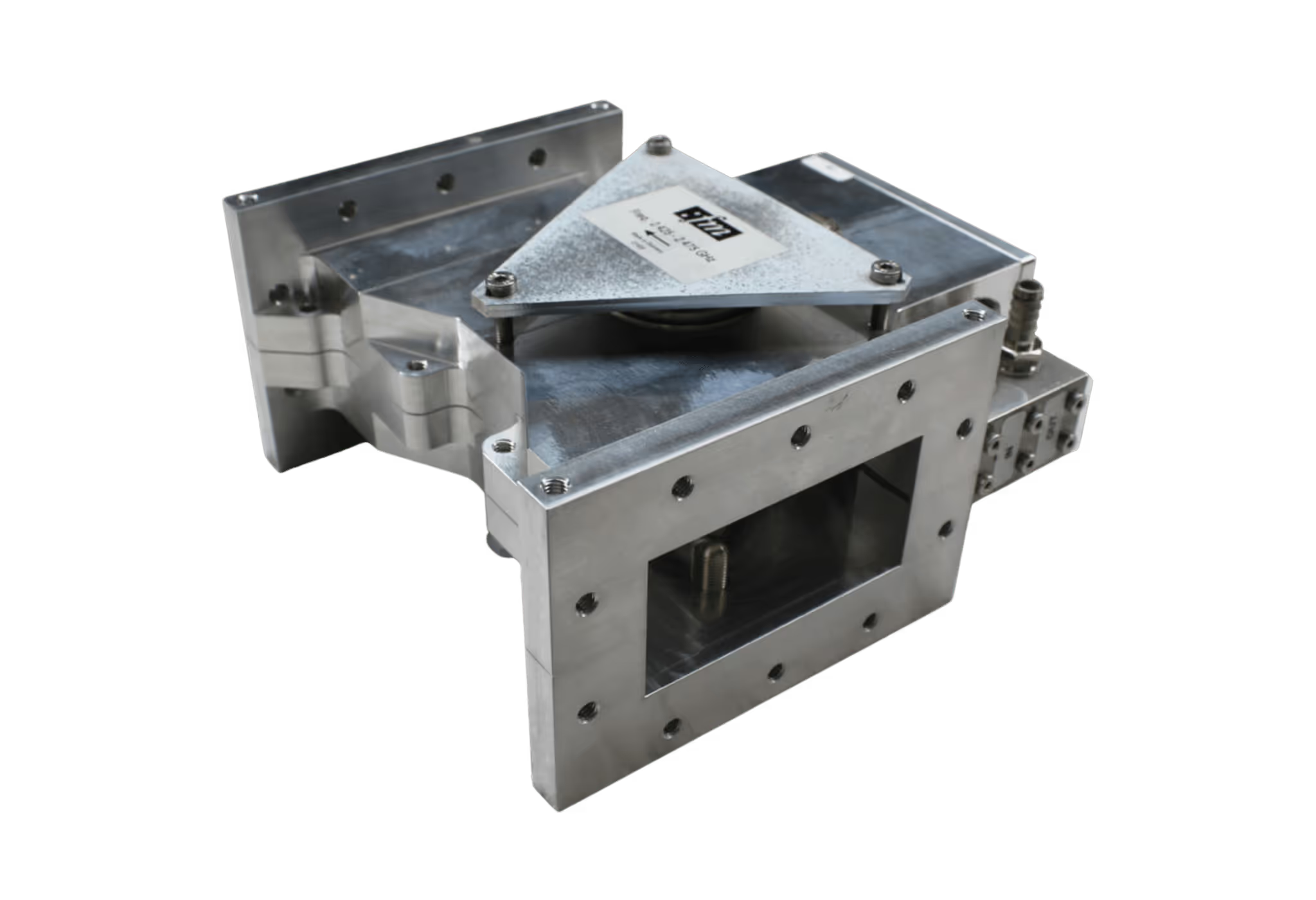
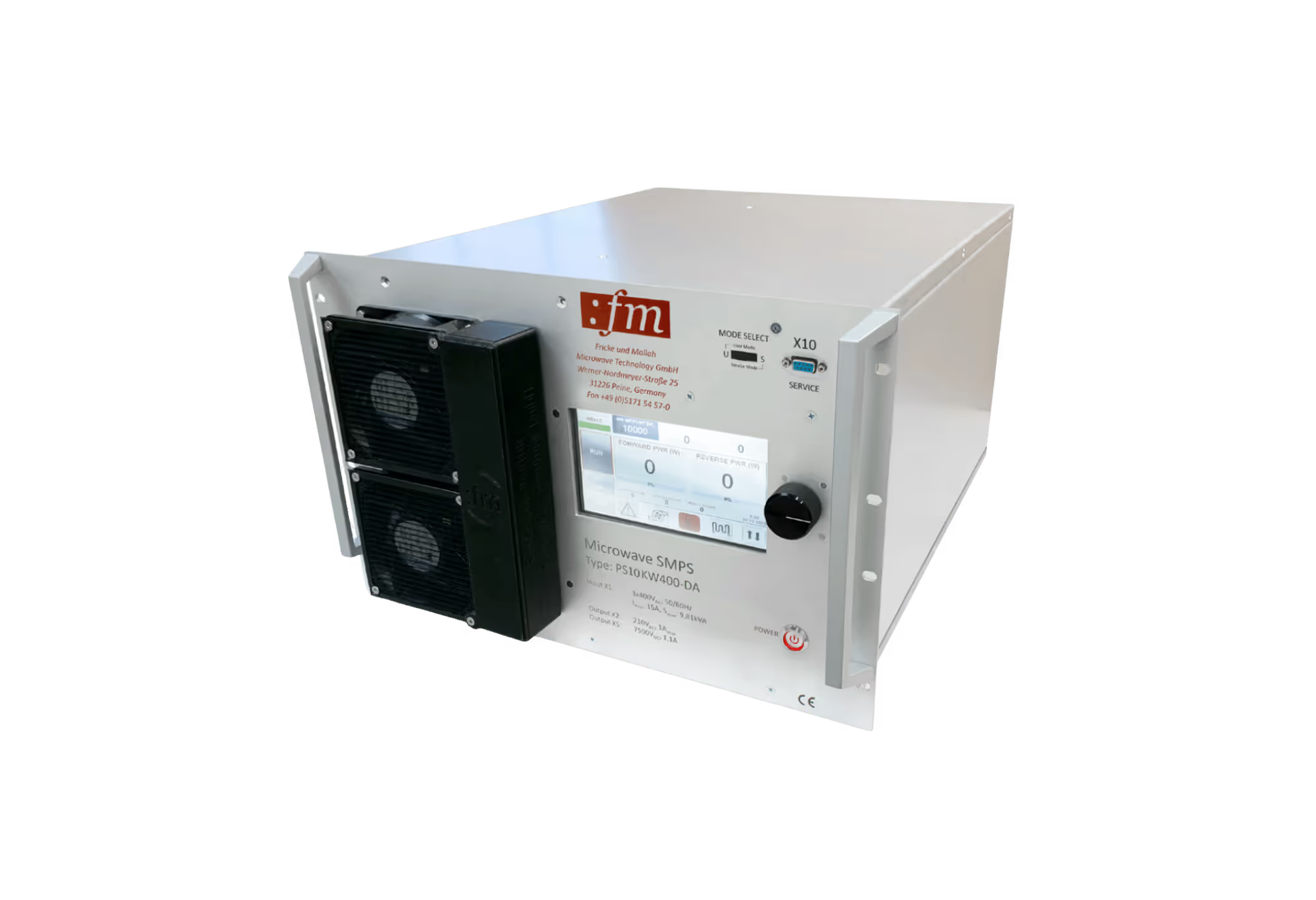
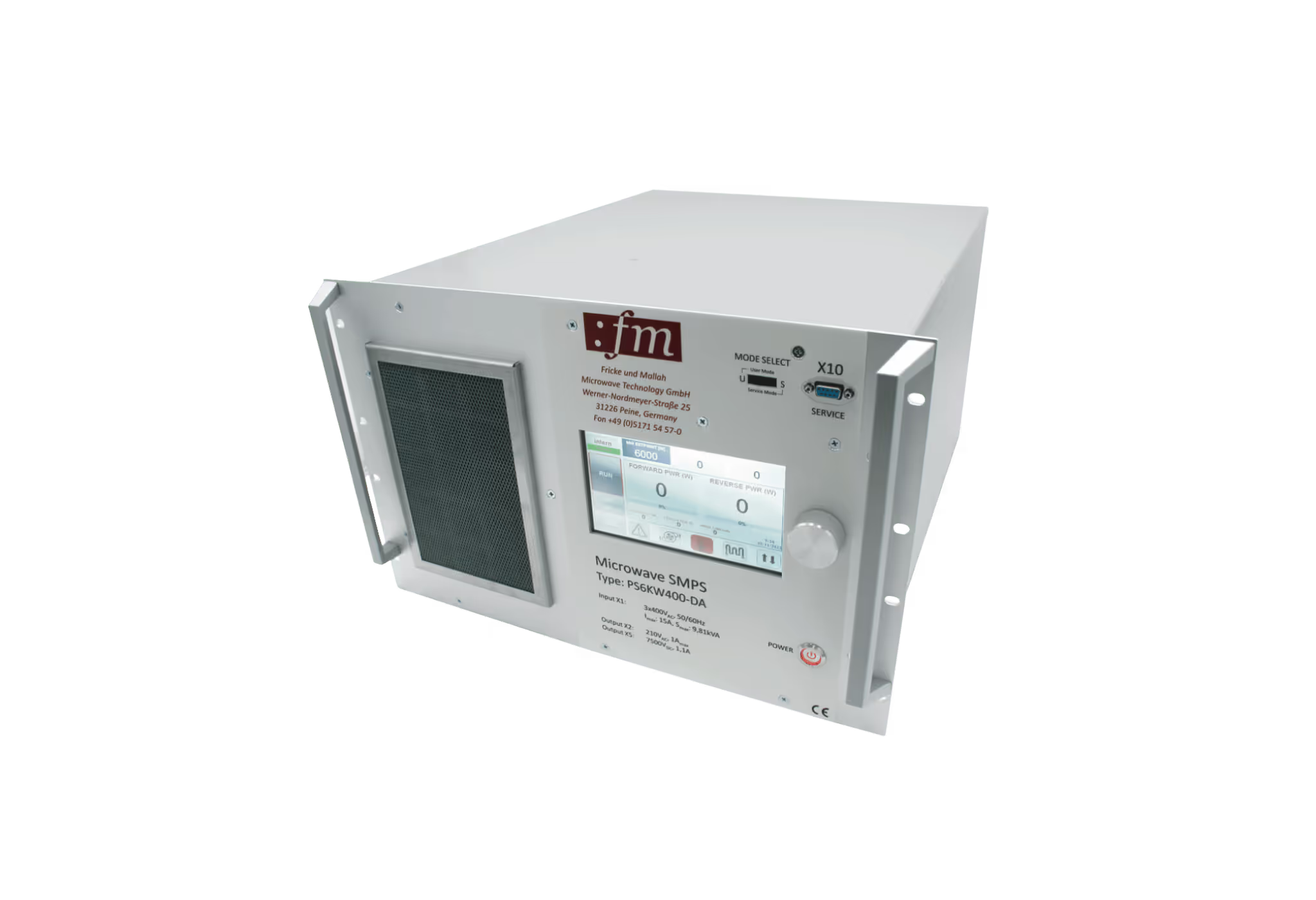
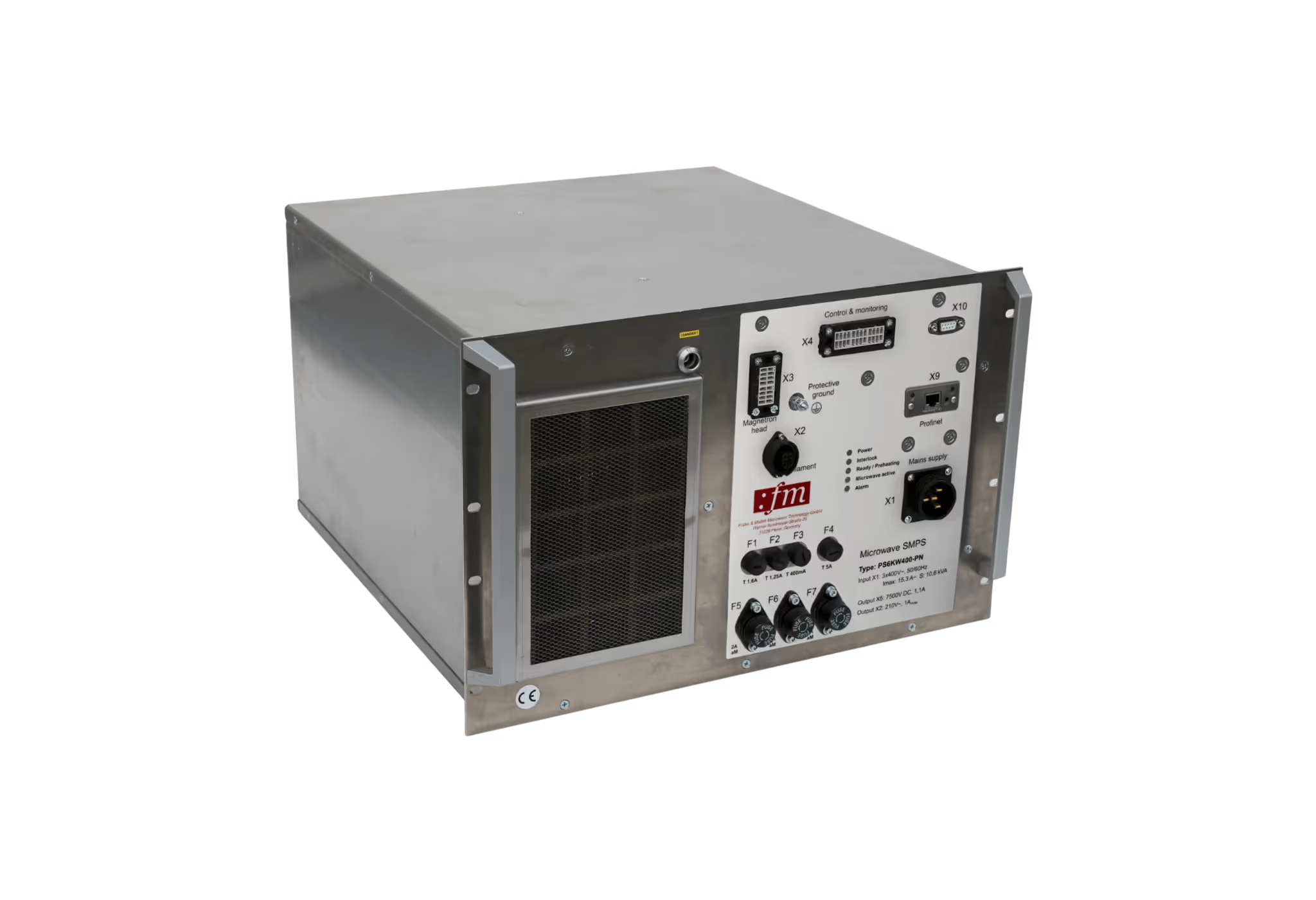
.avif)
.avif)
.avif)
.avif)
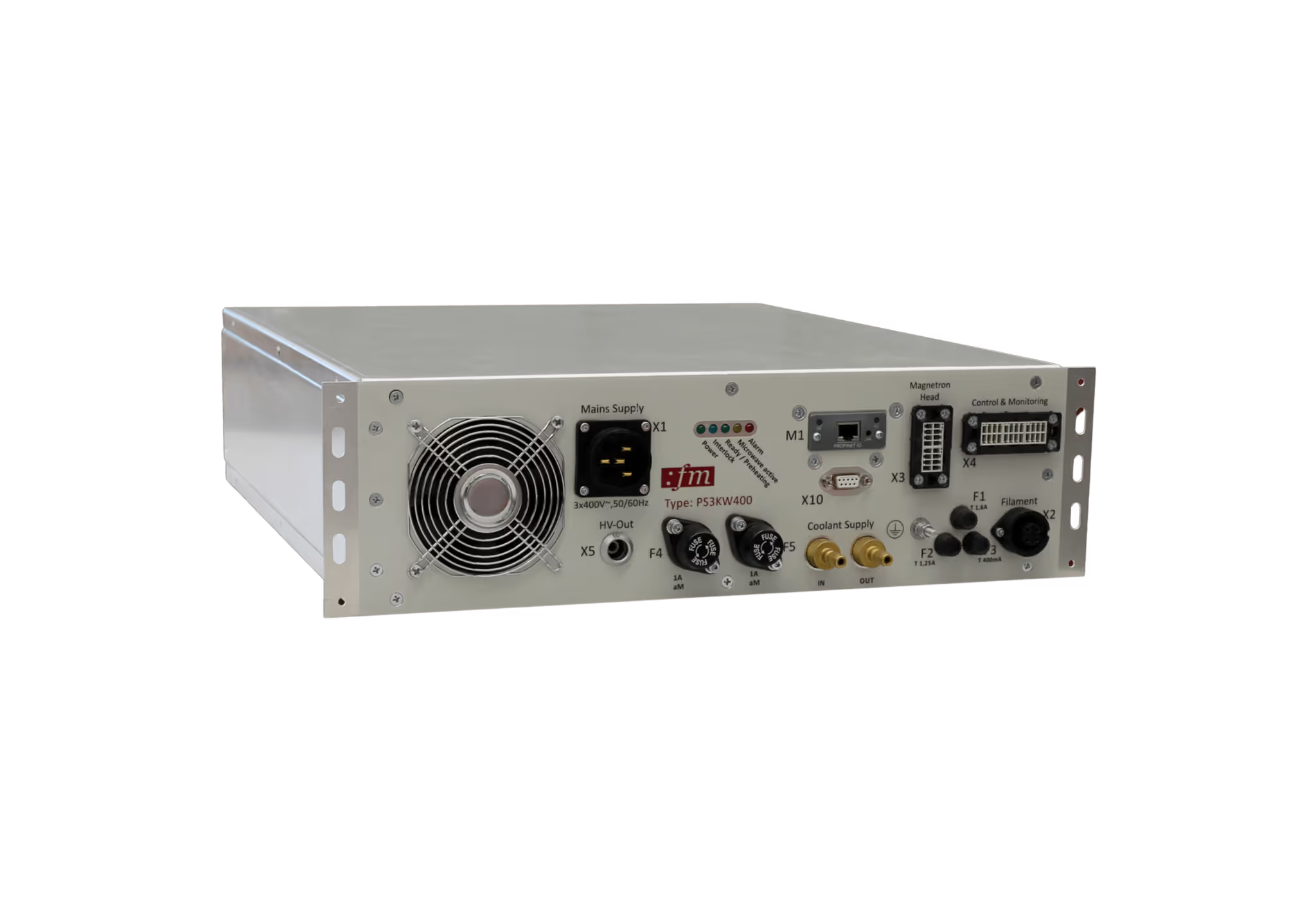
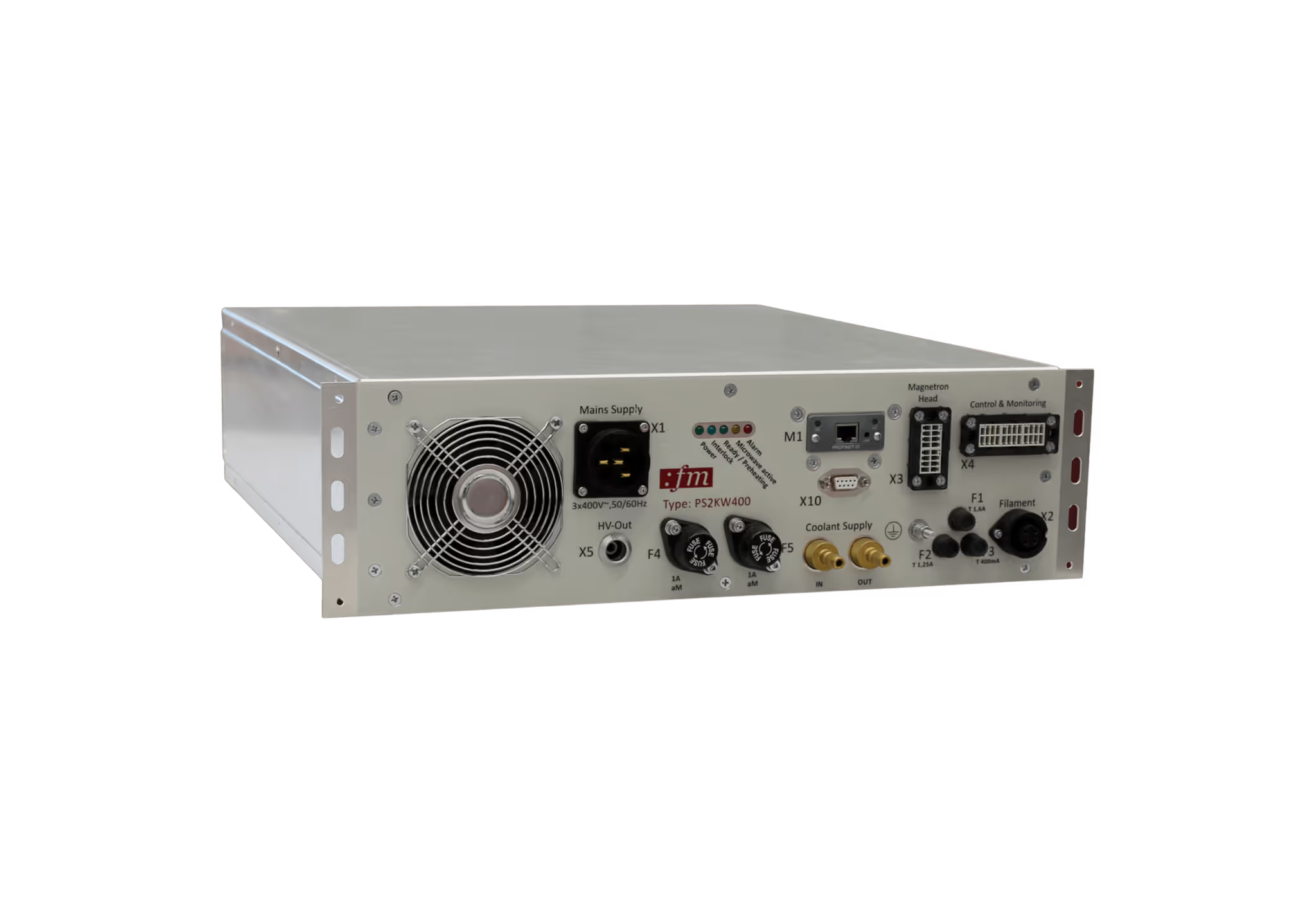


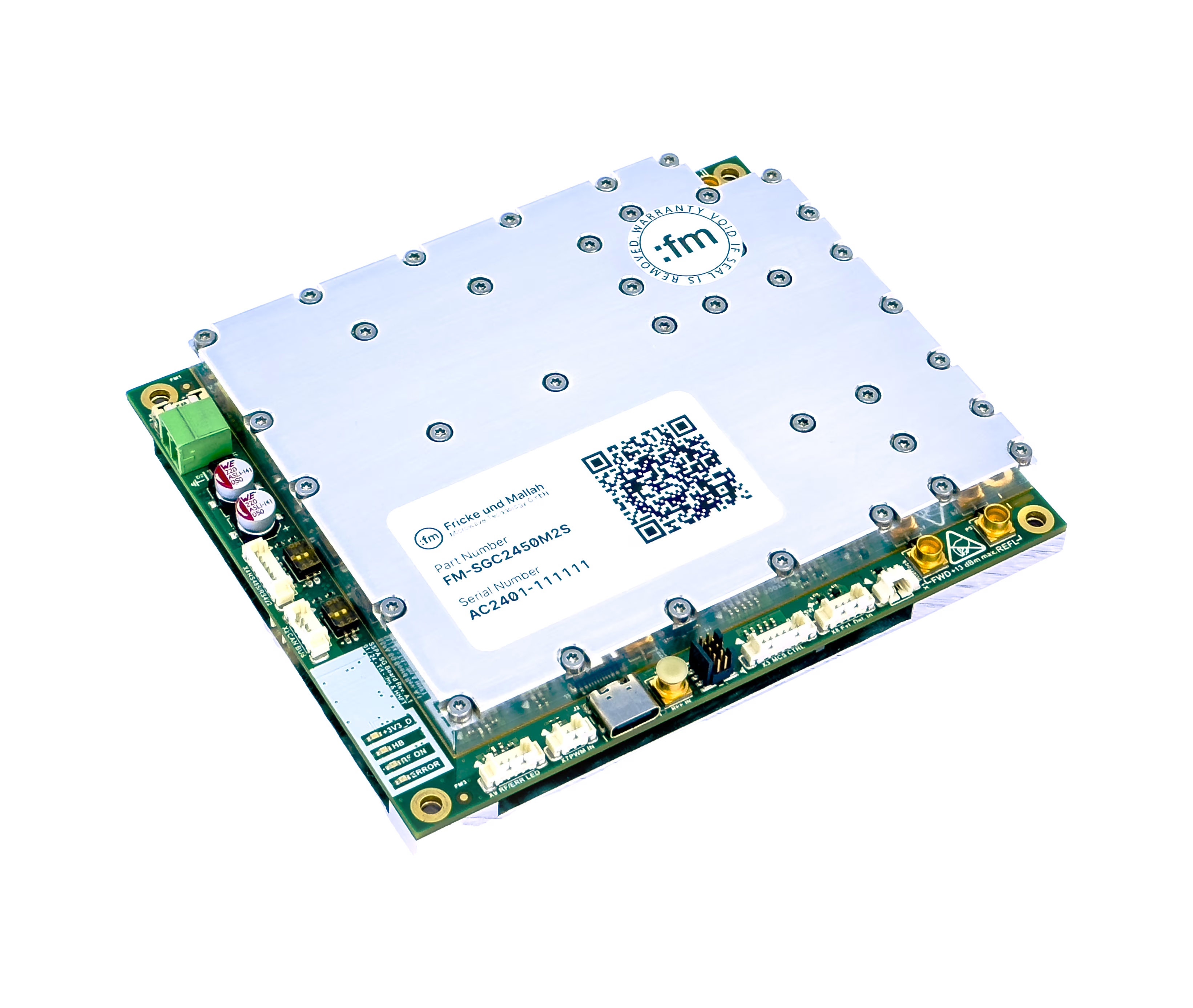
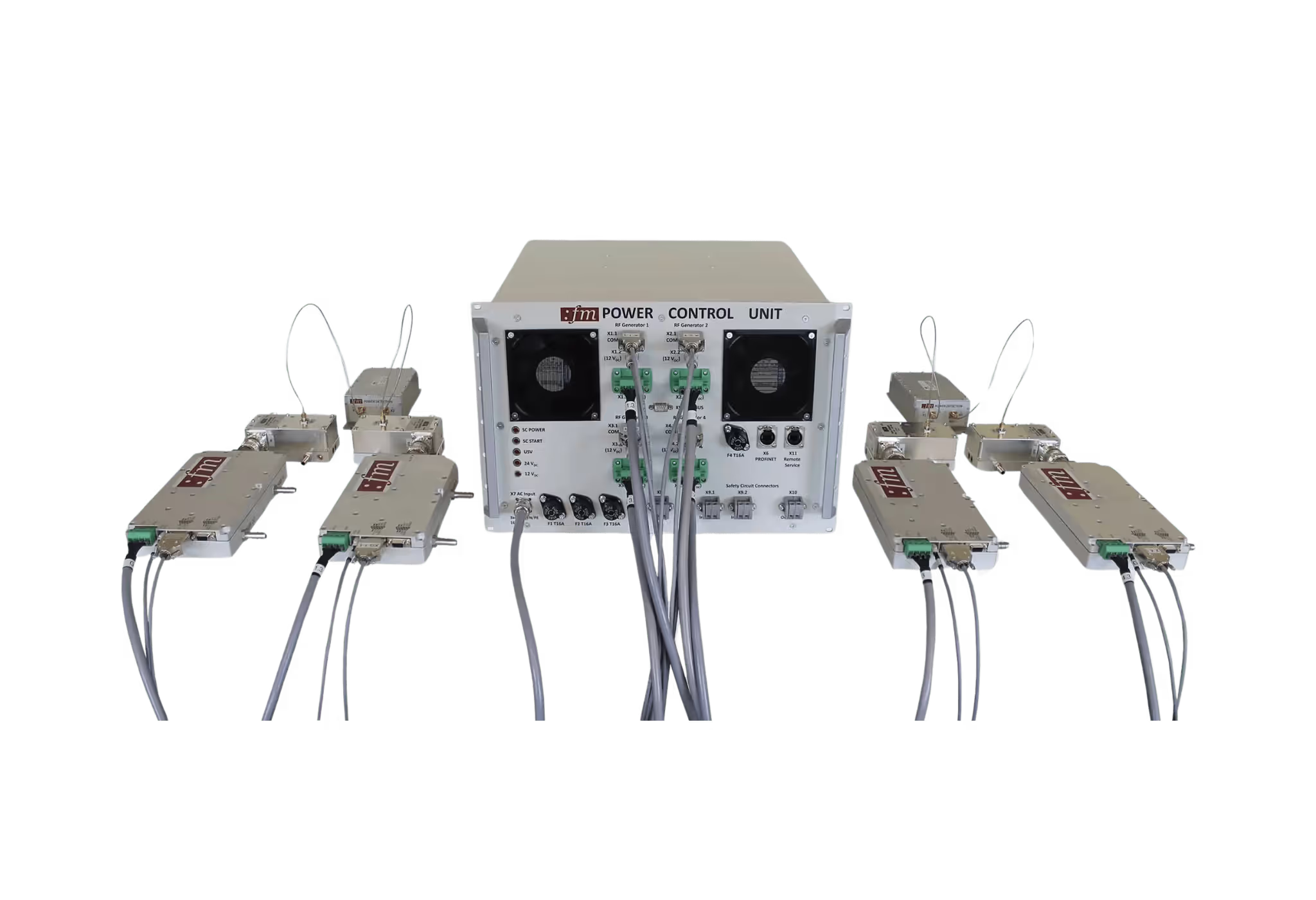
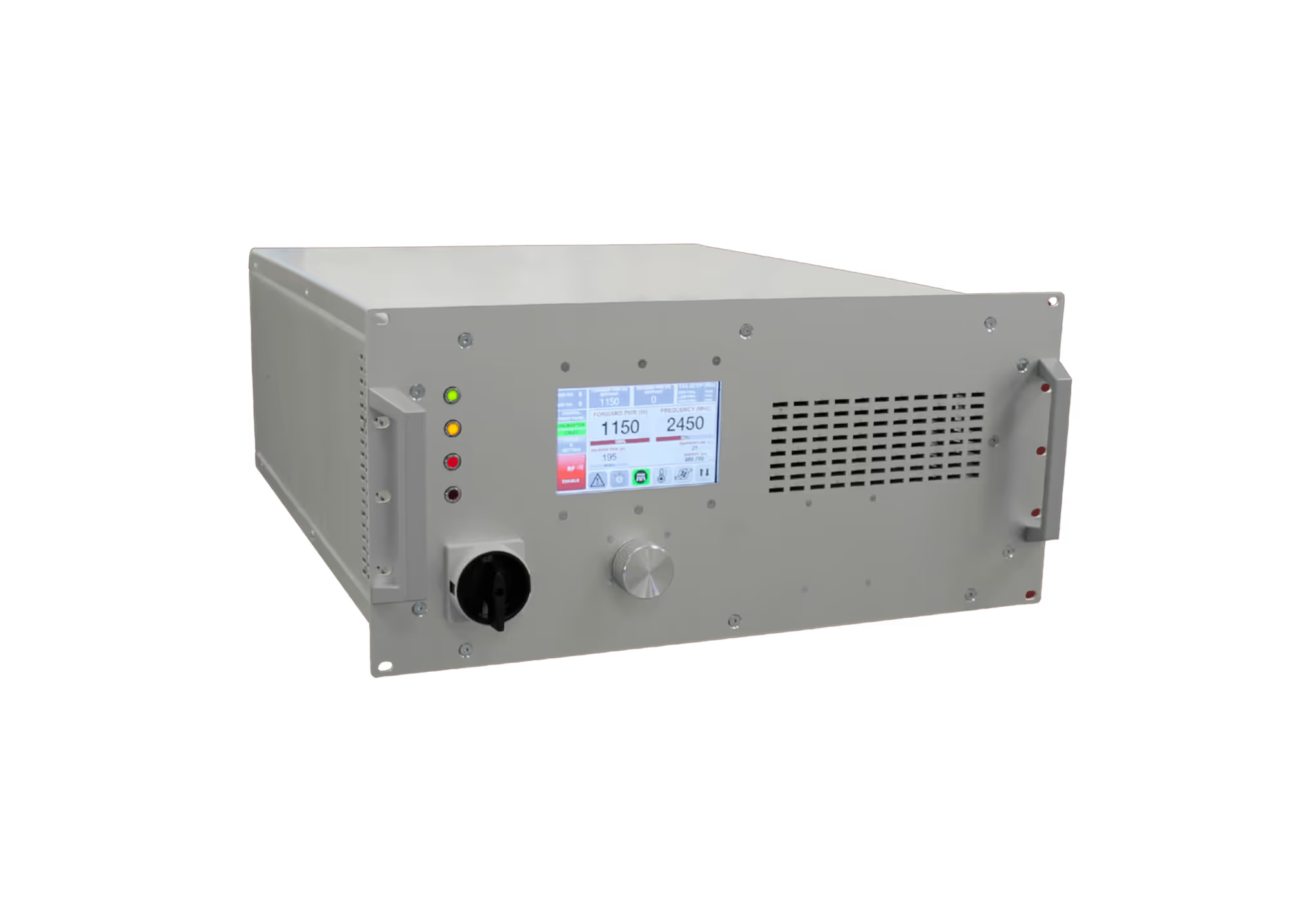
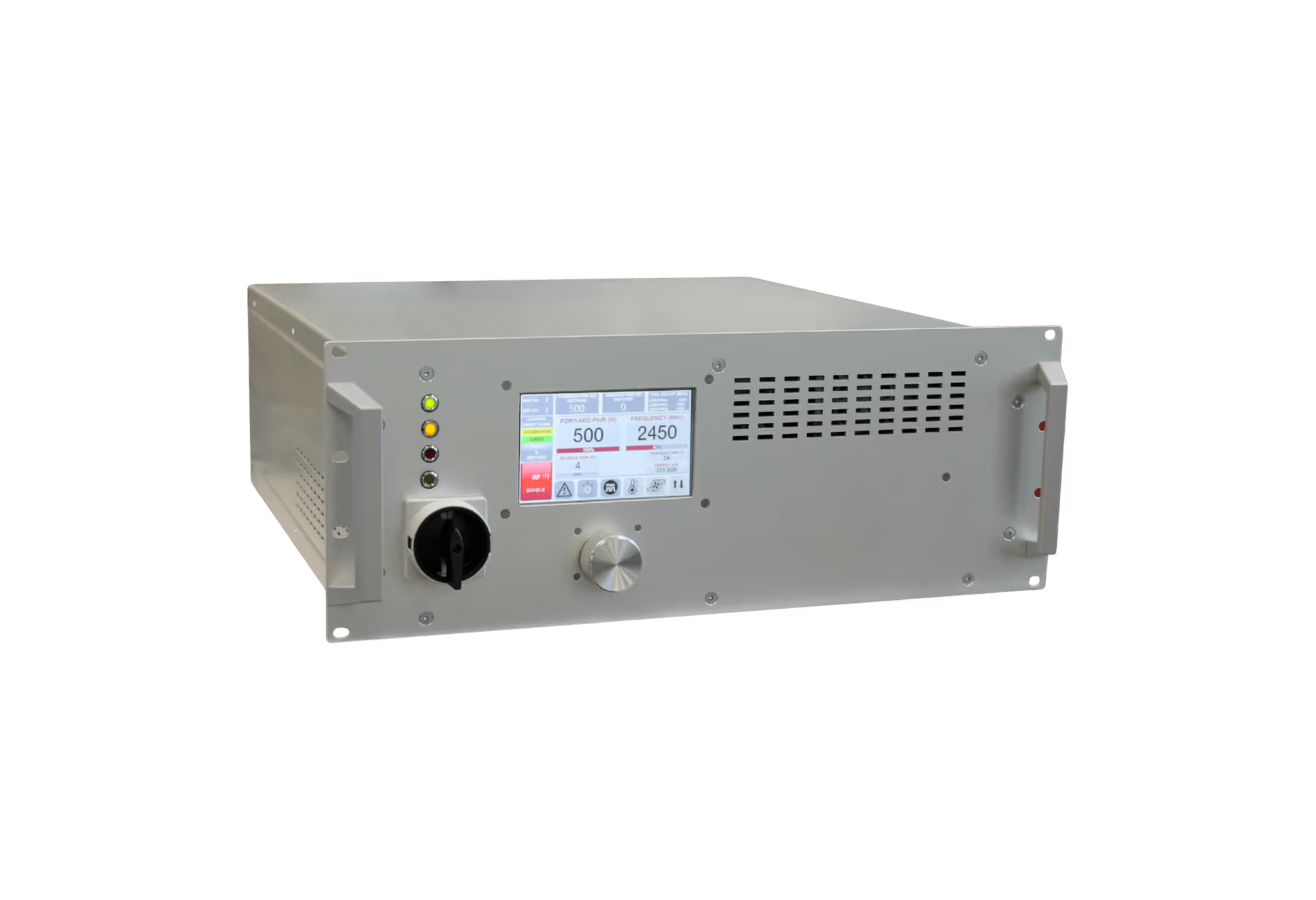

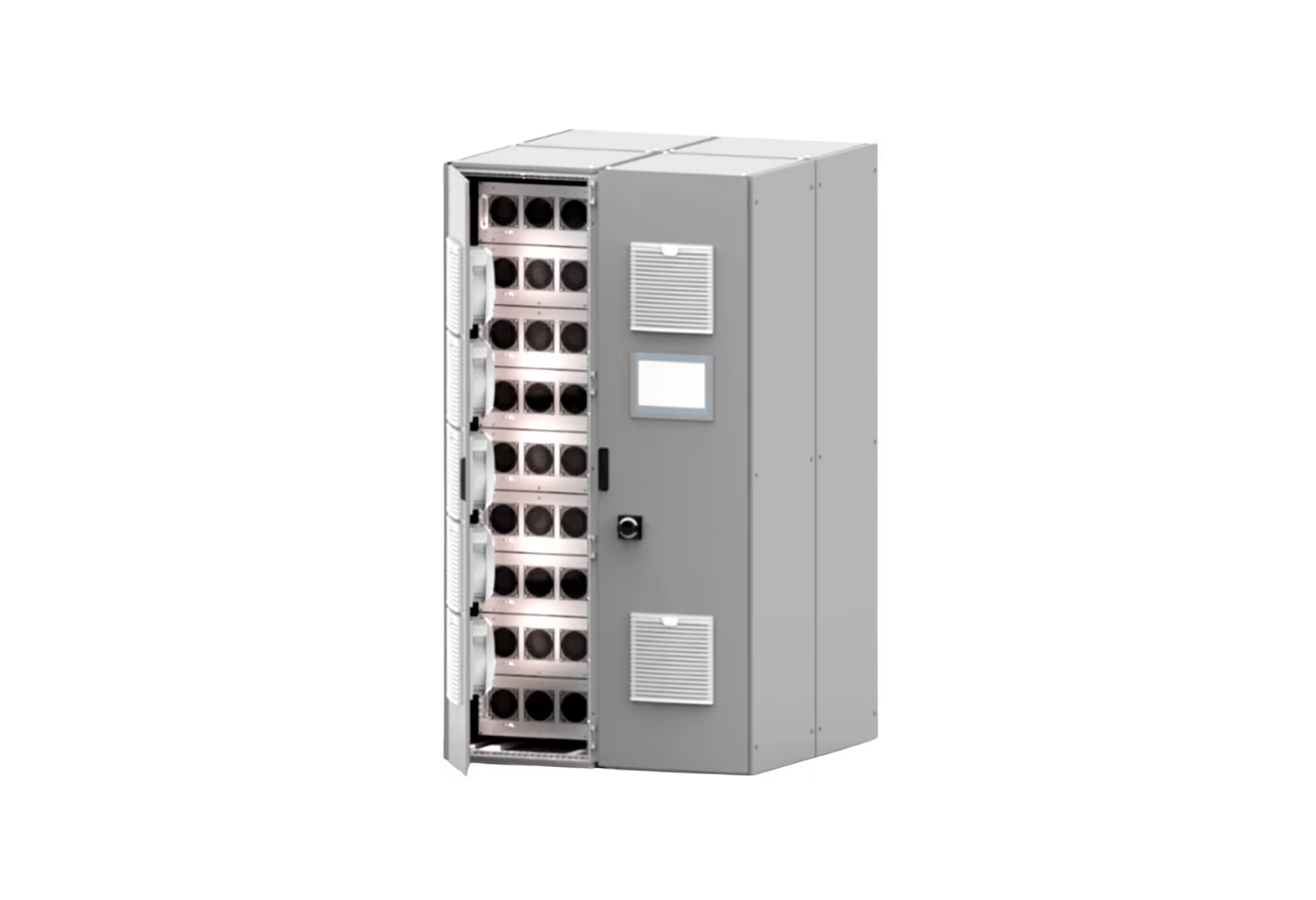
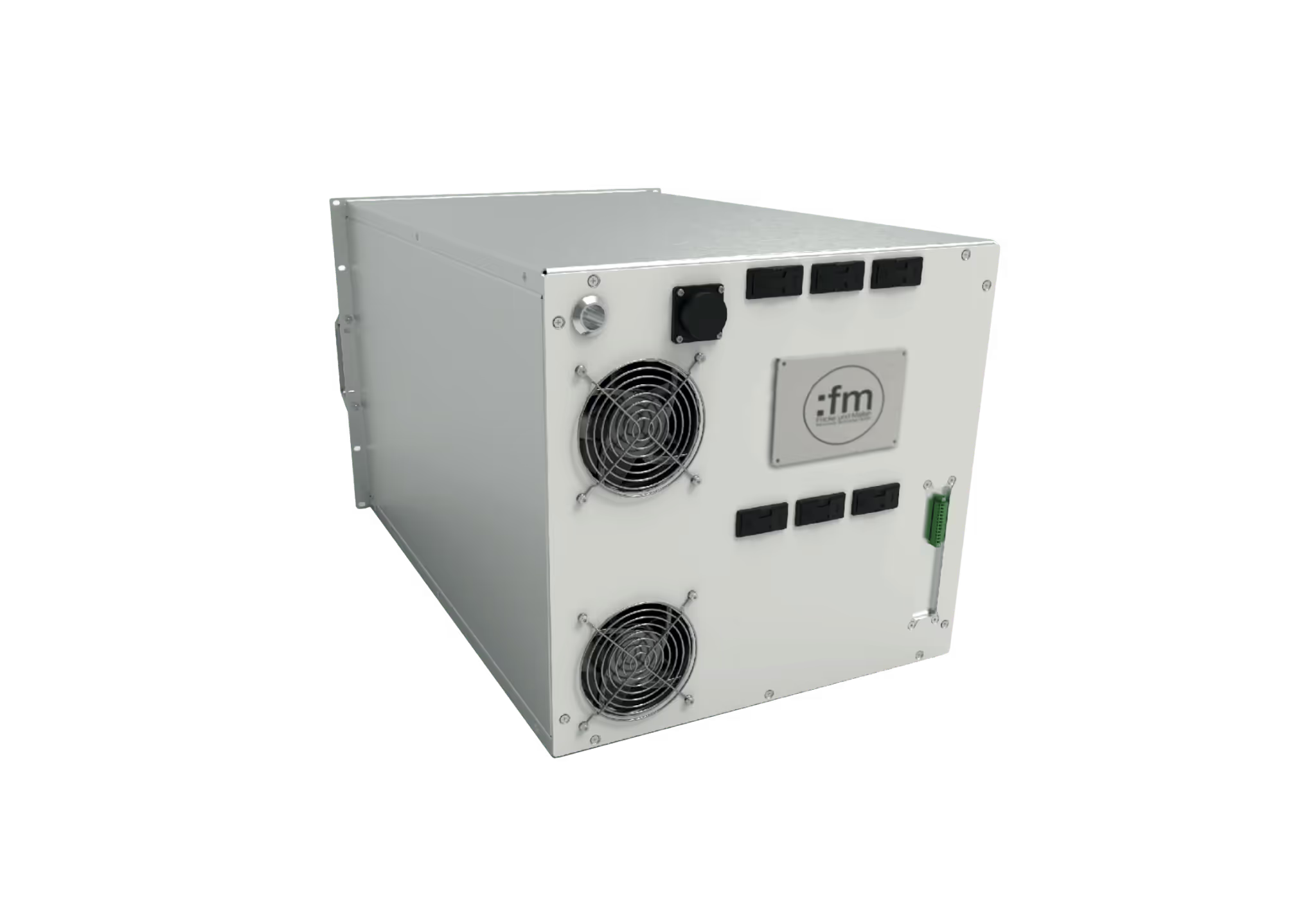
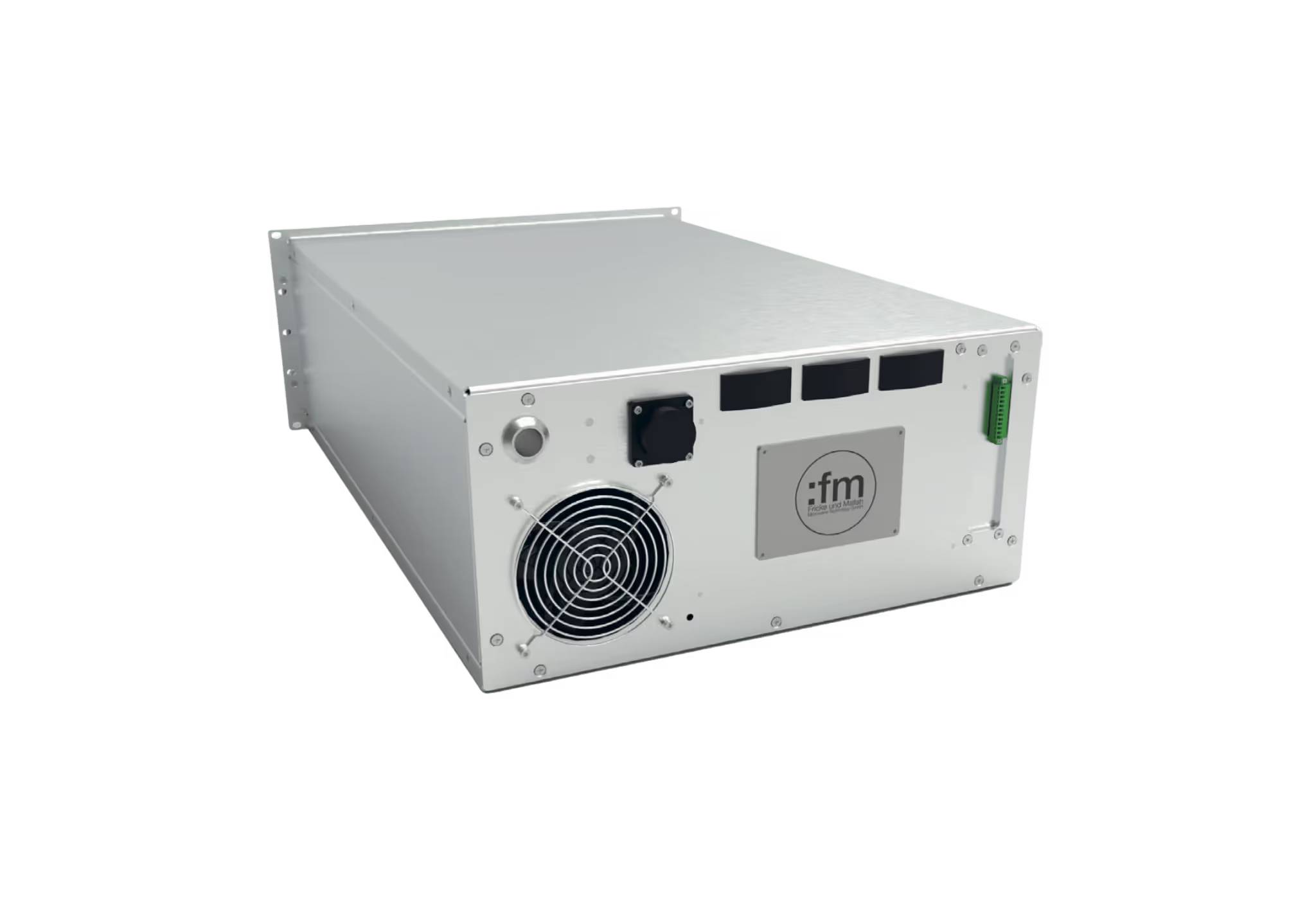
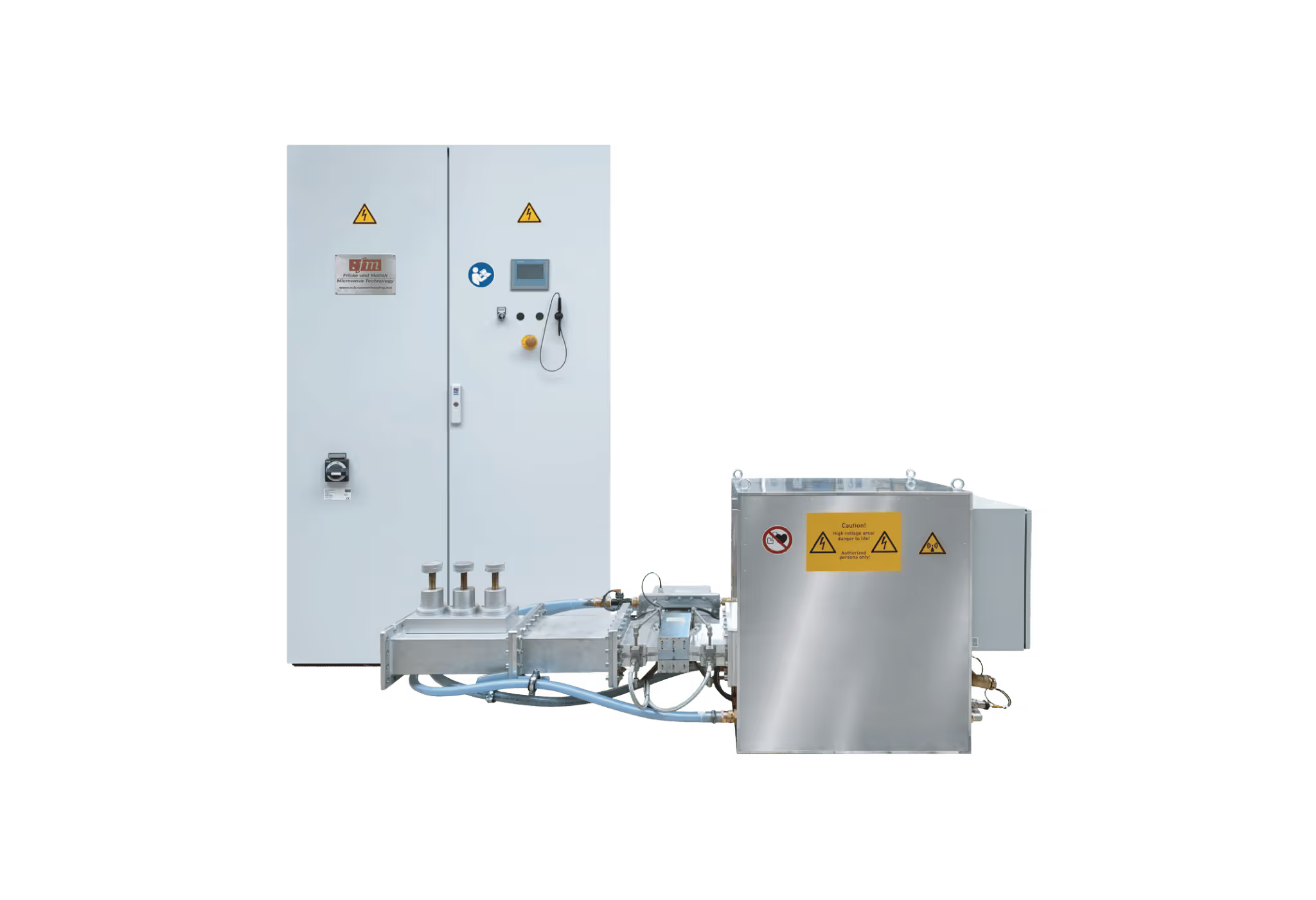
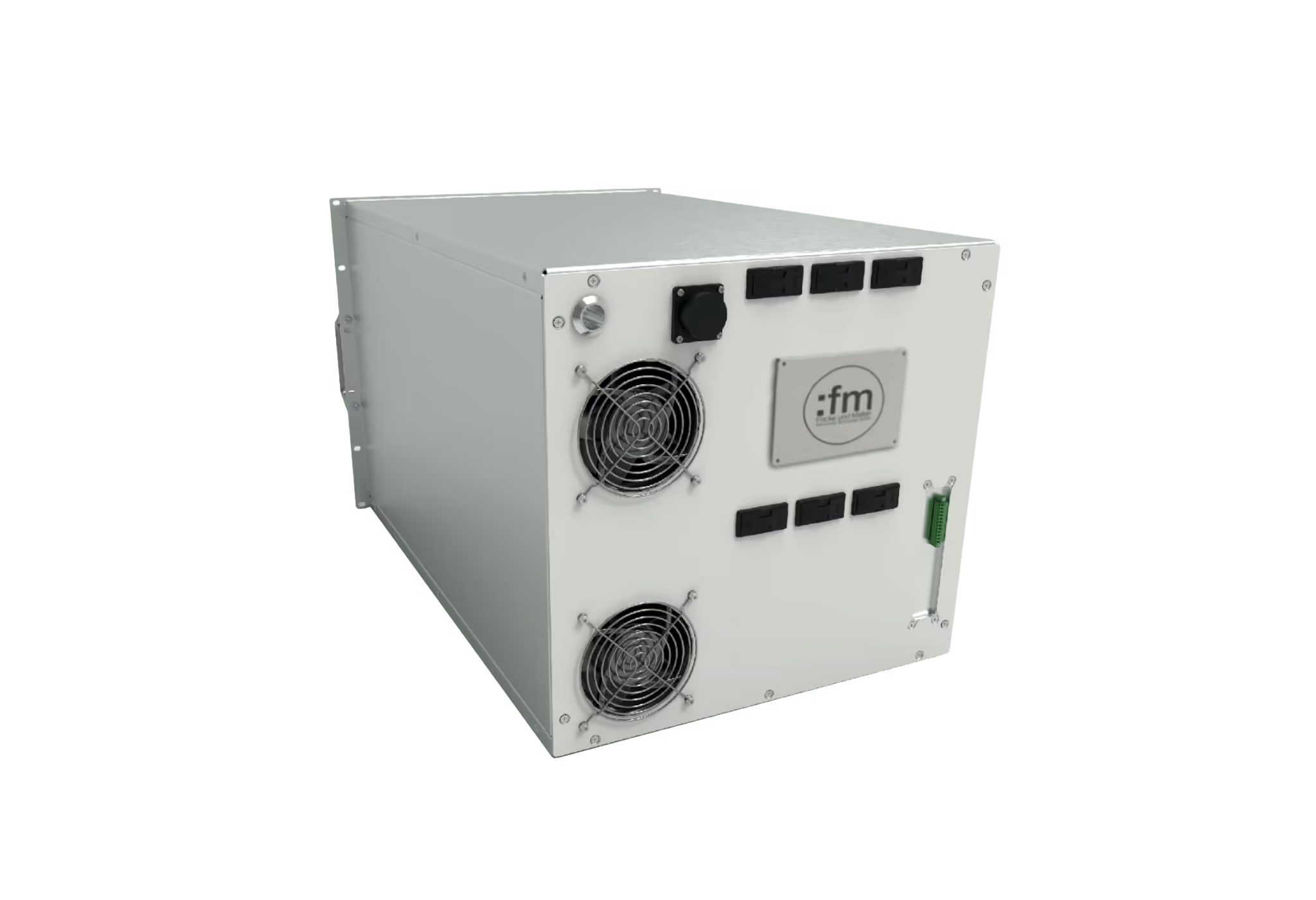
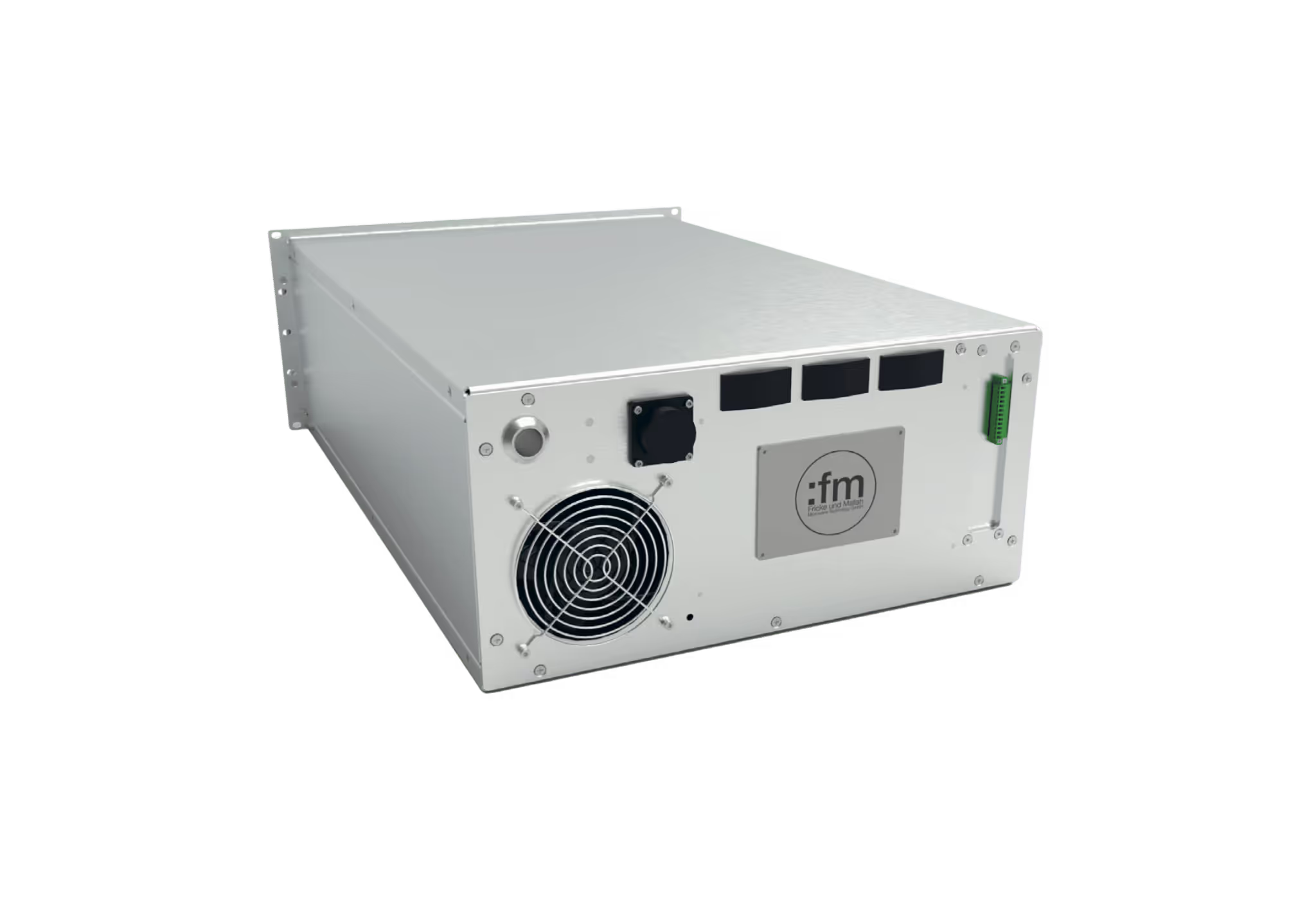
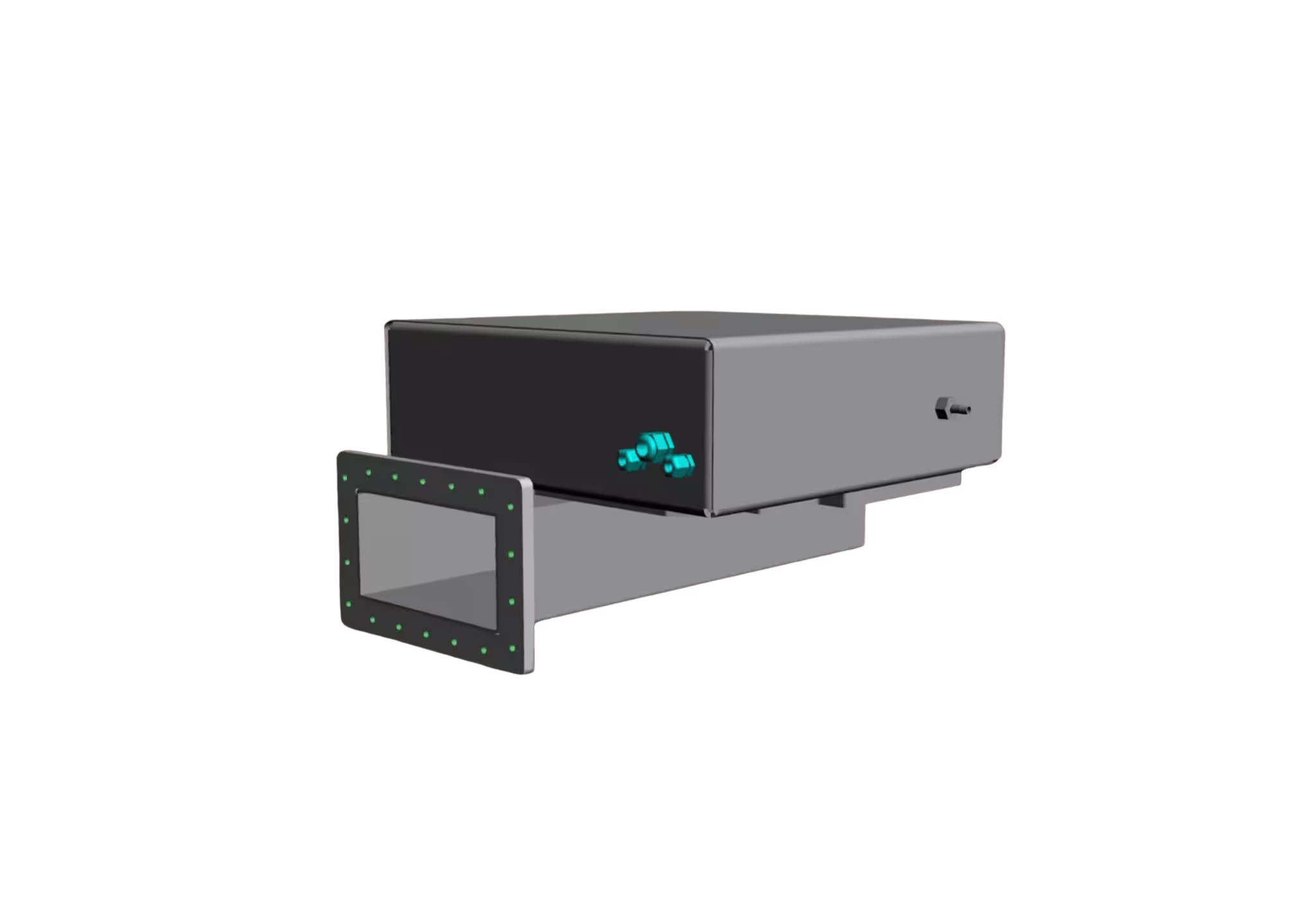
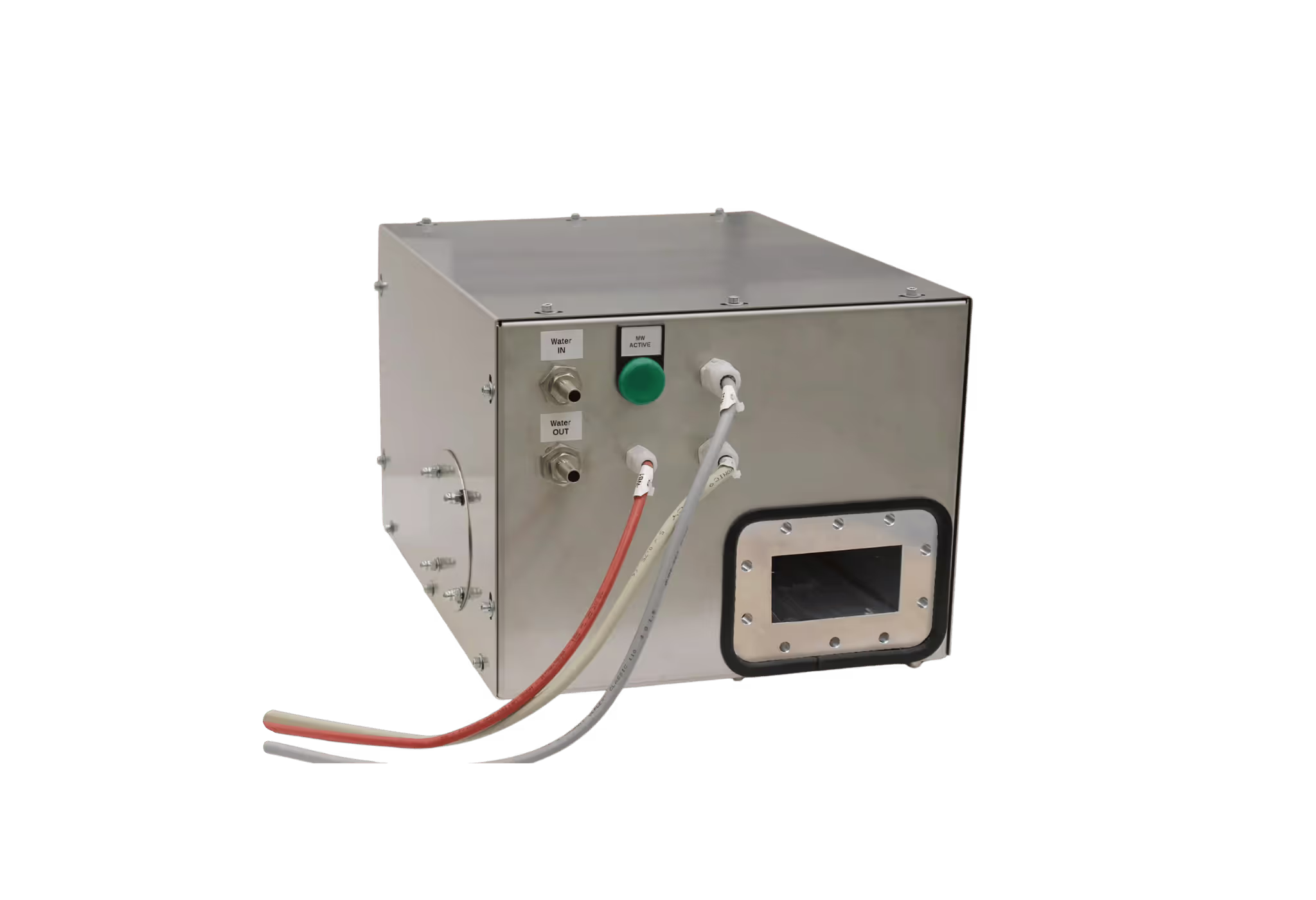
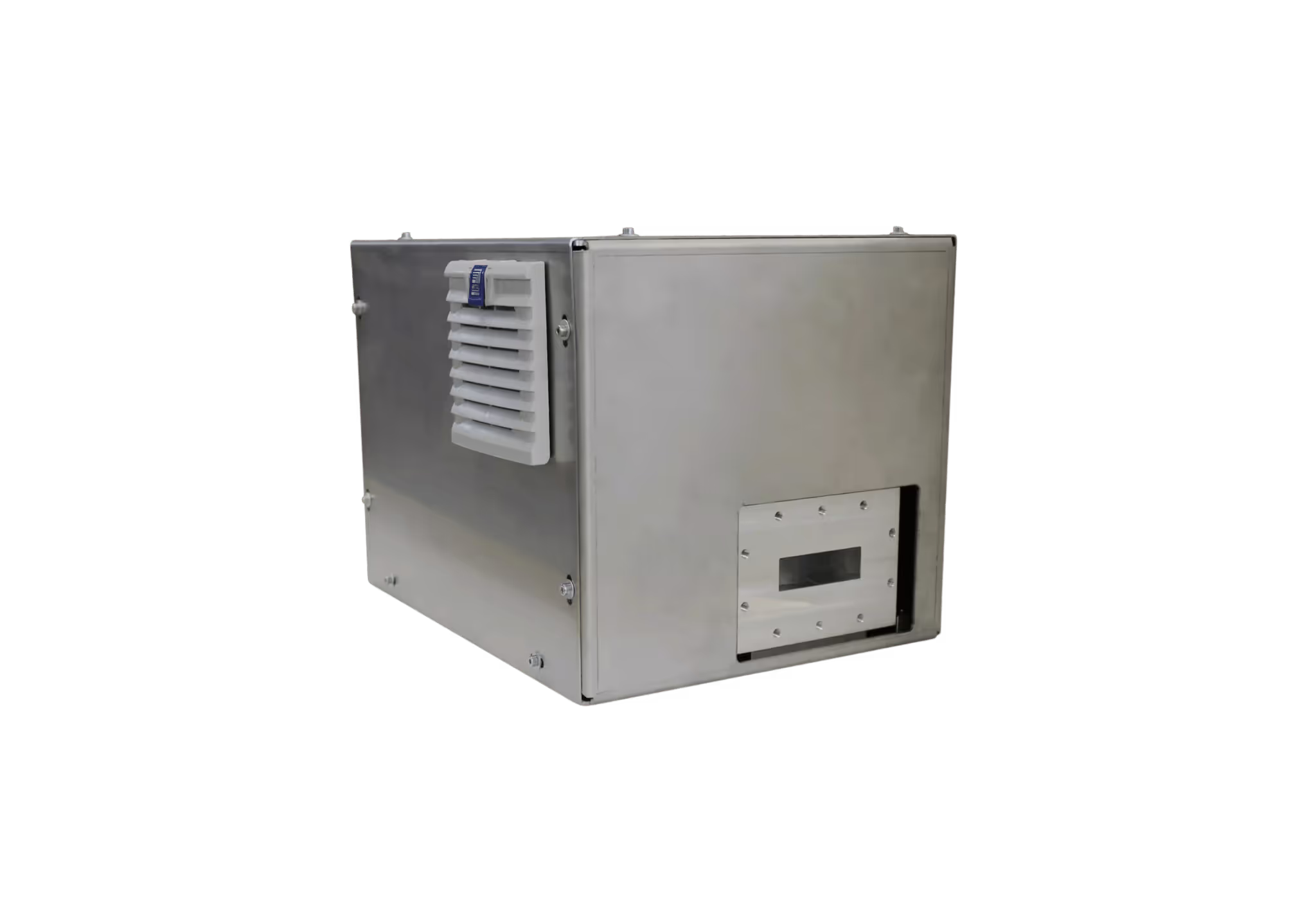
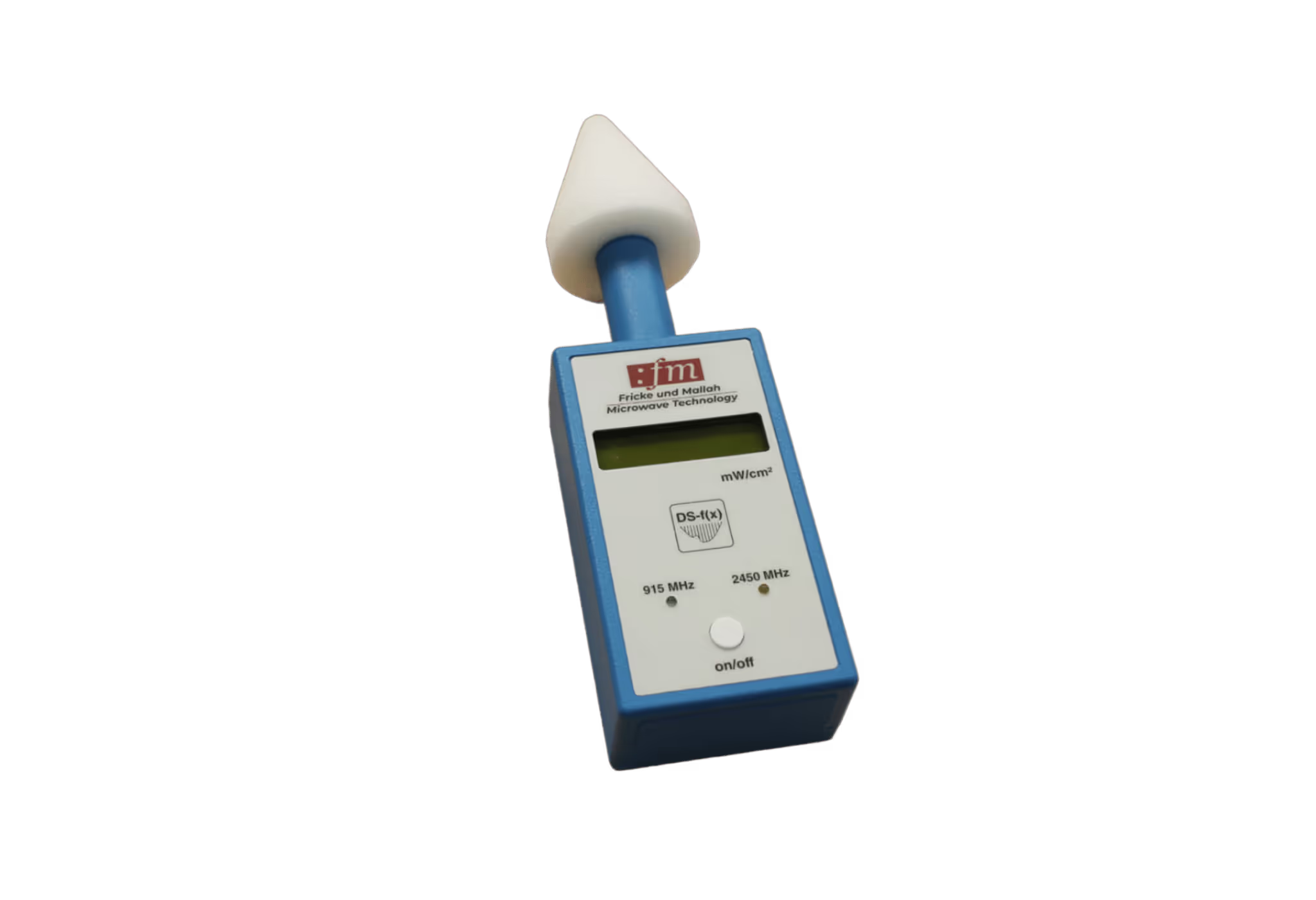
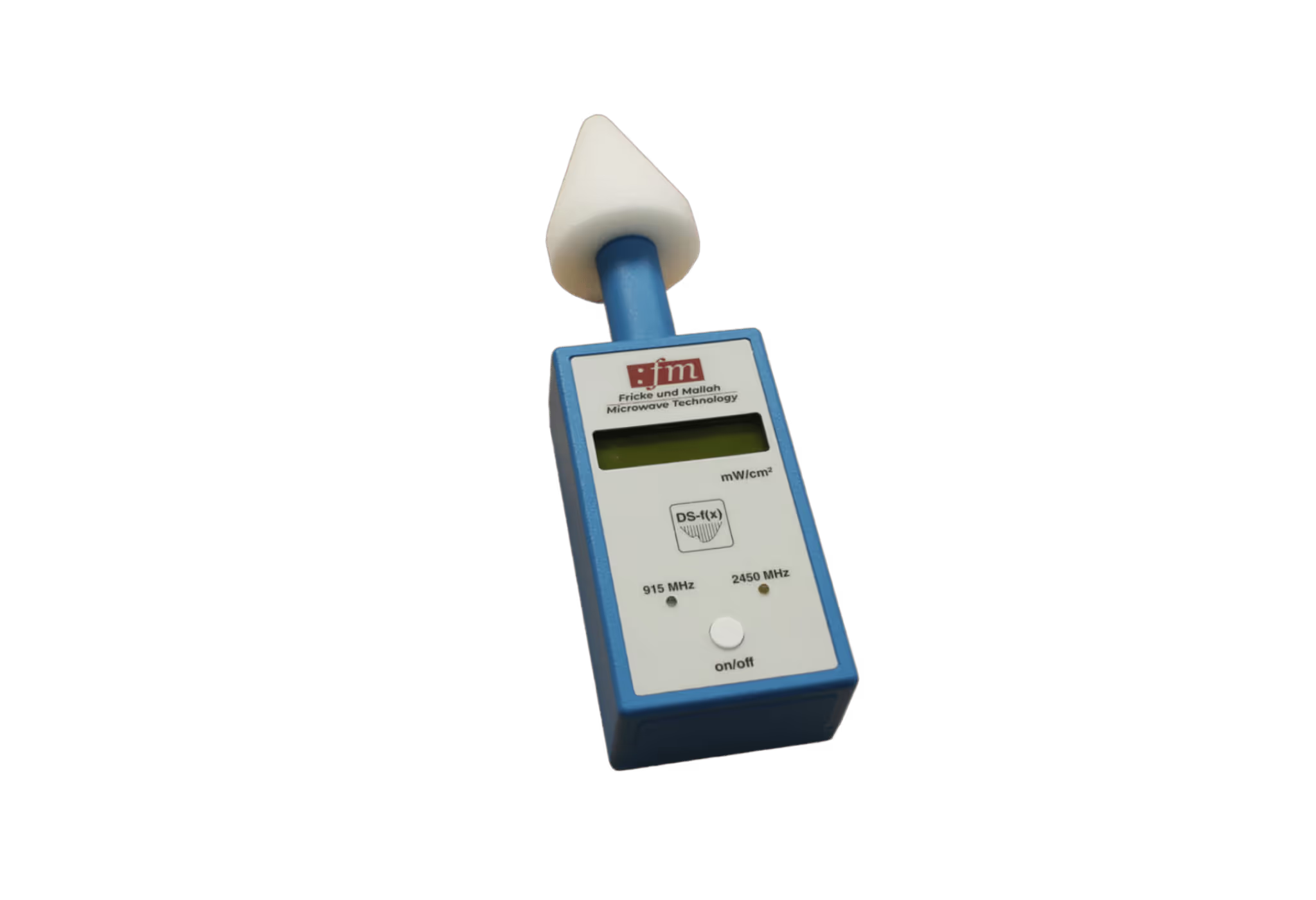
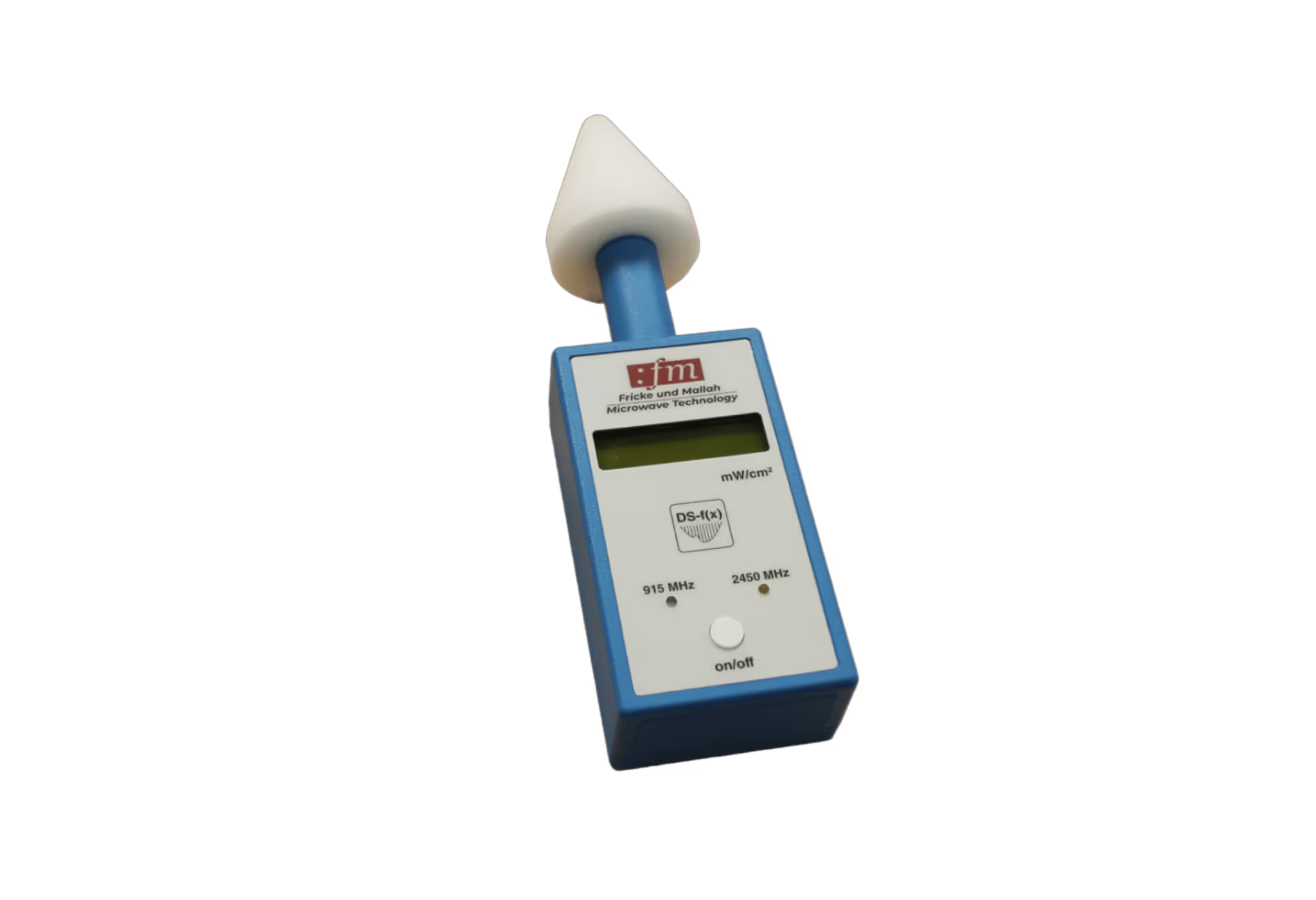
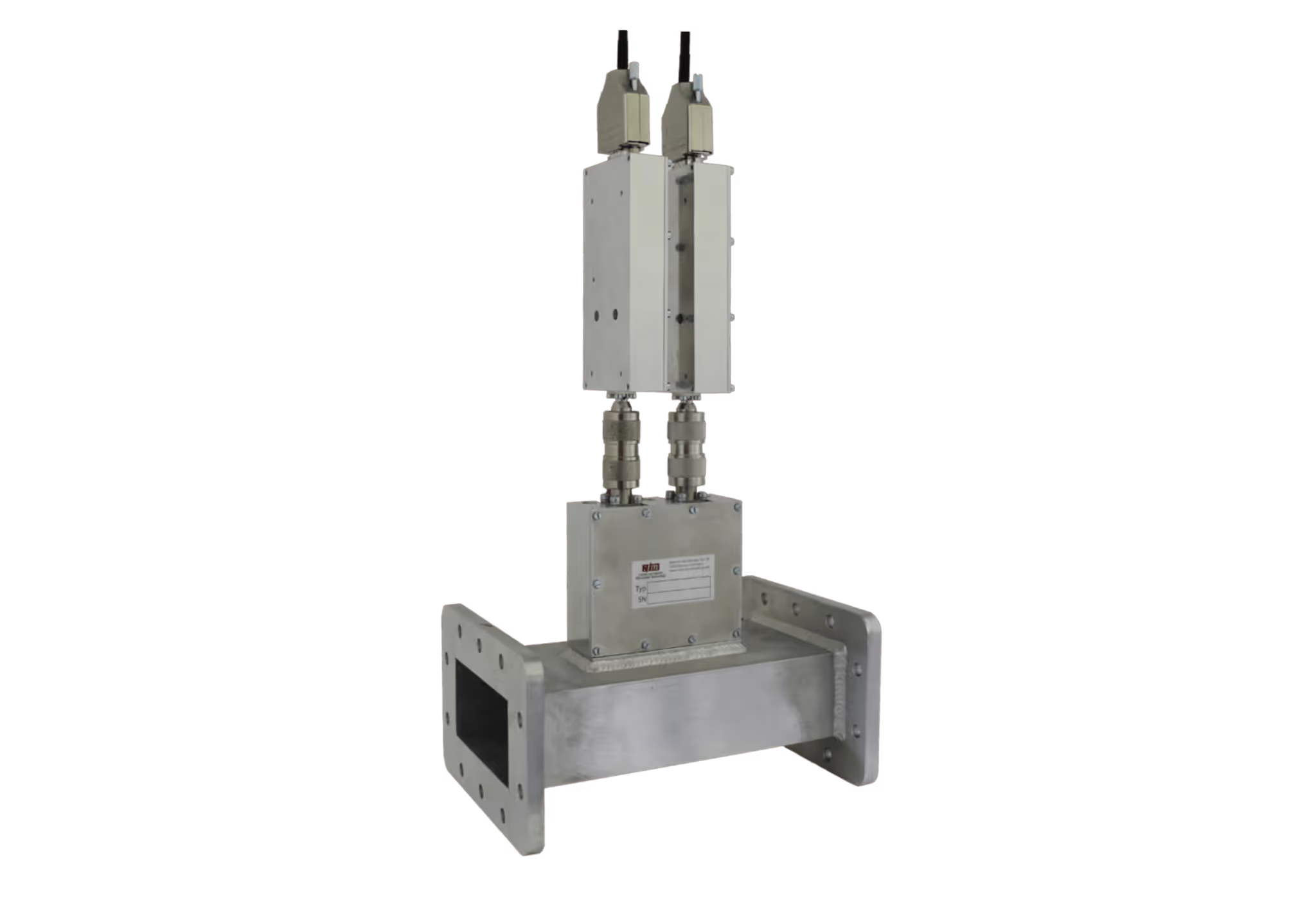
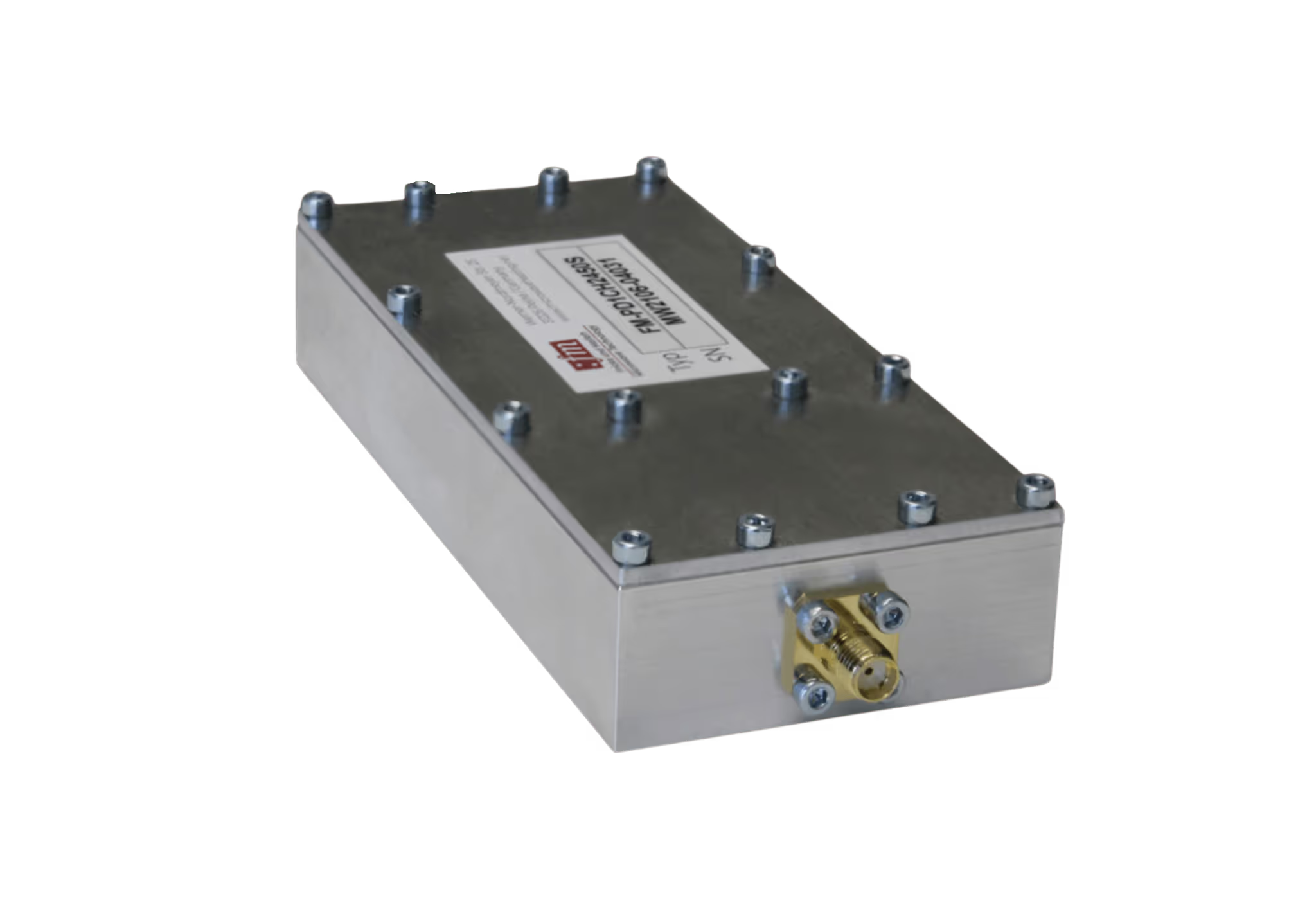
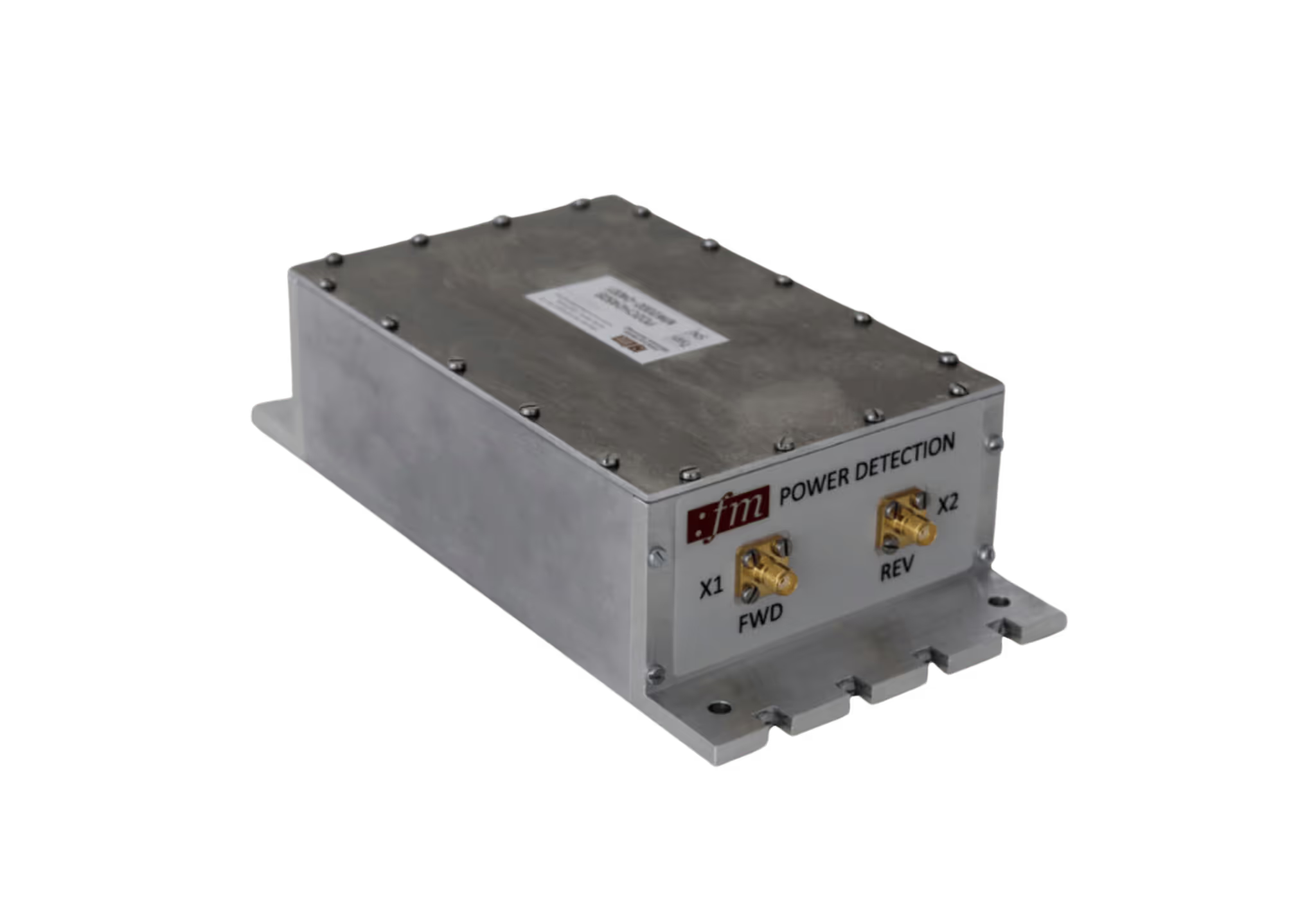

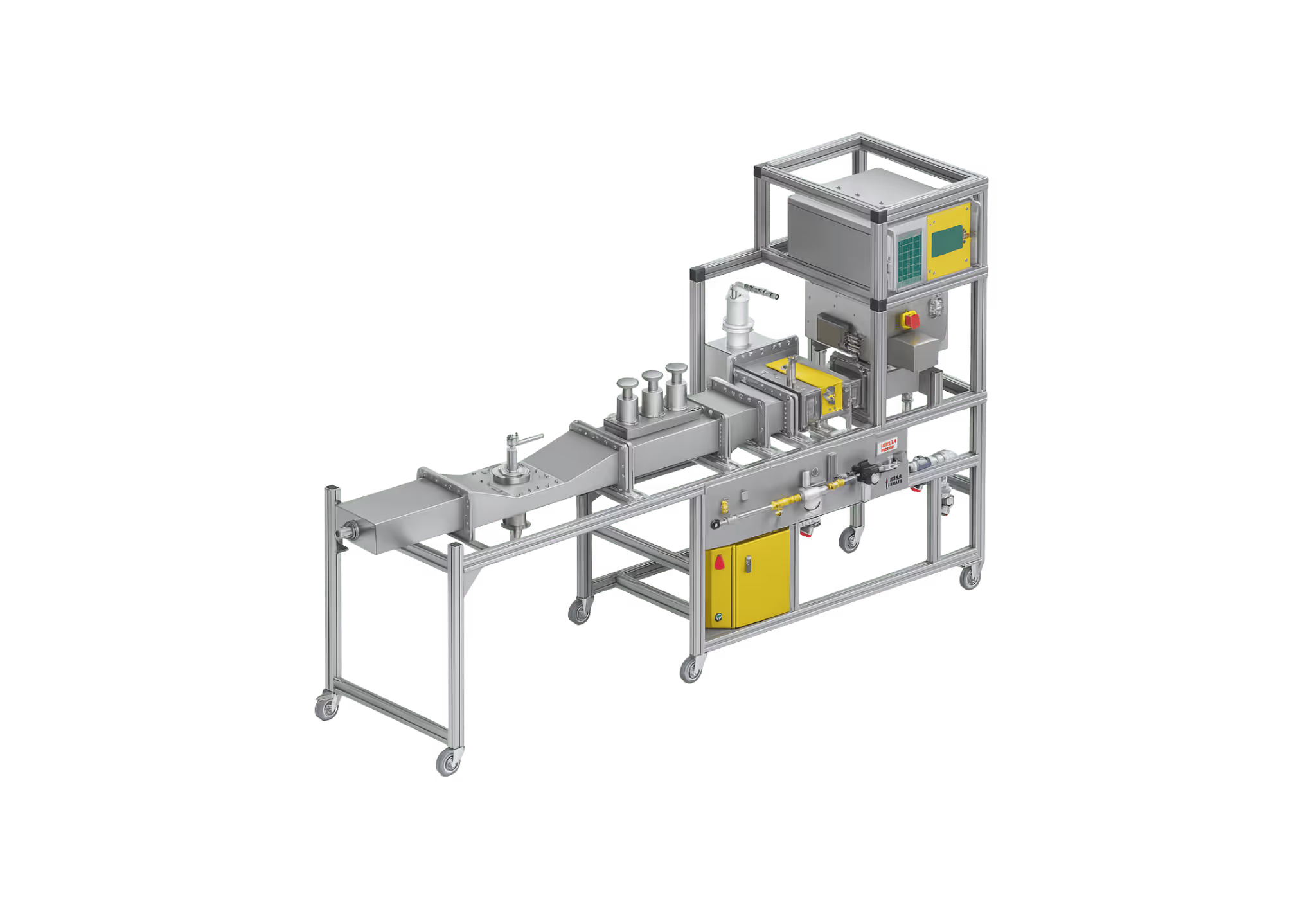
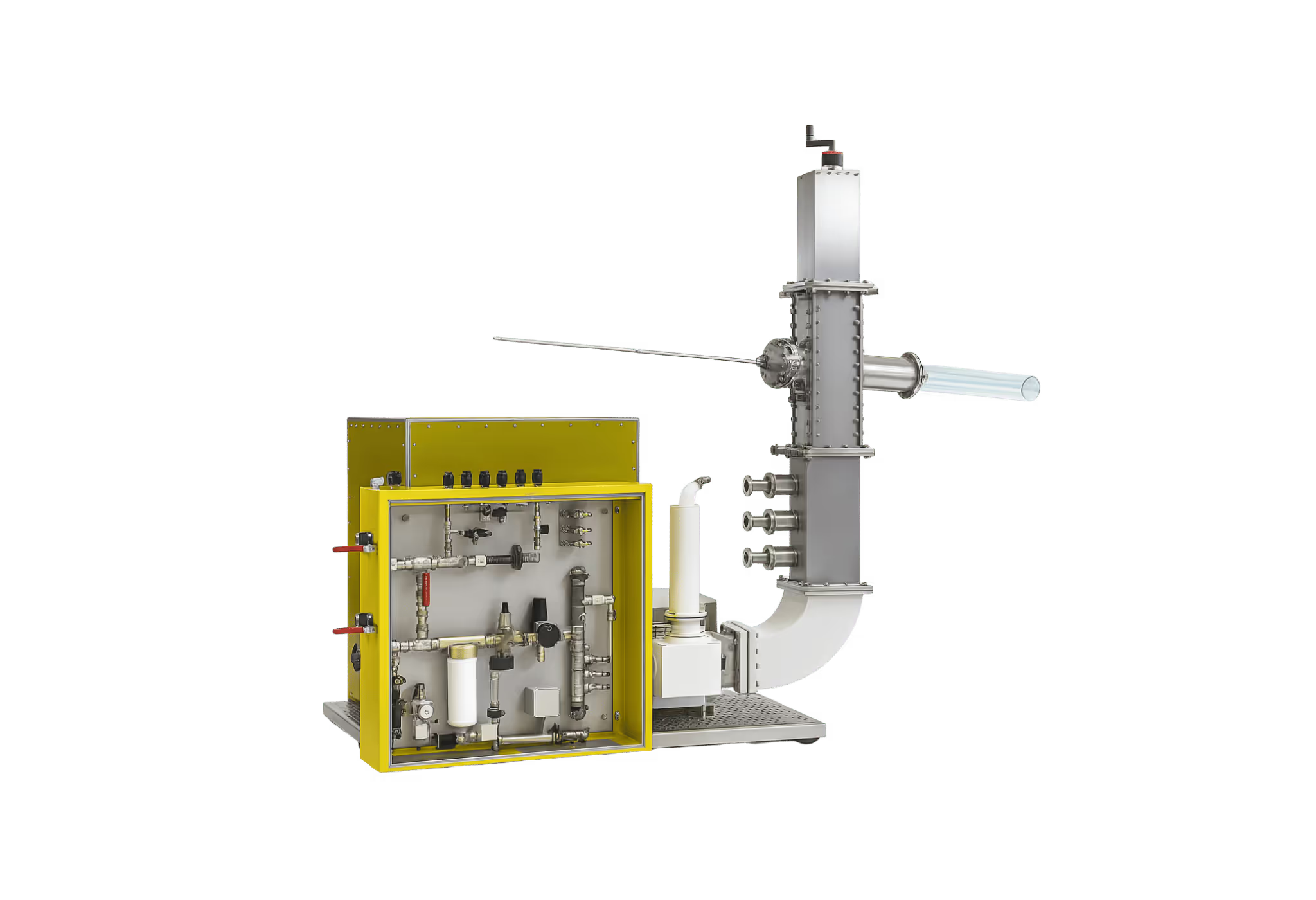
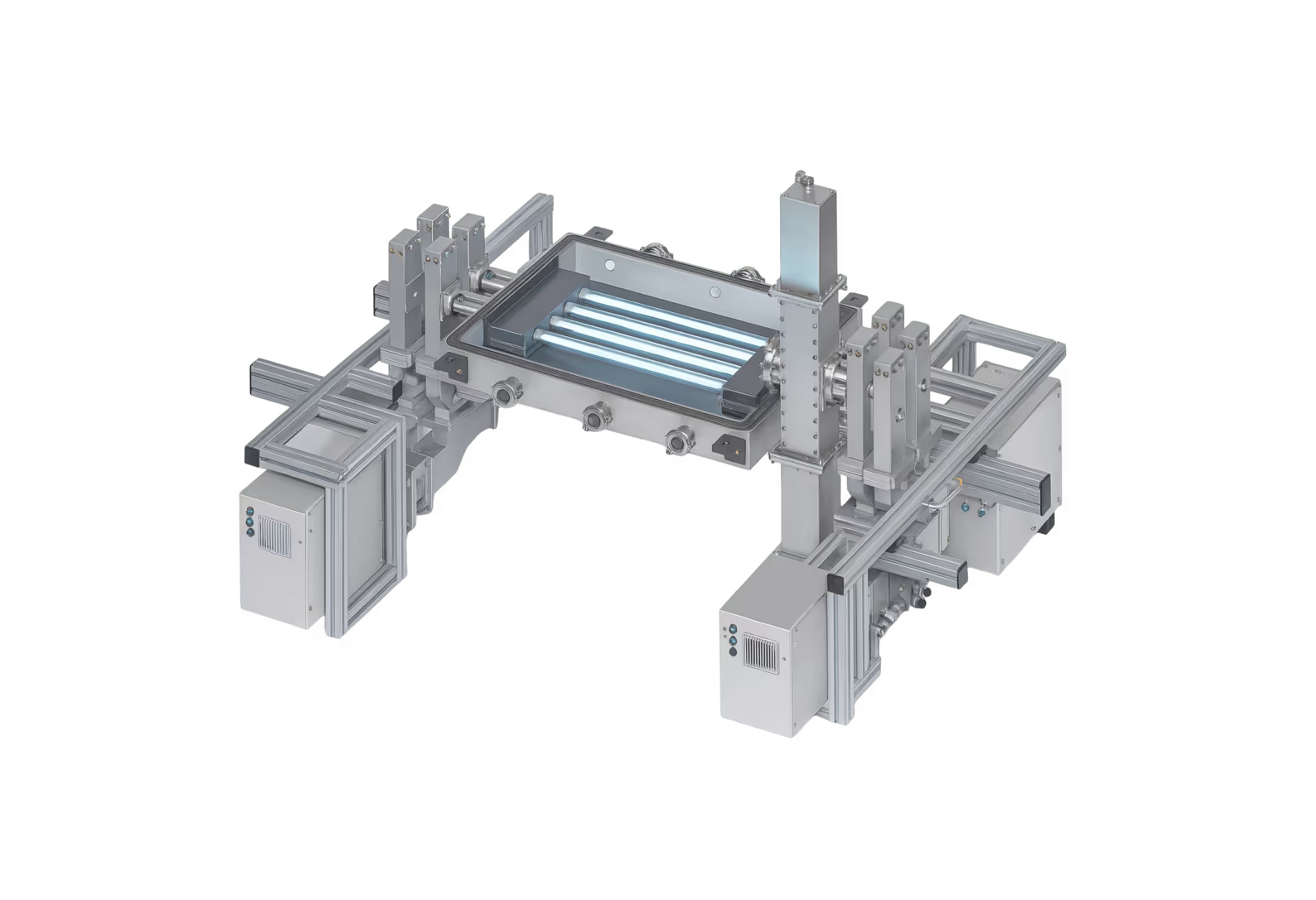
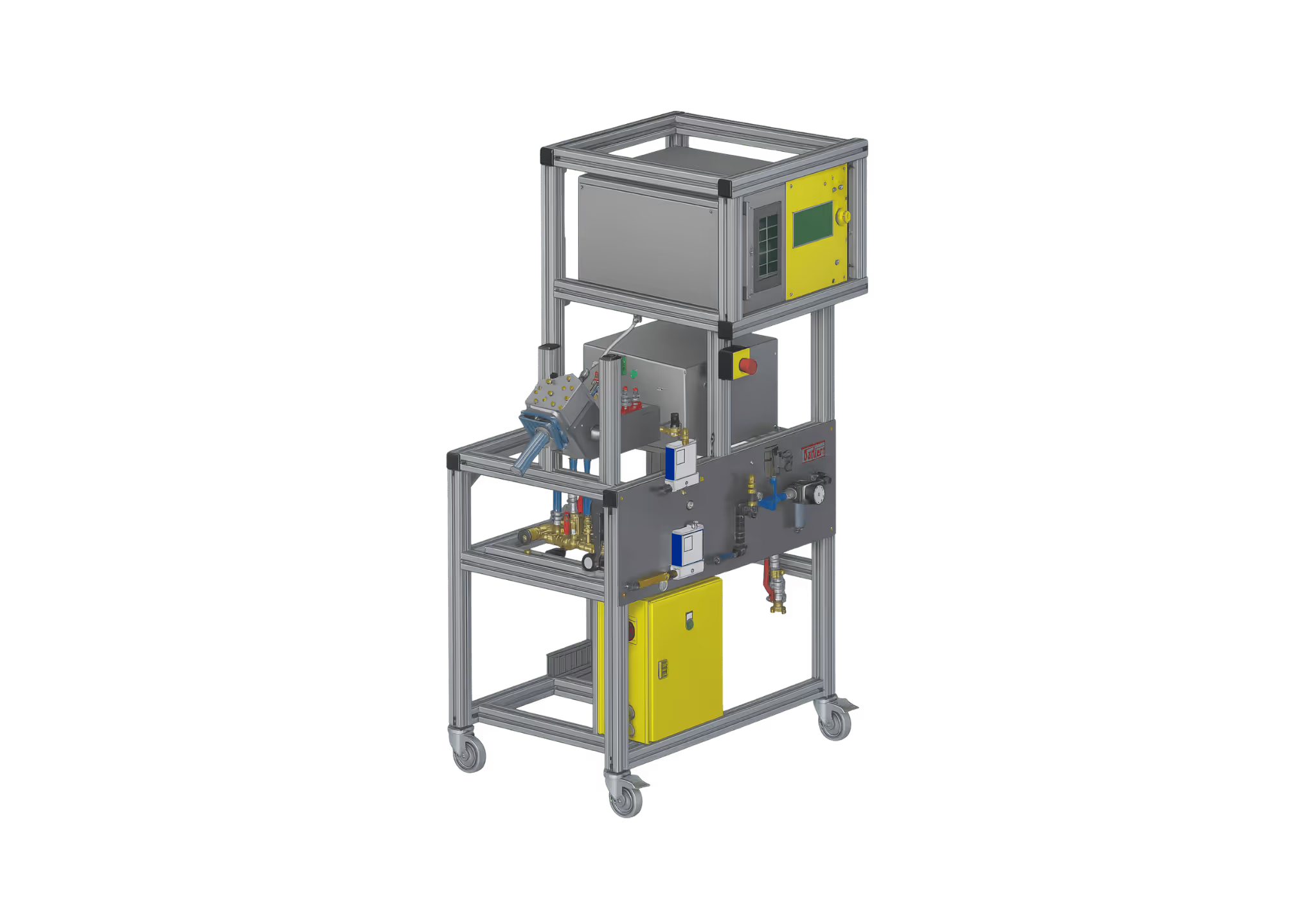
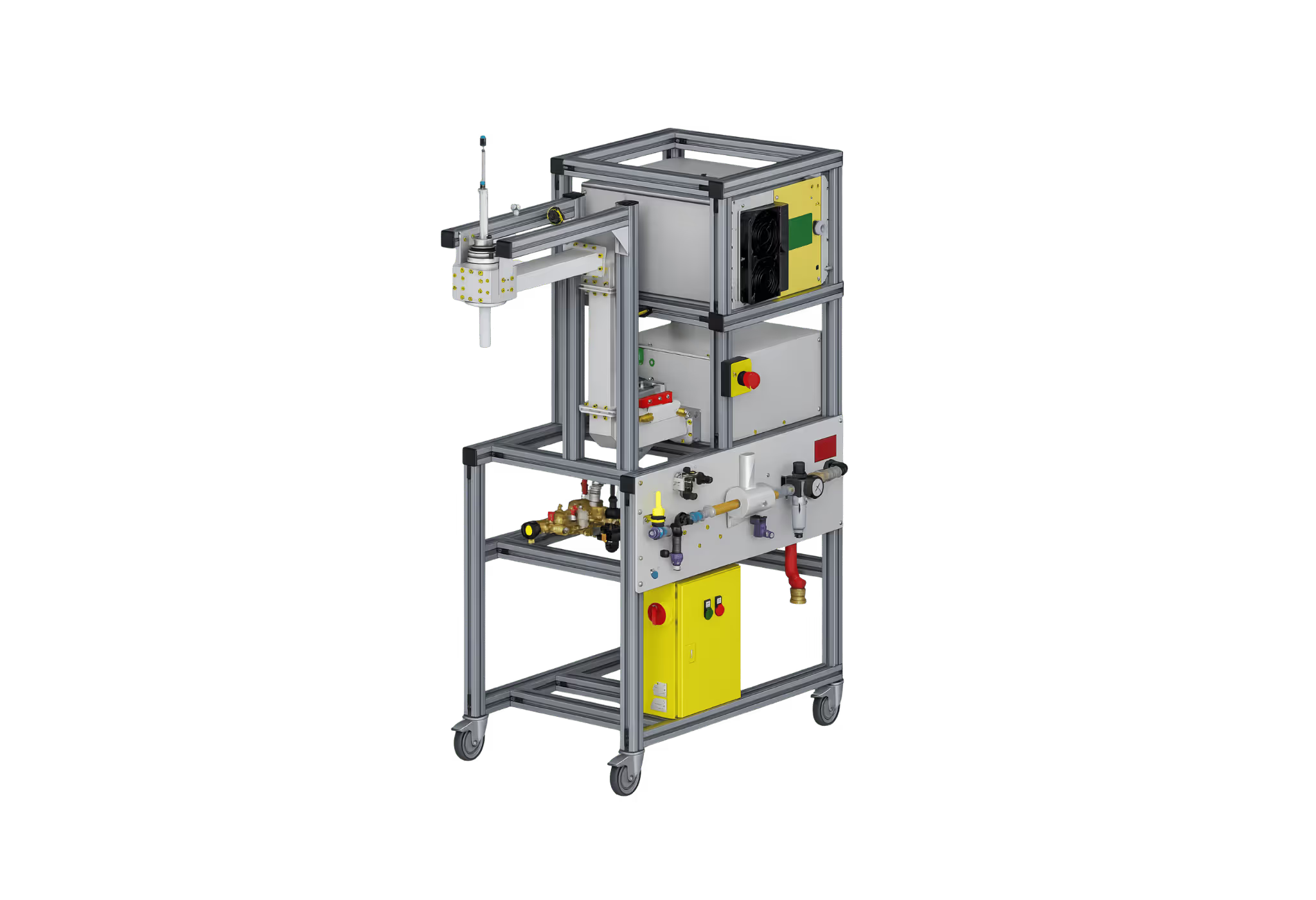
.avif)
.avif)
.avif)




